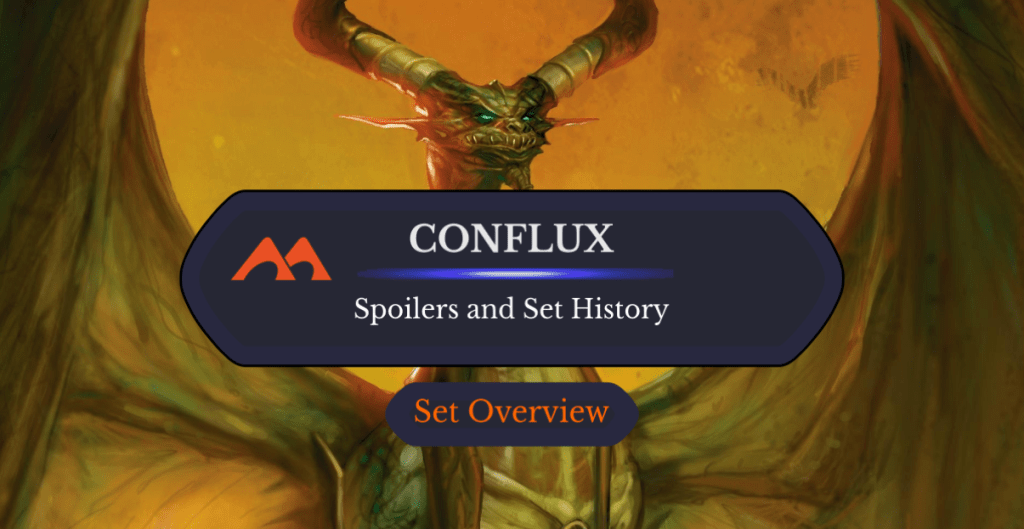
Nicol Bolas, Planeswalker | Illustration by D. Alexander Gregory
Shards of Alara was the MTG set that fleshed out and named the allied 3-color combinations as we know them today: Bant , Esper , Grixis , Jund , and Naya . That's also why these combinations are called “shards” (as opposed to “wedges”, which would be officially named in Khans of Tarkir five years later).
Conflux was the second set in the Alara block and didn't introduce too many novelties as far as keywords and game mechanics go, but it did bring a radical shift in how we collect all types of MTG cards in every set.
Let's find out what Conflux has to offer, and what innovations it brought to Magic!
Conflux Basic Information

Sigil of the Empty Throne | Illustration by Cyril Van Der Haegen
Conflux, the second set in the Shards of Alara block, was released on February 6, 2009. It followed the Shards of Alara set and preceded Alara Reborn.
Conflux was a fairly small set – just 145 cards – but it introduced a radical change in what's arguably the core factor of a collectible game: it changed the rarity distribution.
Since Alpha, Magic had had three rarities: common, uncommon, and rare. Conflux made a change that last to this day by adding a fourth: the mythic rarity.
Conflux: Set Details
| Set Symbol |  |
| Set Code | CON |
| Number of Cards | 145 |
| Rarities | 60 Commons, 40 Uncommons, 35 Rares, 10 Mythic Rares |
| Mechanics | Domain, Landcycling, Exalted, Unearth, Devour |
Conflux: Important Dates
| Event | Date |
|---|---|
| Set Release | February, 2009 |
| Available on Draftsim's Draft Simulator | No |
About the Set
The Story of Conflux
Alara was once a huge, peaceful plane, but in a cataclysm known as The Sundering, the plane was shattered into five different shards: Bant , Esper , Grixis , Jund , and Naya . Each shard evolved into a distinct, different plane, developing its own ecosystems and cultures – each shard had access to three colors of mana and lacked the other two of the five mana colors that make a plane truly whole.
In Conflux's storyline, the boundaries between Alara's five shards begin breaking down (with a little help from one of MTG's archvillains, Nicol Bolas), and natives from each reality clash against each other as Alara's five shards reunite and merge.
Conflux Mechanics
Conflux continued most of the mechanics seen in Shards of Alara, with two minor innovations: An already existing mechanic, domain, was coded as an ability word, and the set introduced cycling for basic lands.
Domain
Domain is an ability word that cares about the number of different basic land types you have, but each domain card does something different. Exploding Borders, for example, deals damage based on how many different basic land types you control (if you control only swamps, it deals 1 damage, but does 5 if you control one land of each basic type), while Worldly Counsel lets you look at more cards from the top of your library the more different basic land types you control.
As a mechanic, domain was introduced in the Invasion set and made a return in Planeshift and Apocalypse and wasn't ability-worded until Conflux, where it shows up on ten cards.
- Aven Trailblazer
- Drag Down
- Exploding Borders
- Manaforce Mace
- Matca Rioters
- Might of Alara
- Spore Burst
- Voices from the Void
- Wandering Goblins
- Worldly Counsel
Domain isn’t too common a mechanic and returned in force in Dominaria United, making quite a splash in the current Standard format where 4- and 5-color Domain Ramp decks are quite powerful.
Basic Landcycling
Cycling is an activated ability that works while the card with cycling is in your hand; it allows you to discard the card with cycling and replace it with a new card. Cycling was introduced in Urza's Saga and re-used in many later sets, including Conflux as seen in Constricting Tendrils or Molten Frame.
Conflux did introduce a twist: a version of cycling that only allows you to cycle basic lands. There's one Conflux card per color with basic landcycling.
Although not super common, basic landcycling has returned here and there in later sets, as seen in Topiary Panther from Murders at Karlov Manor or Lunar Hatchling from Doctor Who.
Exalted
Your creatures with exalted get +1/+1 whenever they attack alone. It's Bant's staple mechanic throughout the Alara block, and Noble Hierarch is the most well-known exalted creature in Conflux, although most likely for its mana-dorkness rather than the exalted keyword.
Colored Artifacts
Artifacts (including a lot of artifact creatures) with colored casting costs are an Esper specialty in the Alara block, and Conflux showcases 20 of them, including the likes of Master Transmuter, Inkwell Leviathan, and Ethersworn Adjudicator.
Unearth
Unearth lets you reanimate one of your dead creatures and toss it back into the battlefield straight from your graveyard, and it slaps haste on it… but you'll have to exile it at the beginning of the next end step. It's like flashback, but for creatures instead of instant or sorceries.
The Alara block has 21 creatures with unearth, six of them showing up in Conflux; the mechanic later made an extensive return in Warhammer 40K Commander and The Brothers' War.
- Brackwater Elemental
- Extractor Demon
- Grixis Slavedriver
- Hellspark Elemental
- Rotting Rats
- Shambling Remains
Devour
Jund's staple keyword is devour N: a pretty straightforward (if ruthless…) static ability that lets you sacrifice any number of creatures whenever your permanent with devour enters the battlefield, and you get N +1/+1 counters on said permanent based on the number of sacrificed creatures.
Although fairly flavorful, devour didn't prove too popular and hasn't been seen outside of the Alara block. Gluttonous Slime, Hellkite Hatchling, and Voracious Dragon are its three Conflux representatives.
5-Power Matters
Back with Mercadian Masques, Magic designers learned the harsh way that players tend to equate “mechanics” with “keywords” and that a mechanic that isn’t keyworded usually comes across as not really a mechanic. As Mark Rosewater later wrote, “I was very confused. Mercadian Masques had rebels, spellshapers, and brought back cards with alternate casting costs. But because none of the mechanics were keyworded, many players didn’t count them as mechanics.”
That's also why mechanics that can't be strictly codified into keywords (like domain) are instead written as ability words: to make sure players recognize it as a “real” mechanic.
Despite this harsh lesson, WotC seems to have made the same mistake with Naya's signature mechanic: the Naya shard takes a “Go big or go home” attitude and cares about you having creatures with 5+ power, as seen with Beacon Behemoth, Paleoloth, or Vagrant Plowbeasts but the lack of a specific keyword was a turn off for many players.
Conflux Card Gallery
White
- Aerie Mystics
- Asha's Favor
- Aven Squire
- Aven Trailblazer
- Celestial Purge
- Court Homunculus
- Darklit Gargoyle
- Gleam of Resistance
- Lapse of Certainty
- Mark of Asylum
- Martial Coup
- Mirror-Sigil Sergeant
- Nacatl Hunt-Pride
- Paragon of the Amesha
- Path to Exile
- Rhox Meditant
- Scepter of Dominance
- Sigil of the Empty Throne
- Valiant Guard
- Wall of Reverence
Blue
- Brackwater Elemental
- Constricting Tendrils
- Controlled Instincts
- Cumber Stone
- Esperzoa
- Ethersworn Adjudicator
- Faerie Mechanist
- Frontline Sage
- Grixis Illusionist
- Inkwell Leviathan
- Master Transmuter
- Parasitic Strix
- Scepter of Insight
- Scornful Aether-Lich
- Telemin Performance
- Traumatic Visions
- Unsummon
- View from Above
- Worldly Counsel
Black
- Absorb Vis
- Corrupted Roots
- Drag Down
- Dreadwing
- Extractor Demon
- Fleshformer
- Grixis Slavedriver
- Infectious Horror
- Kederekt Parasite
- Nyxathid
- Pestilent Kathari
- Rotting Rats
- Salvage Slasher
- Scepter of Fugue
- Sedraxis Alchemist
- Voices from the Void
- Wretched Banquet
- Yoke of the Damned
Red
- Banefire
- Bloodhall Ooze
- Canyon Minotaur
- Dark Temper
- Dragonsoul Knight
- Fiery Fall
- Goblin Razerunners
- Hellspark Elemental
- Ignite Disorder
- Kranioceros
- Maniacal Rage
- Molten Frame
- Quenchable Fire
- Rakka Mar
- Toxic Iguanar
- Viashino Slaughtermaster
- Volcanic Fallout
- Voracious Dragon
- Wandering Goblins
- Worldheart Phoenix
Green
- Beacon Behemoth
- Cliffrunner Behemoth
- Cylian Sunsinger
- Ember Weaver
- Filigree Fracture
- Gluttonous Slime
- Matca Rioters
- Might of Alara
- Nacatl Savage
- Noble Hierarch
- Paleoloth
- Sacellum Archers
- Scattershot Archer
- Shard Convergence
- Soul's Majesty
- Spore Burst
- Sylvan Bounty
- Thornling
- Tukatongue Thallid
- Wild Leotau
Multicolor
- Apocalypse Hydra
- Blood Tyrant
- Charnelhoard Wurm
- Child of Alara
- Conflux
- Countersquall
- Elder Mastery
- Esper Cormorants
- Exploding Borders
- Fusion Elemental
- Giltspire Avenger
- Goblin Outlander
- Gwafa Hazid, Profiteer
- Hellkite Hatchling
- Jhessian Balmgiver
- Knight of the Reliquary
- Knotvine Mystic
- Maelstrom Archangel
- Magister Sphinx
- Malfegor
- Meglonoth
- Nacatl Outlander
- Nicol Bolas, Planeswalker
- Progenitus
- Rhox Bodyguard
- Scarland Thrinax
- Shambling Remains
- Skyward Eye Prophets
- Sludge Strider
- Sphinx Summoner
- Suicidal Charge
- Vagrant Plowbeasts
- Valeron Outlander
- Vectis Agents
- Vedalken Outlander
- Zombie Outlander
Colorless
Lands
Notable Cards
The First Mythics
Conflux may have been a bit of a low-key set when it comes to game-related mechanics, but this is where mythics were born!
Here are the 10 mythic rares that started it all, including arch-bad-guy Nicol Bolas:
- Apocalypse Hydra
- Child of Alara
- Conflux
- Ethersworn Adjudicator
- Maelstrom Archangel
- Malfegor
- Mirror-Sigil Sergeant
- Nicol Bolas, Planeswalker
- Progenitus
- Thornling
Exotic Orchard
Conflux may feature the very first 10 mythics in Magic's history, but it was a humble rare land that has become the set's most popular card by several miles: Exotic Orchard. Immensely popular in Commander, it's both one of the best colorless lands (since it's a colorless card it fits literally any deck) and one of the best 5-color lands (since it can produce mana from any of your foes' colors), providing superb fixing pretty much everywhere outside mono-color decks.
Reliquary Tower
The second most popular Conflux card is another colorless land: Reliquary Tower. One of the best utility lands and hands down the best infinite hand size card out there, it has seen a gazillion reprints and features in bucketloads of EDH decks.
Path to Exile
Path to Exile is like Sword to Plowshares at home, but it's still pretty common to find decks running both white instants across formats where both are legal, a testament to Path to Exile being one of the best removal spells in the game.
Knight of the Reliquary
Despite its name, Knight of the Reliquary has no mechanical relationship with Reliquary Tower. But this hasn't stopped the knight from becoming quite common in Legacy.
Kederekt Parasite
While Exotic Orchard or Path to Exile have seen a gazillion reprints, this horror has been reprinted in exactly zero other sets outside of its induction in The List. Such scarcity, coupled with Kederekt Parasite being a house in cEDH under the banner of Ob Nixilis, Captive Kingpin, makes it the most expensive card from Conflux.
Noble Hierarch
Unlike the above parasite, Noble Hierarch has been reprinted to death, but as a multi-format staple that sees play in Legacy, Modern, and Commander it's another of the most expensive cards from Conflux, hovering at about $10.
As noted, it's also one of the most popular exalted creatures – but its success is all in it being an amazing mana dork.
Progenitus
There are only six cards in all MTG with a “protection from everything” clause. Progenitus is the only creature with such protection from the get-go, and the first card with this clause to see print.
It goes without saying that it's a very sticky threat to remove. And, despite a mana cost that may make you think this can only see play in rather casual Timmy/Tammy decks, Progenitus sees plenty of Legacy play.
Countersquall
Fairly common in Commander and sometimes seen in Modern, Countersquall is a counterspell with a bit of a burning twist: spells that can't be countered (like Dovin's Veto, or creatures cast with mana from Cavern of Souls) can still be targeted by Countersquall. The targeted spell won't actually be countered… but its controller still loses life.
Available Products
Conflux was sold in 16-card boosters – it's a set from simpler times, before Draft, Set, Collector, or Play boosters.
Still, for all its simplicity, Conflux introduced a massive change: It's the first MTG set with mythic rares.
Conflux also has five “intro packs” (to ease new players into MTG) and a “fat pack“. The intro packs, one for each shard, are:
Bant on the March
Esper Air Assault
Grixis Shambling Army
Jund Appetite for War
Naya Domain
I wasn't able to find Conflux booster packs on either Amazon or TCGPlayer, so if you're after Conflux cards I guess your best bet would be to buy or trade singles, either from online stores or with other players.
Wrap Up
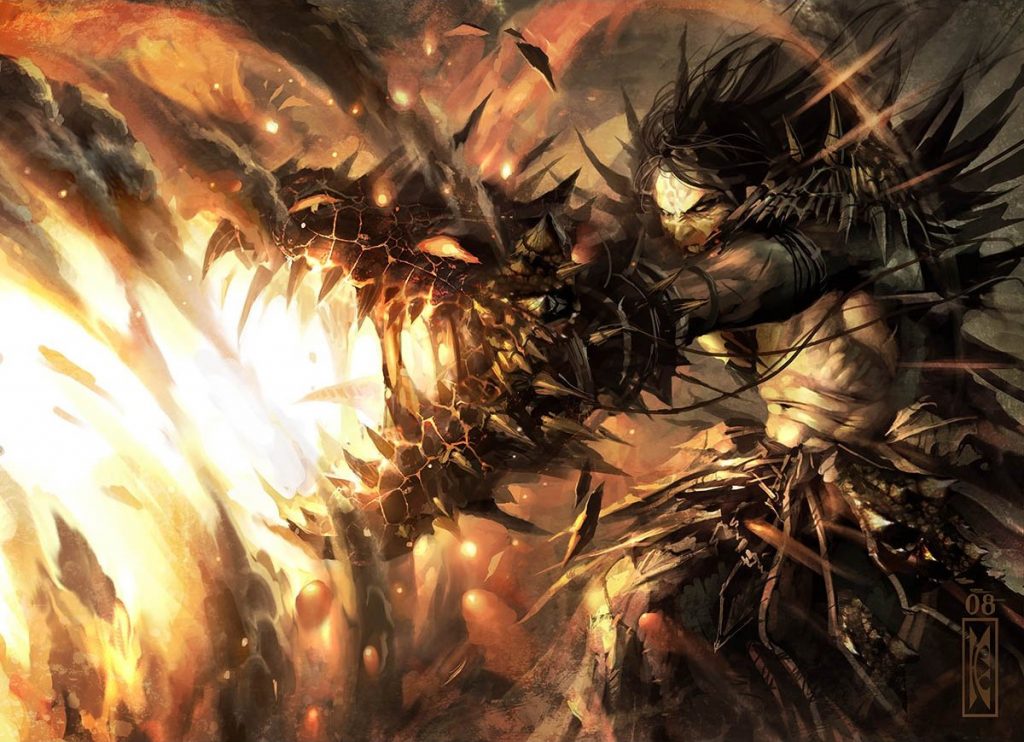
Banefire | Illustration by Raymond Swanland
And that would be the most salient feature about Conflux: a fairly small set, that stuck to its block's gameplay mechanics without introducing any radical novelty as far as gameplay is concerned… but brought a tectonic shift to Magic's collectability by introducing the fourth rarity in MTG cards: the mythic rare.
I hope you've enjoyed this Conflux overview, and if you have comments or suggestions on which sets, new or old, you'd like us to tackle next, do stop by for a chat at the Draftsim Discord.
Good luck out there!
Note: this post contains affiliate links. If you use these links to make a purchase, you’ll help Draftsim continue to provide awesome free articles and apps.
Follow Draftsim for awesome articles and set updates: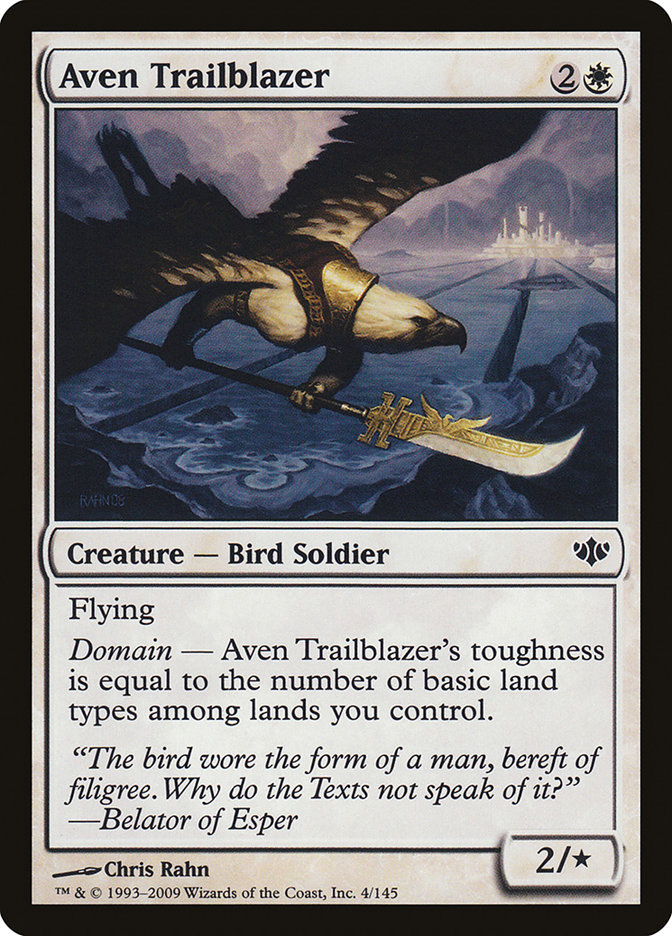
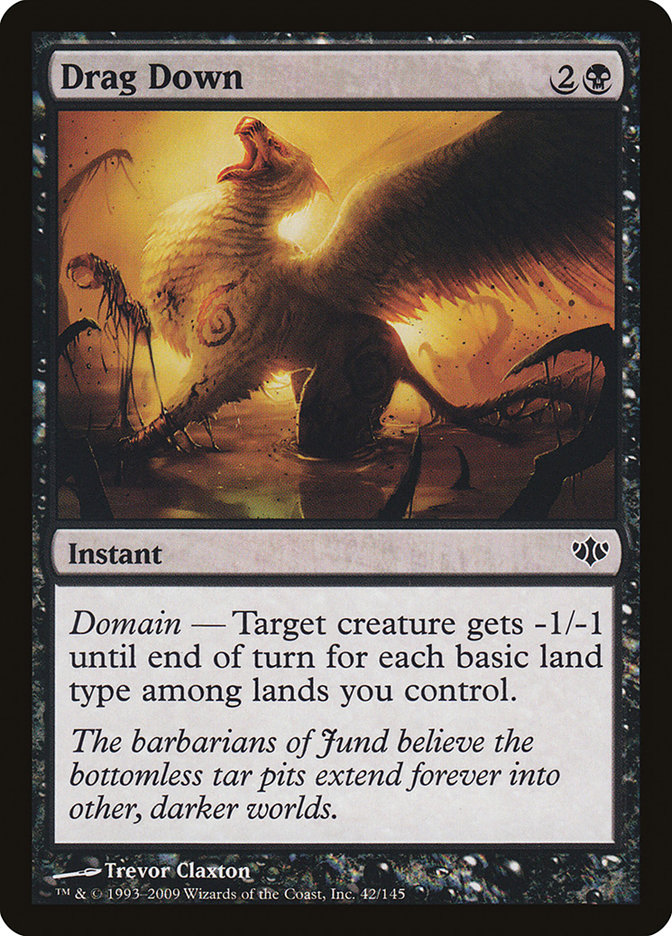

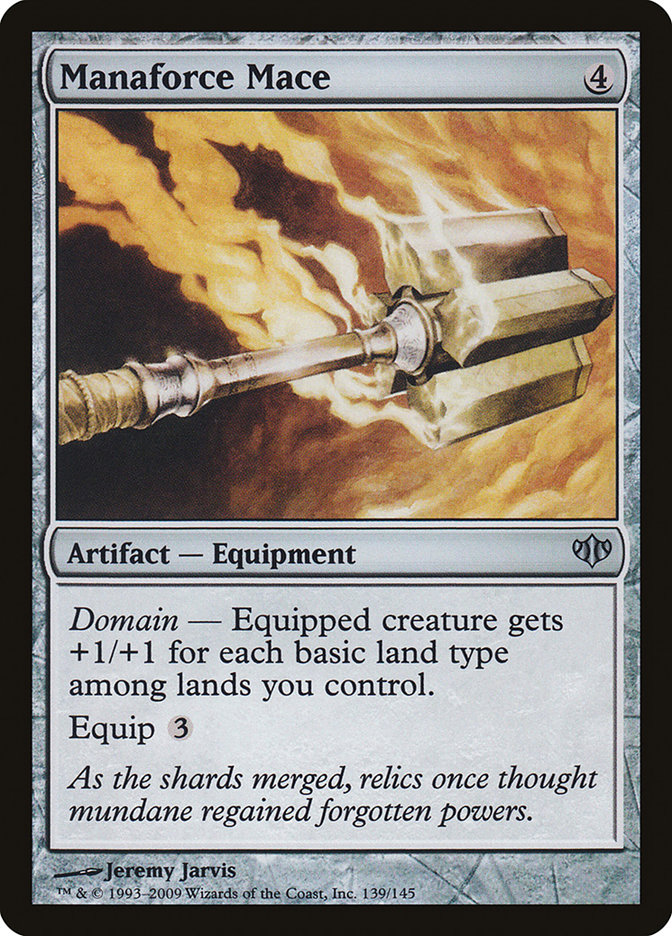
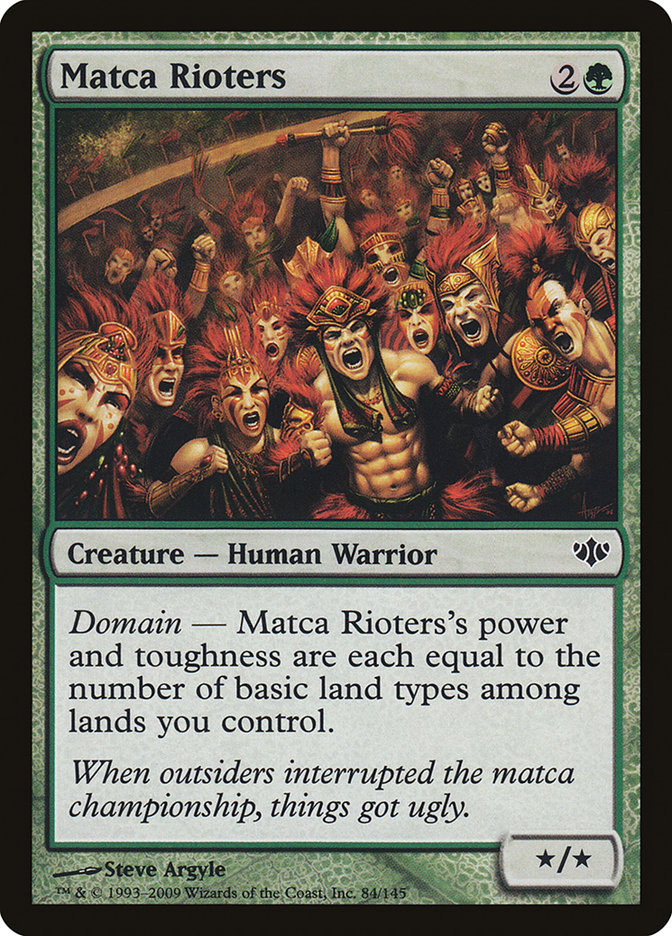
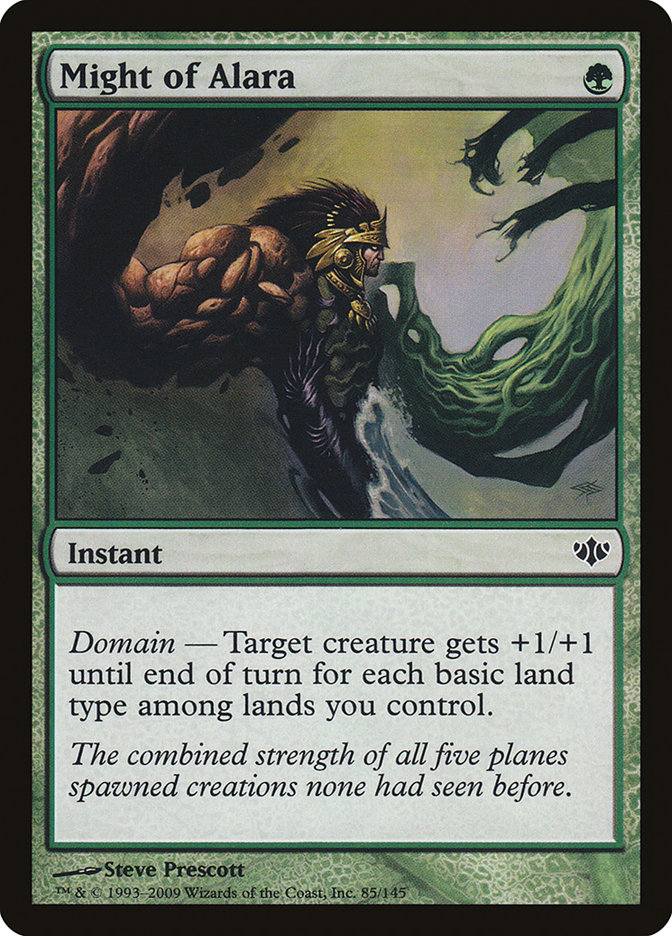
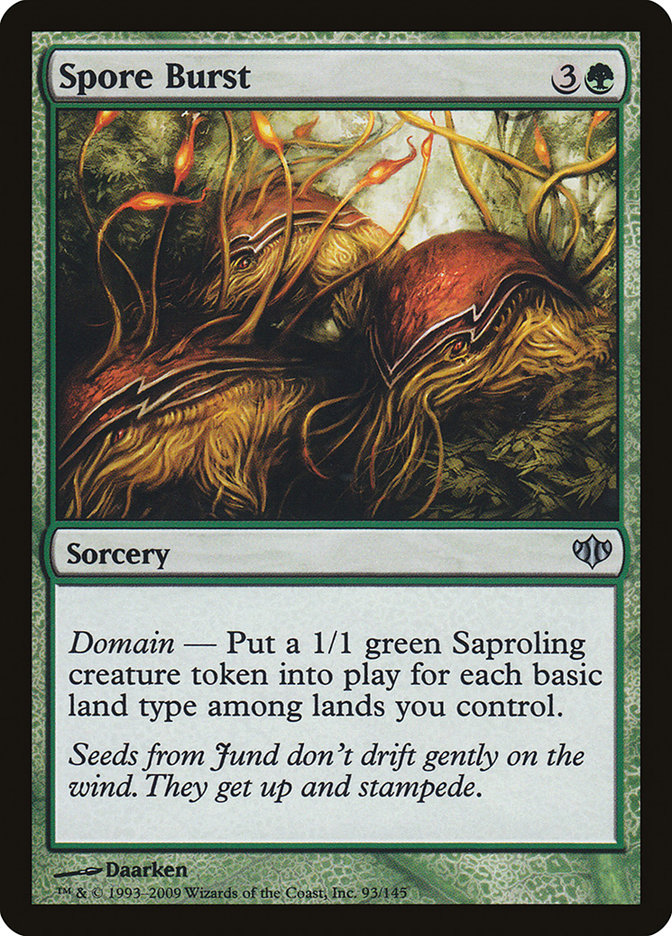
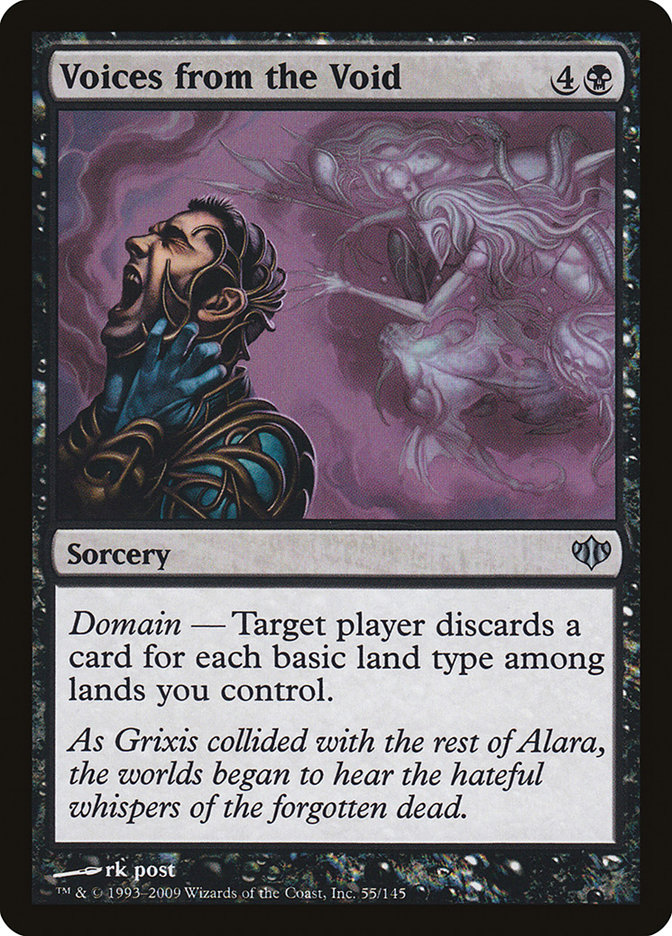
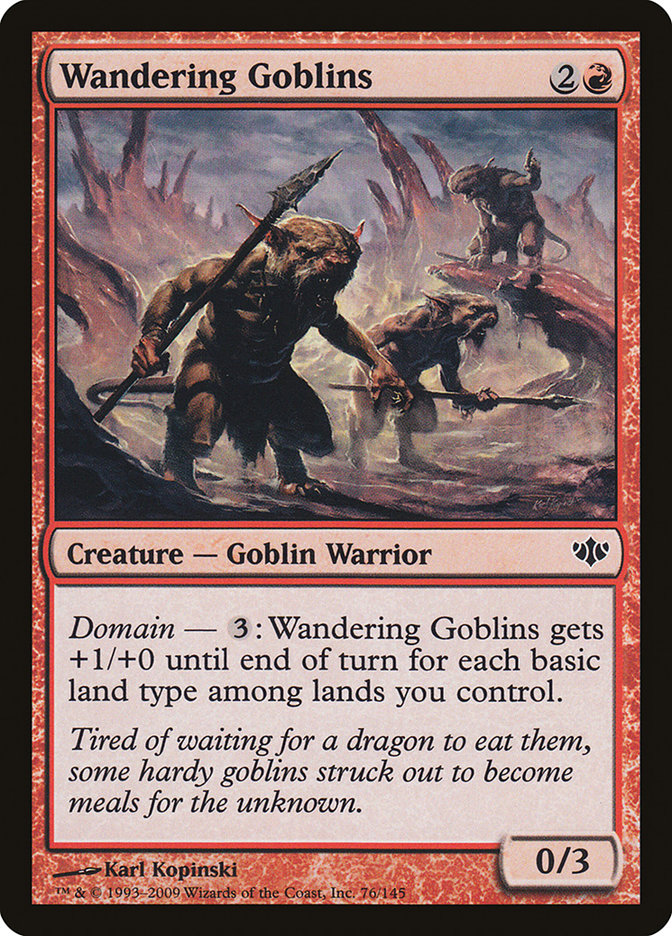
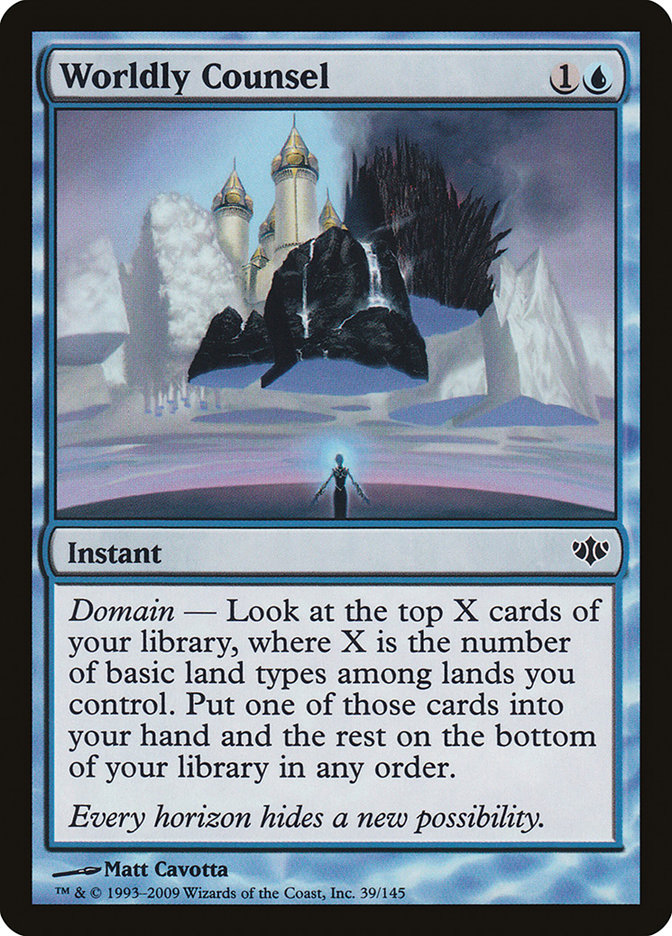
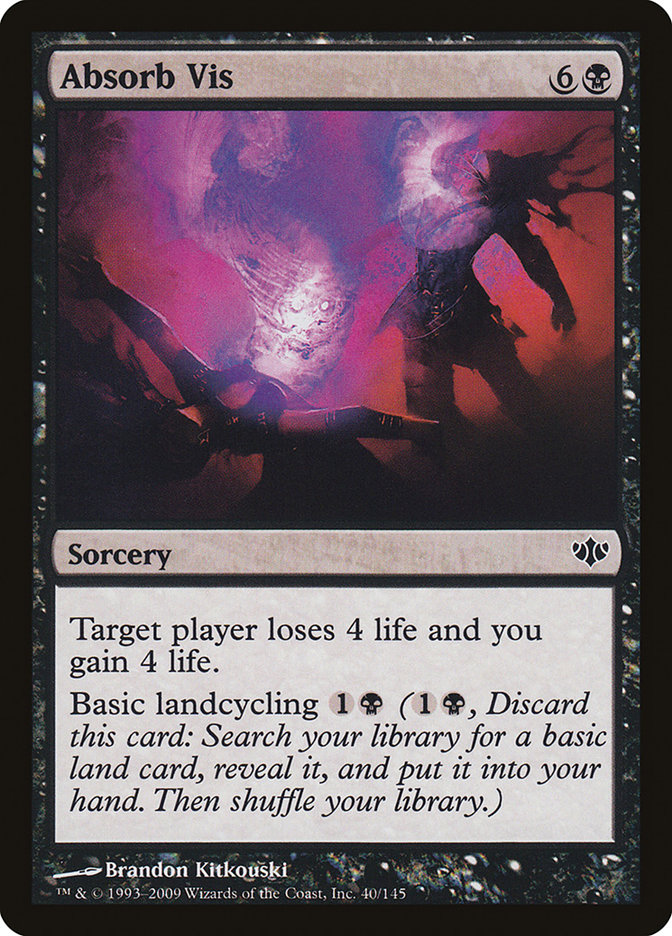
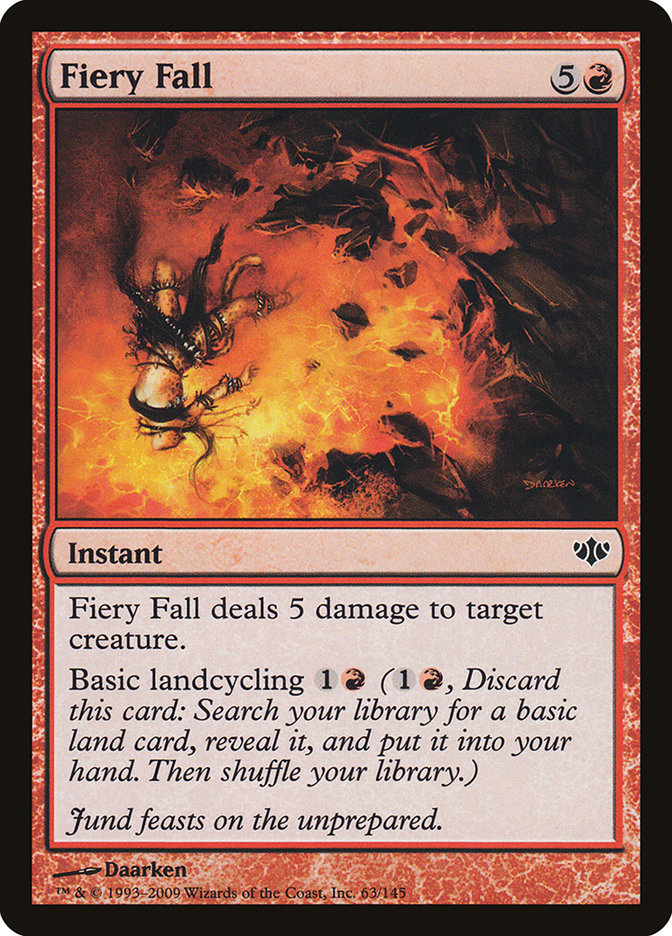
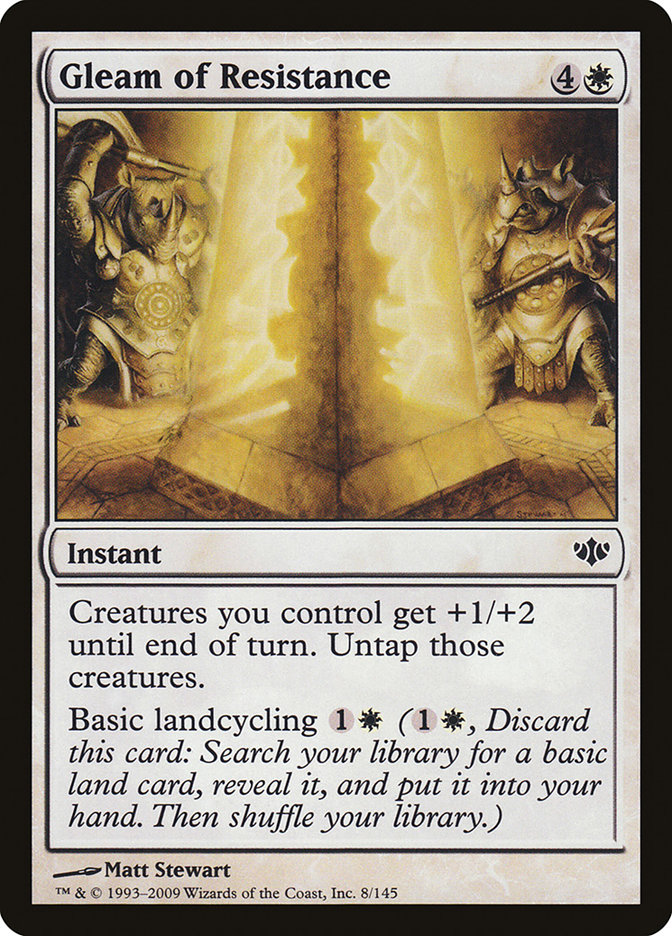
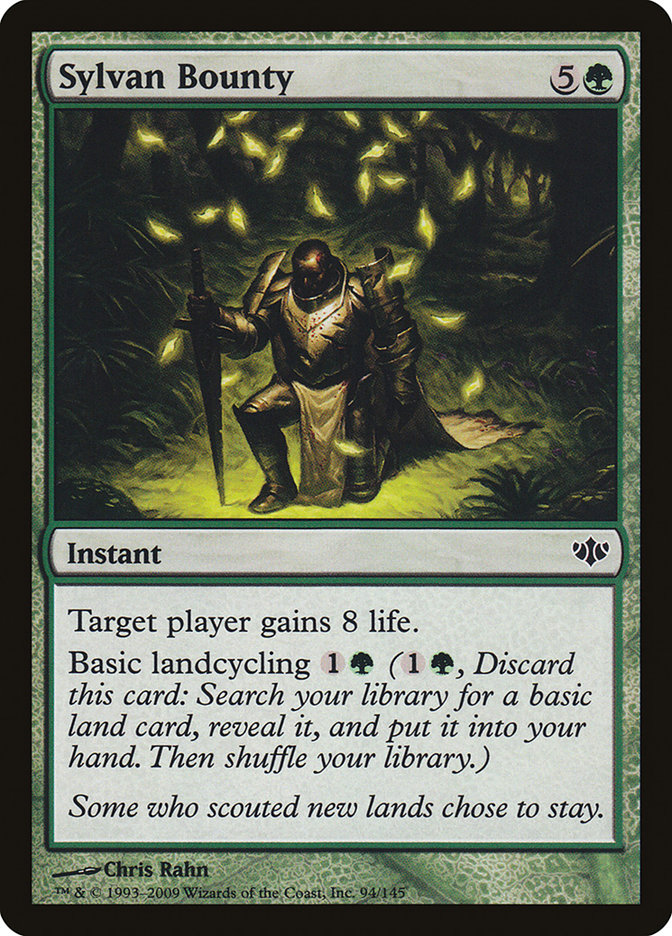
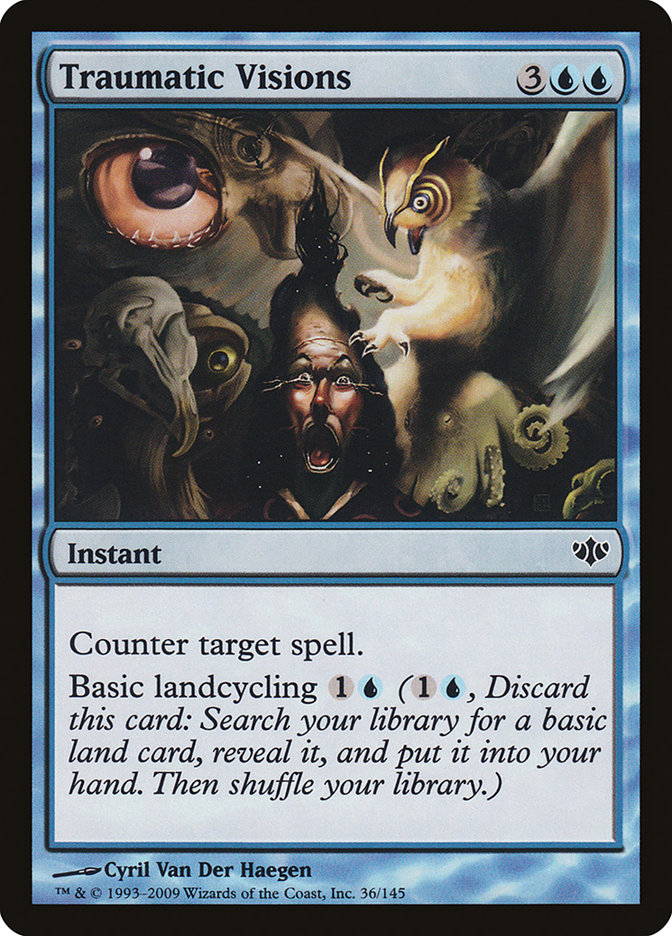
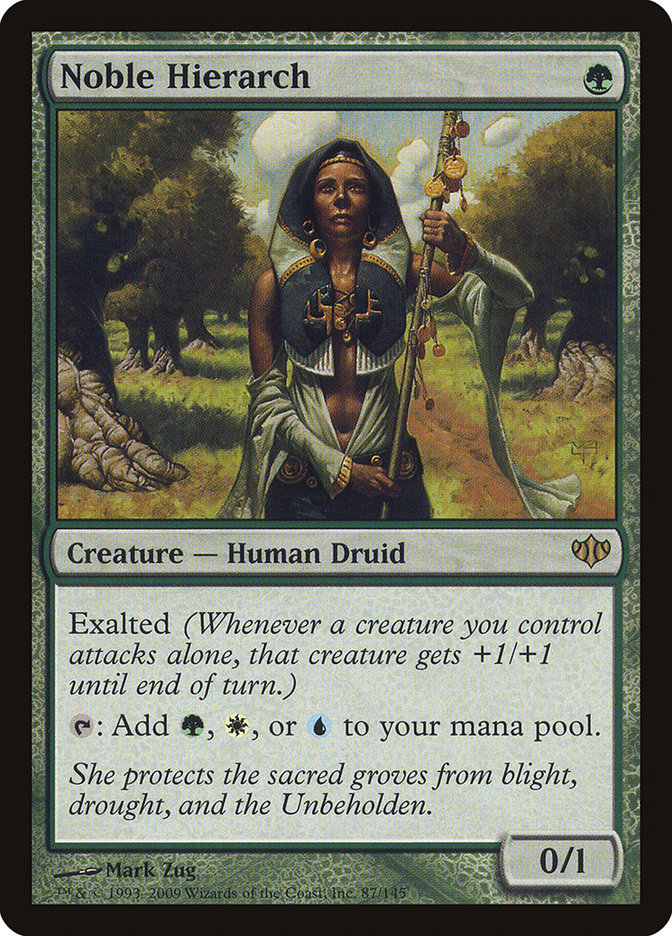
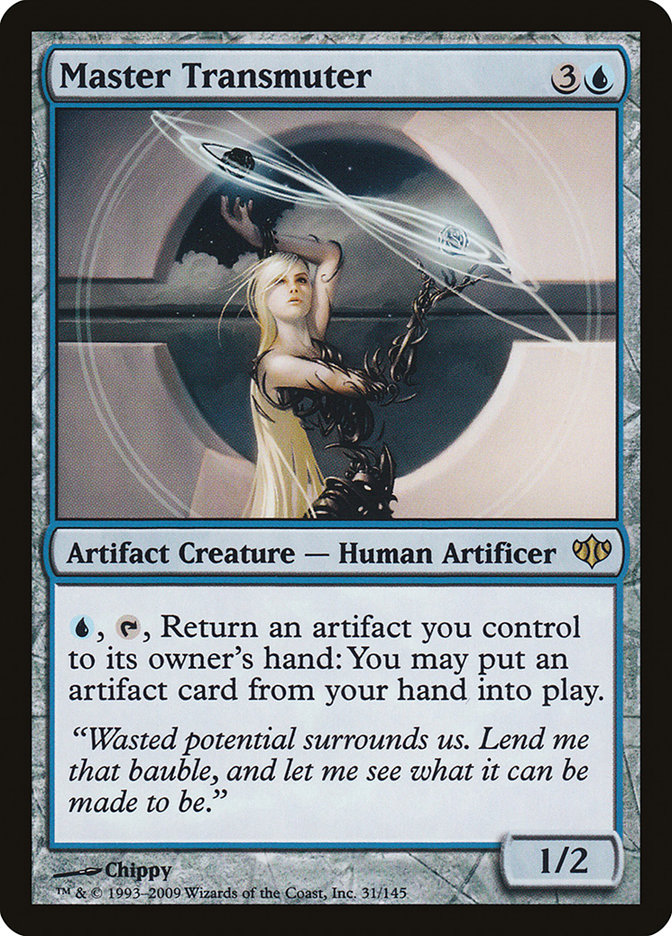
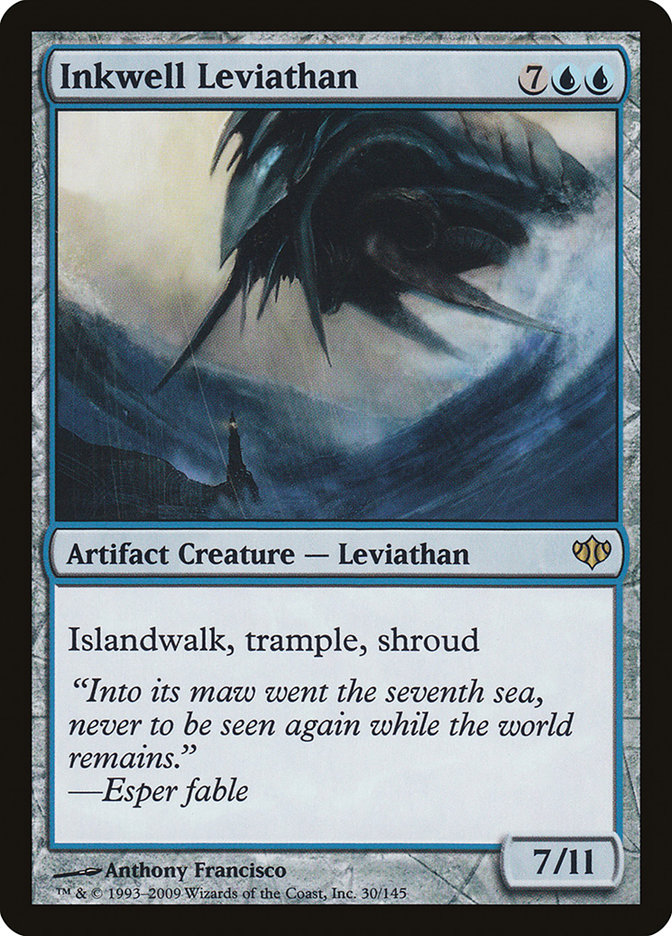
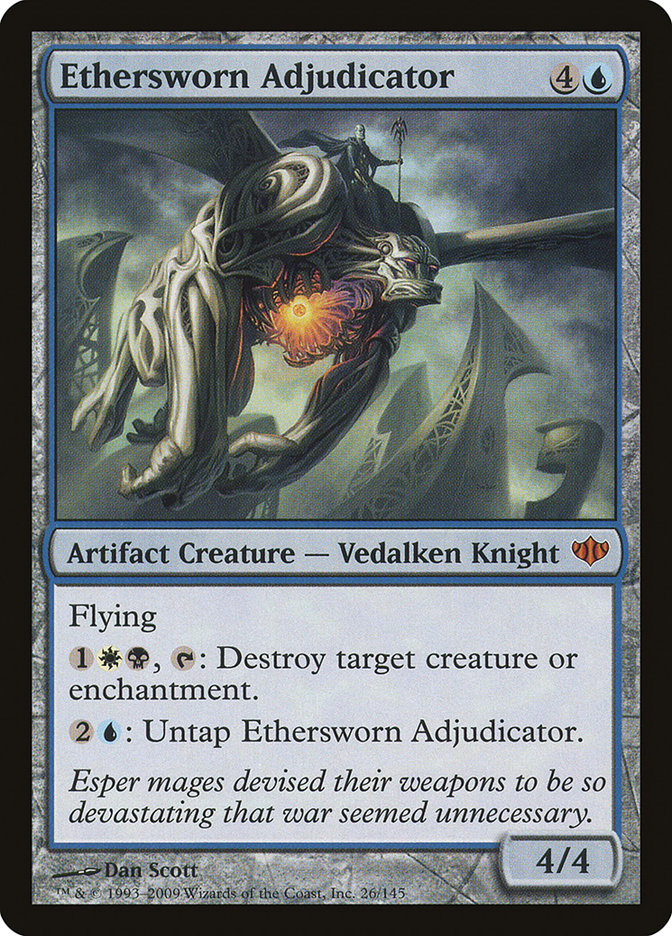
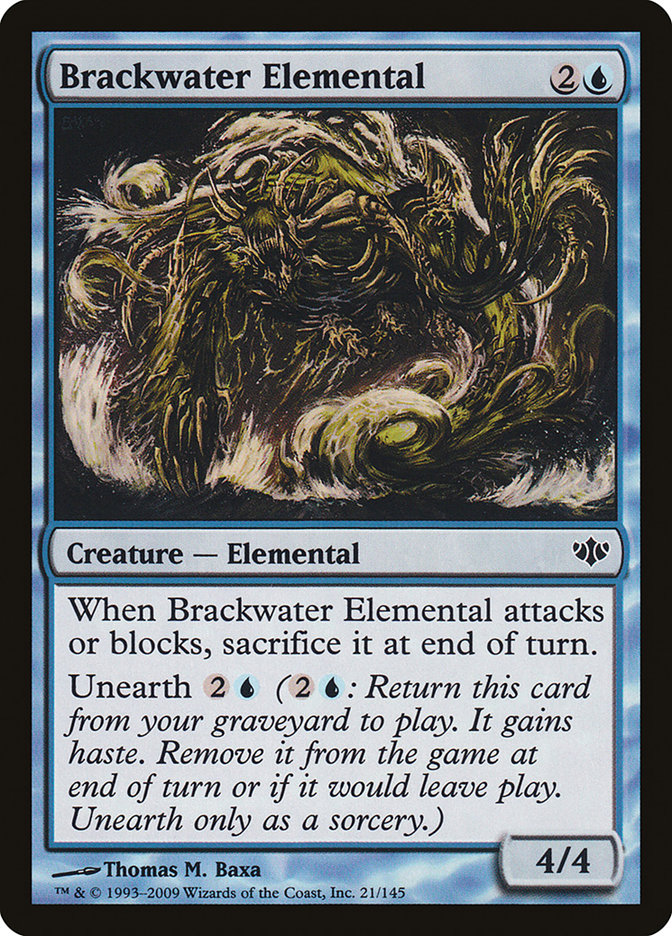
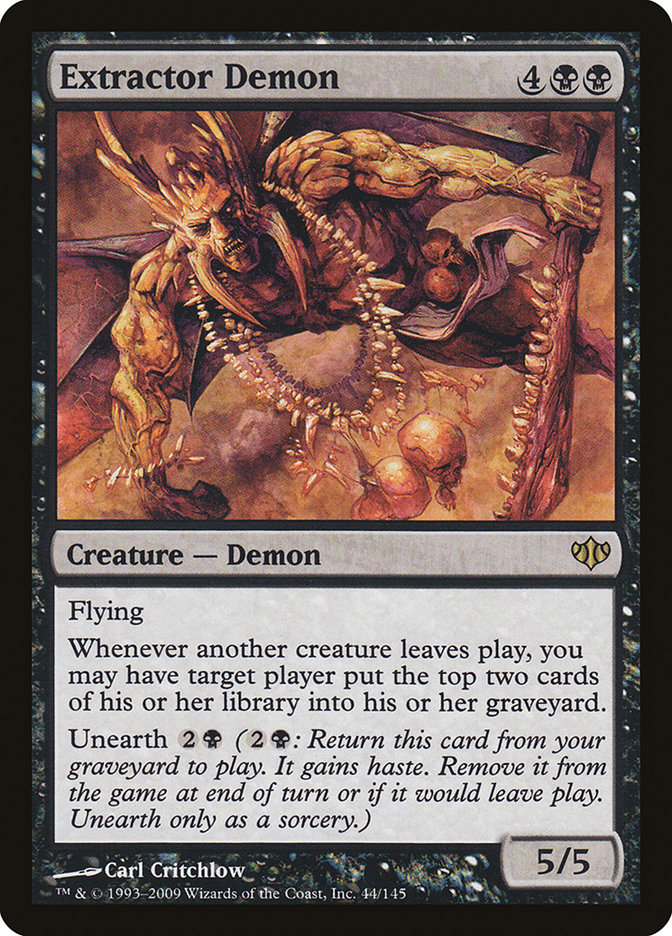
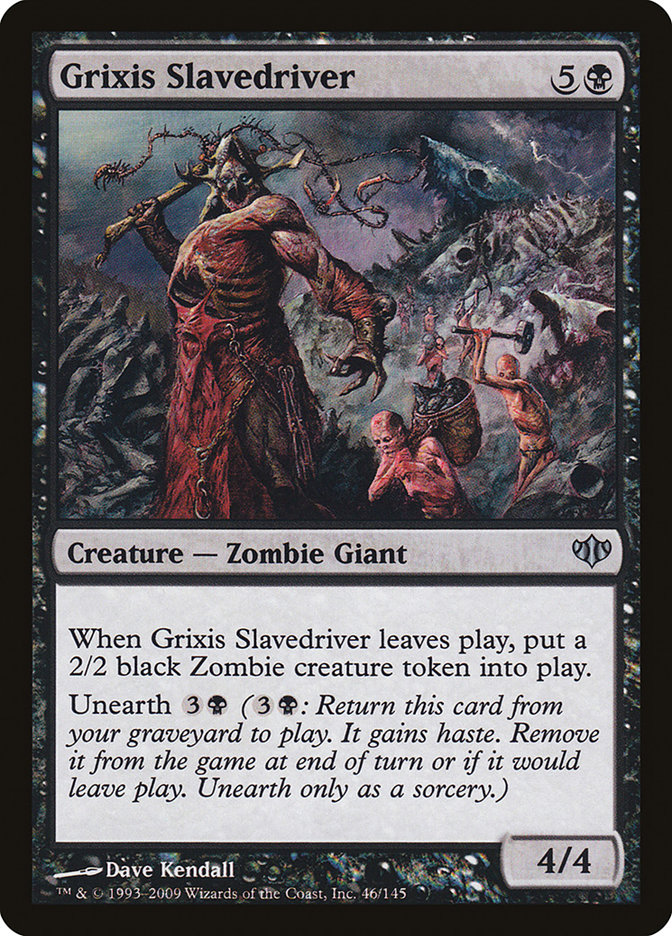
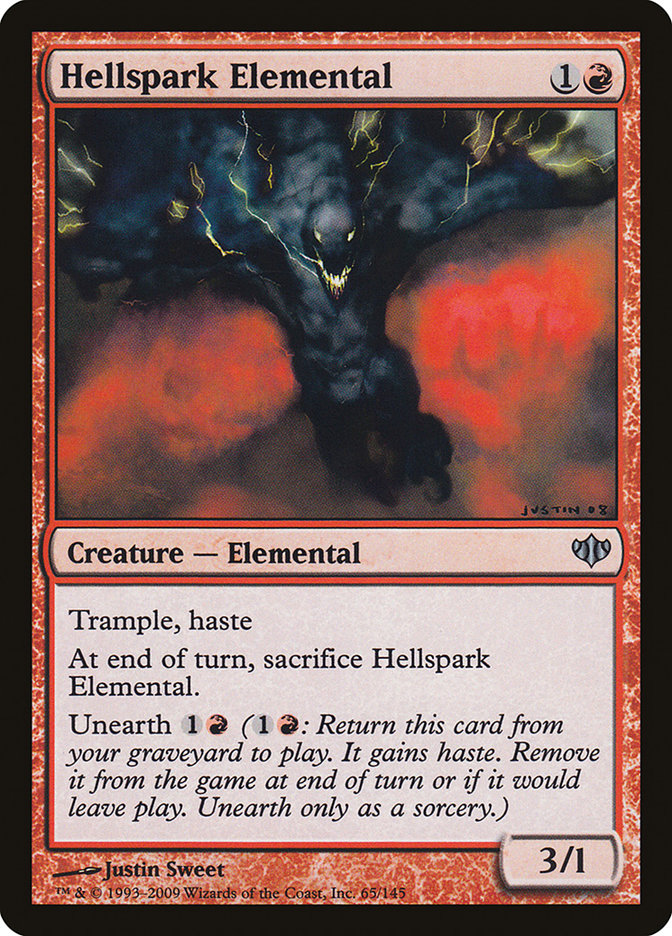
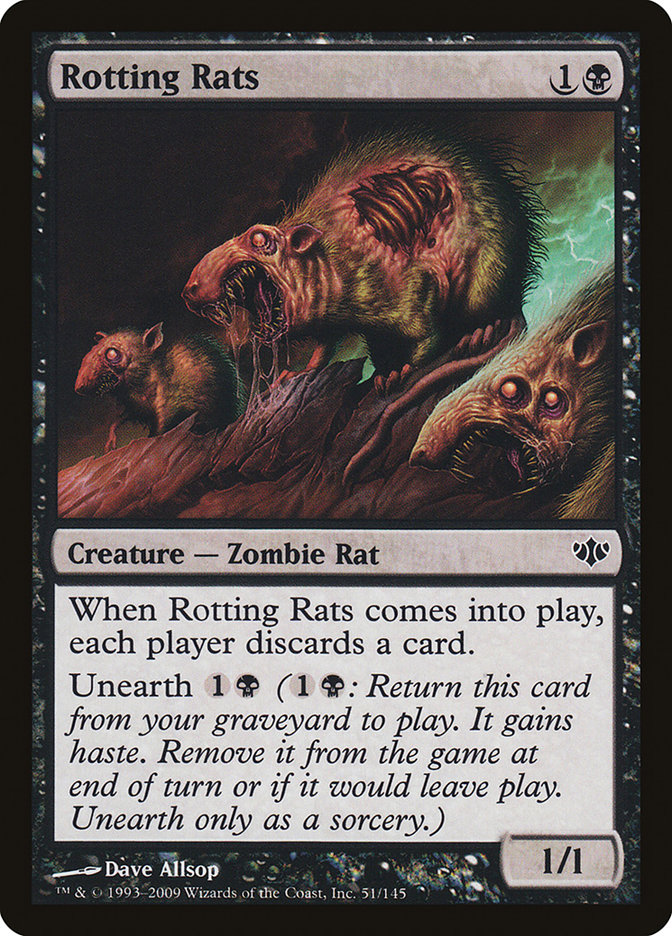
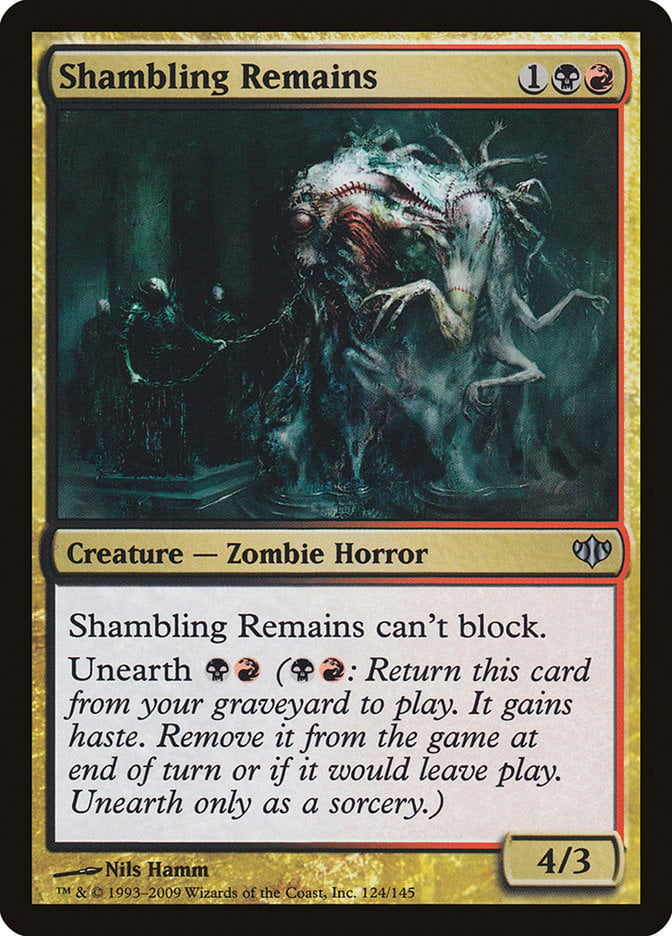
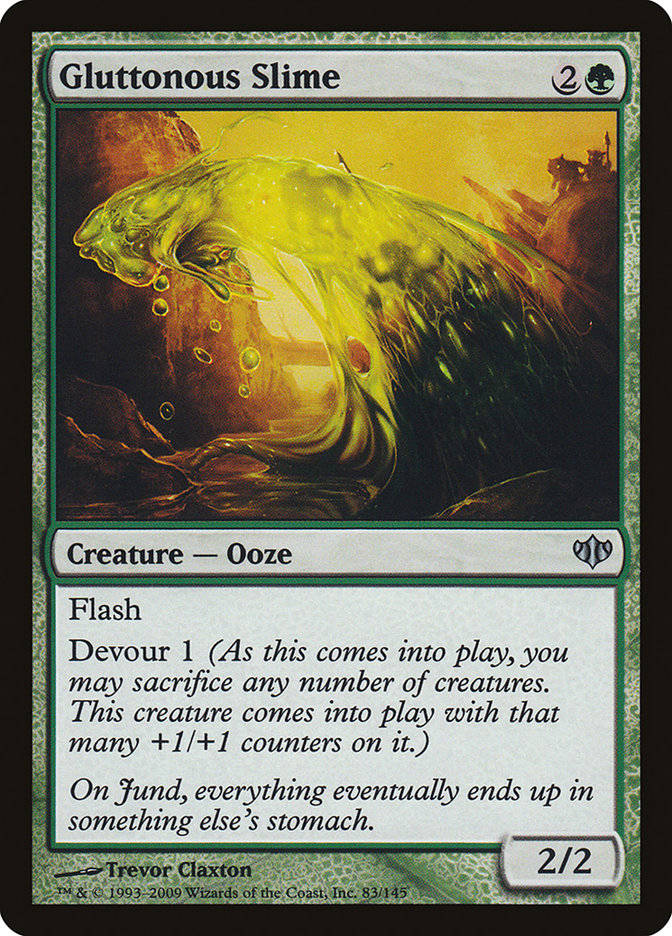
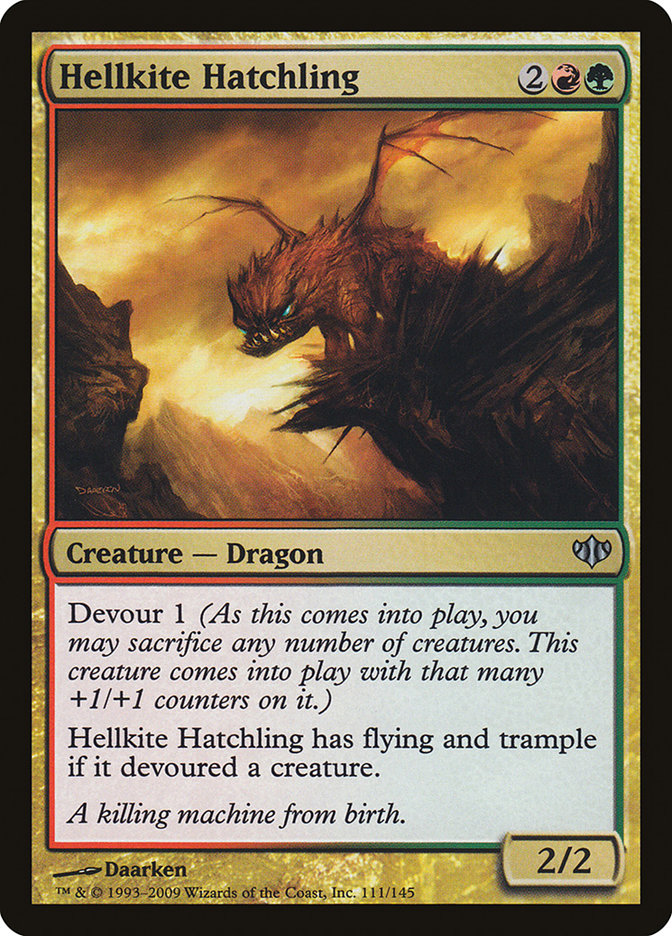


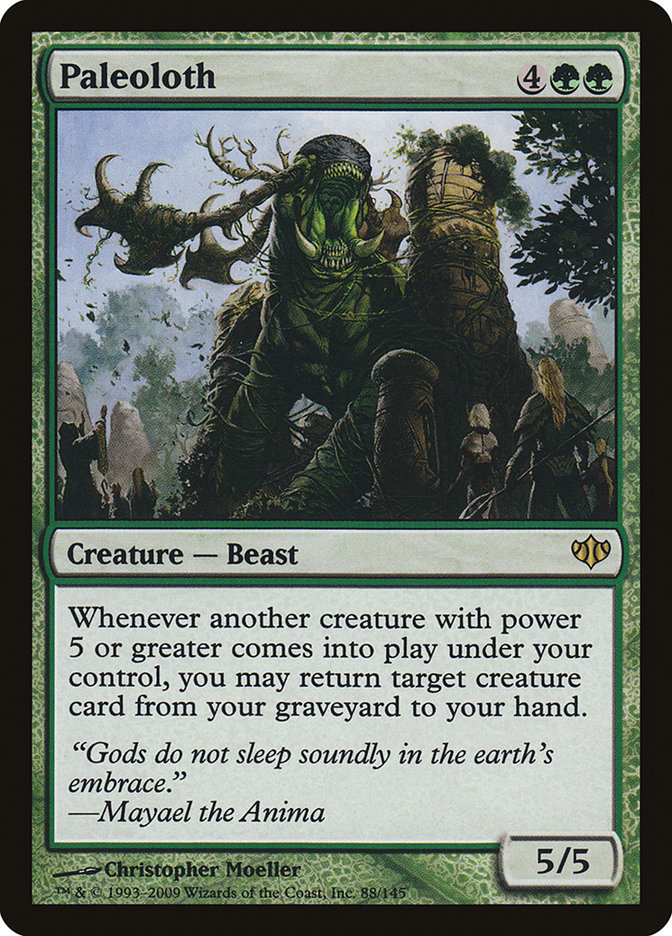
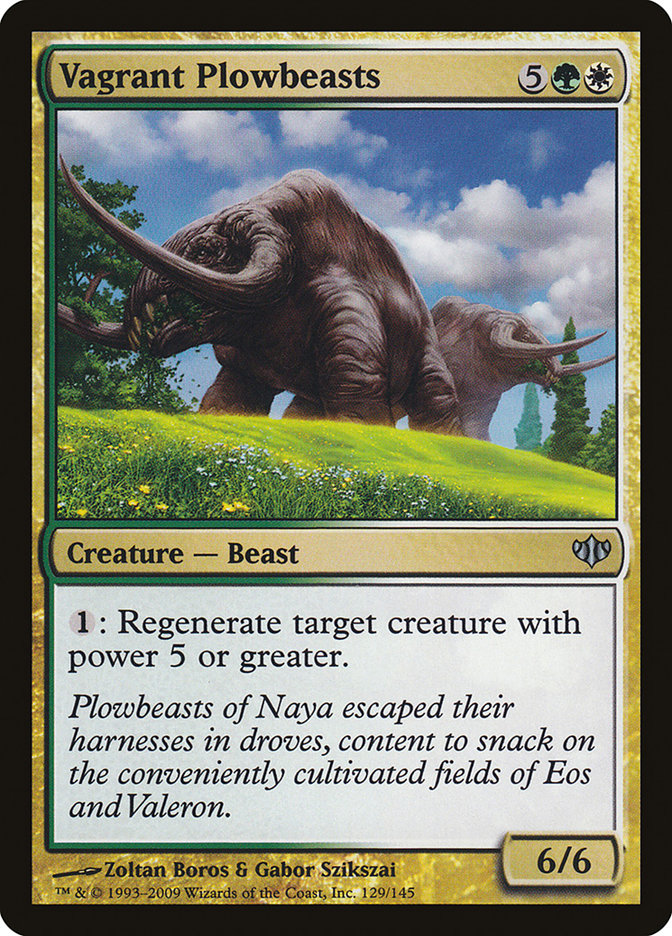

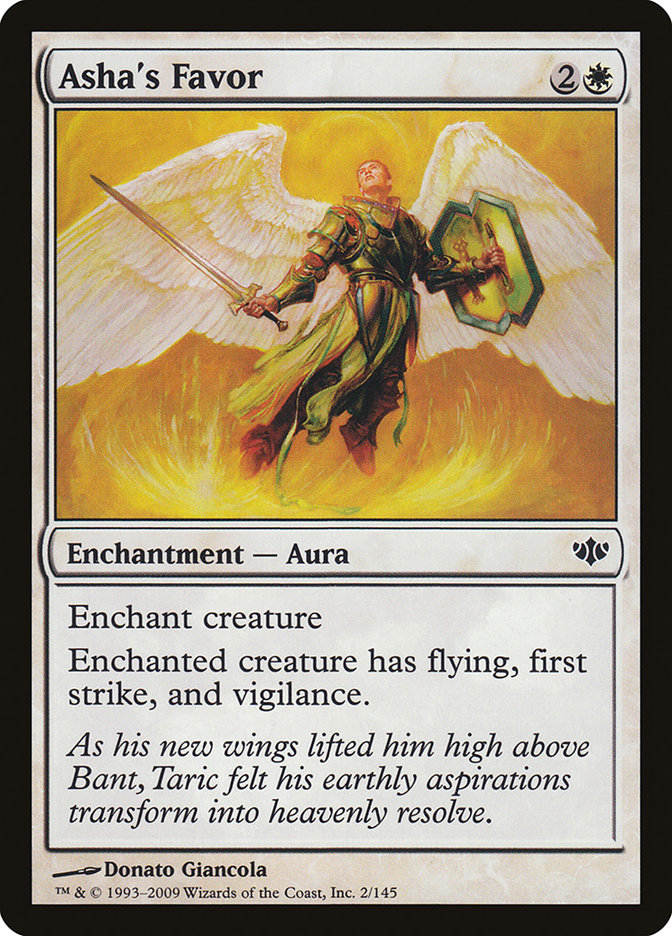
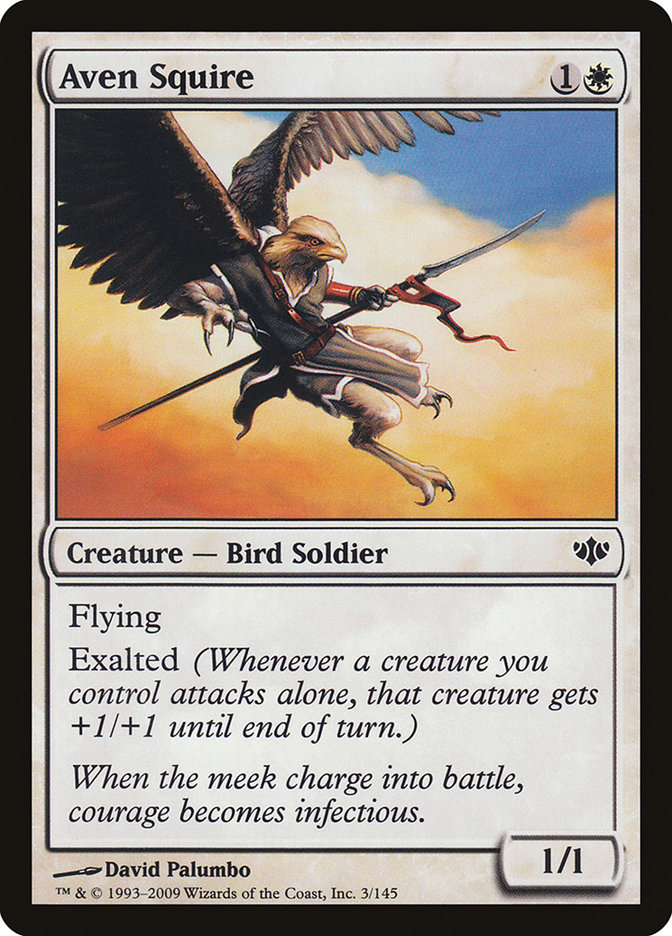
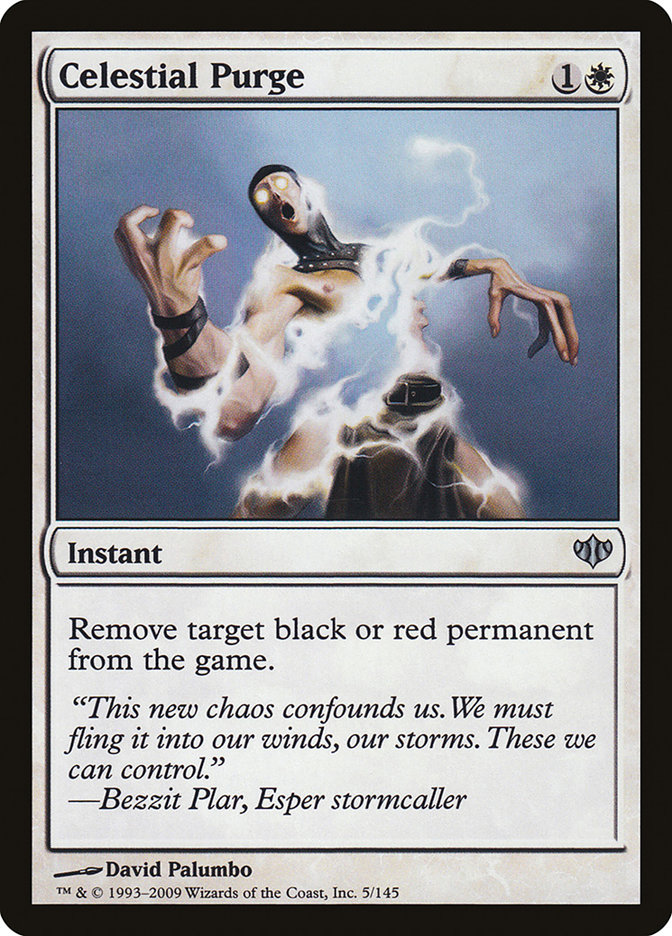
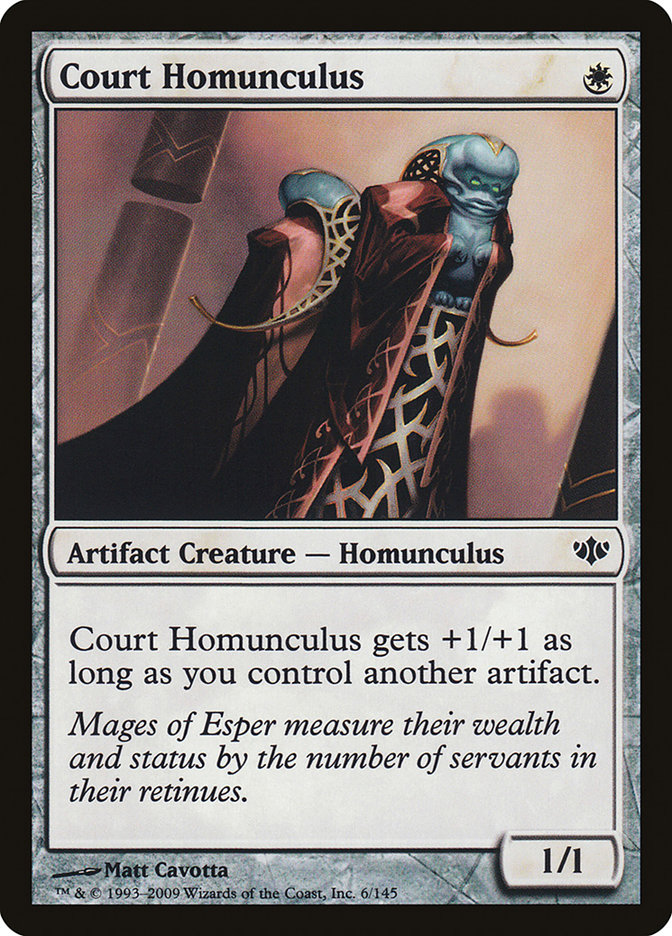
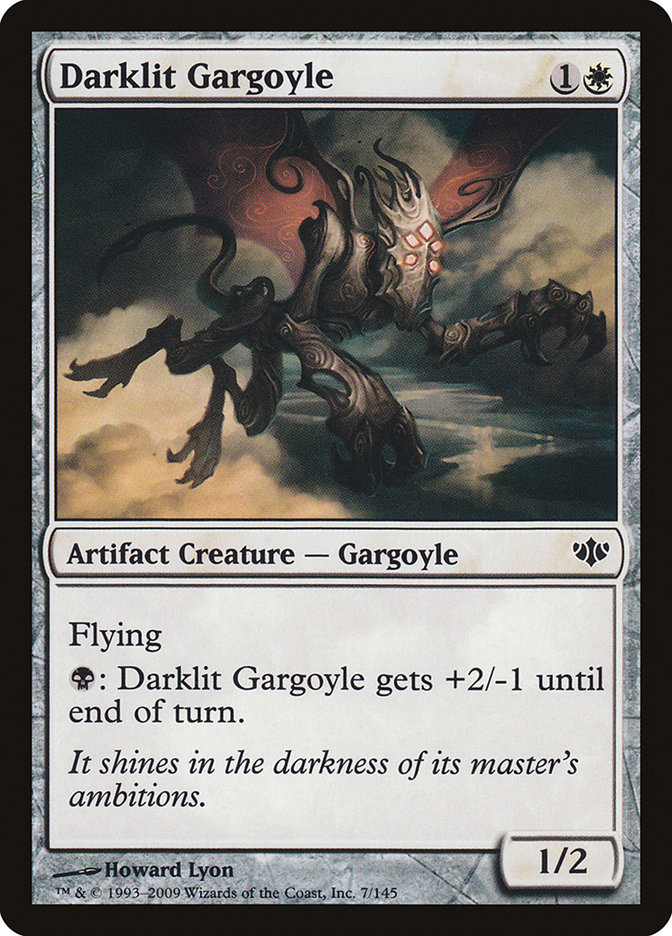
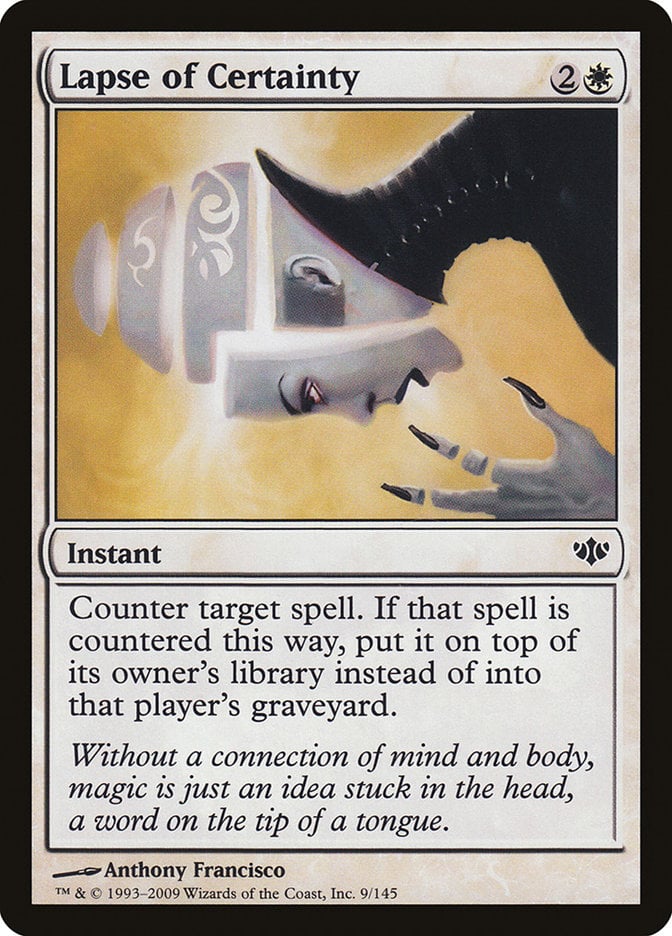
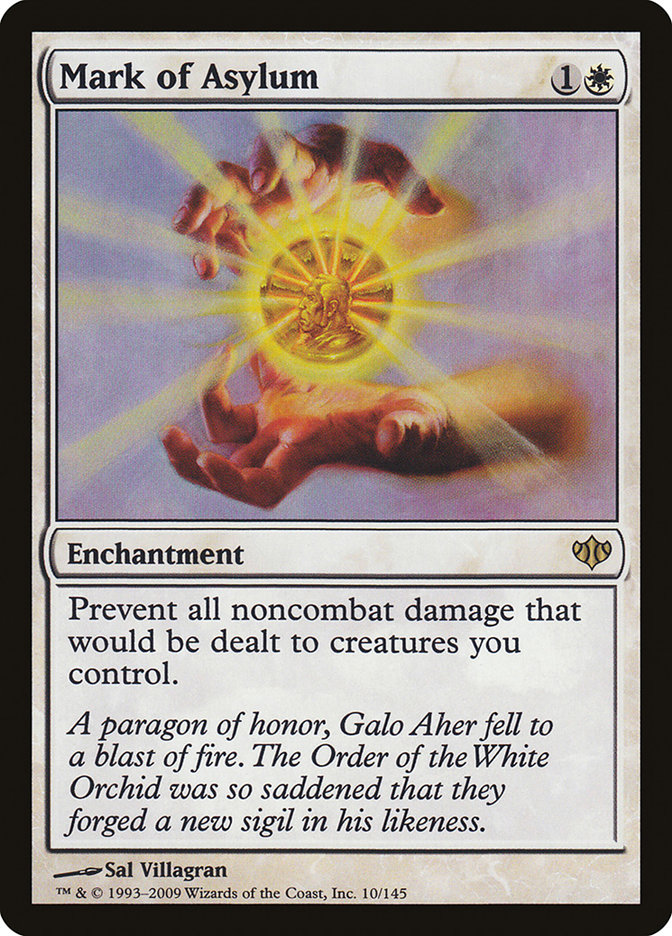
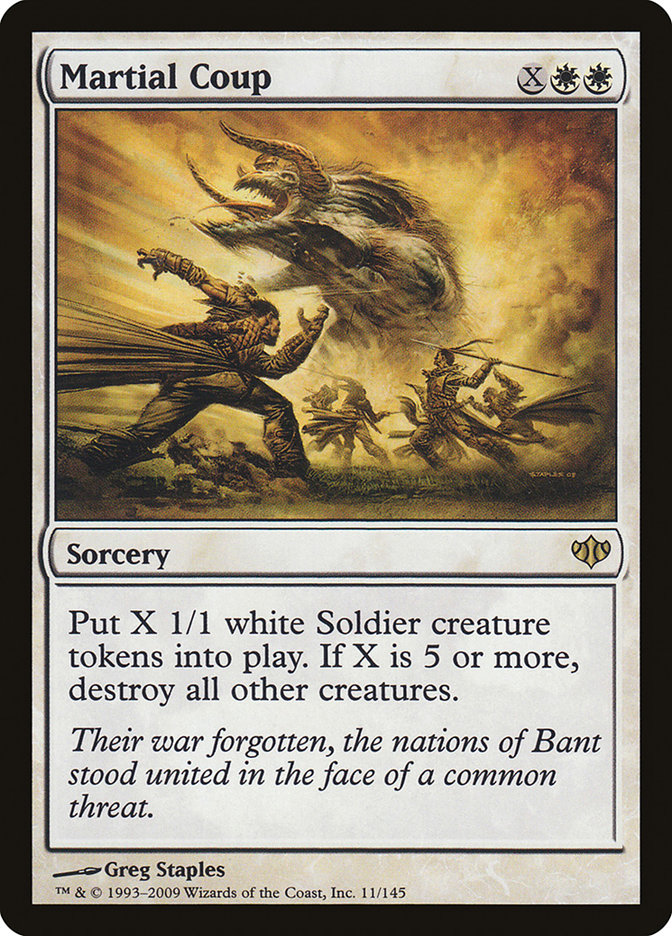
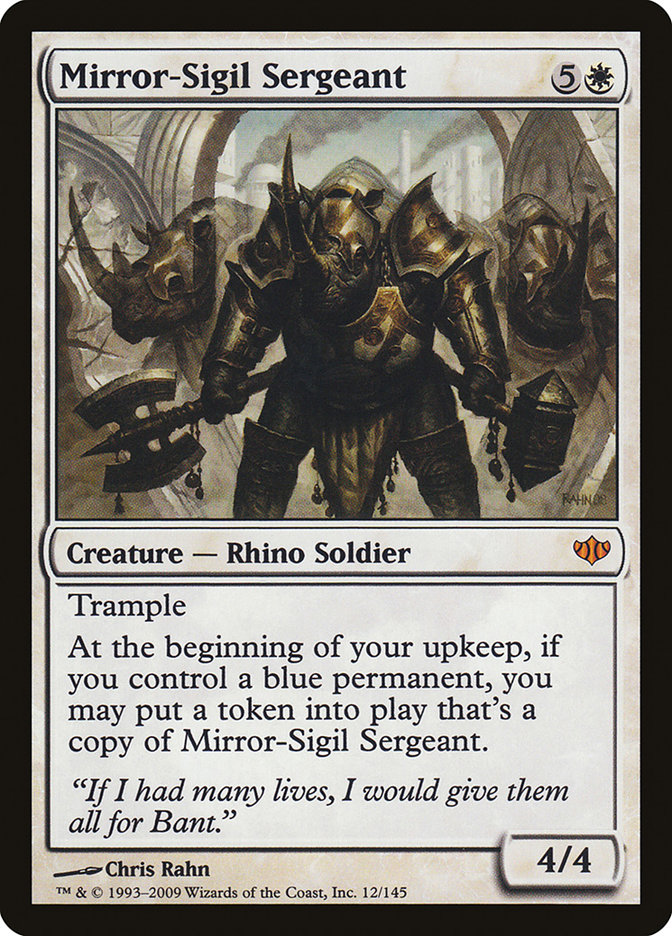


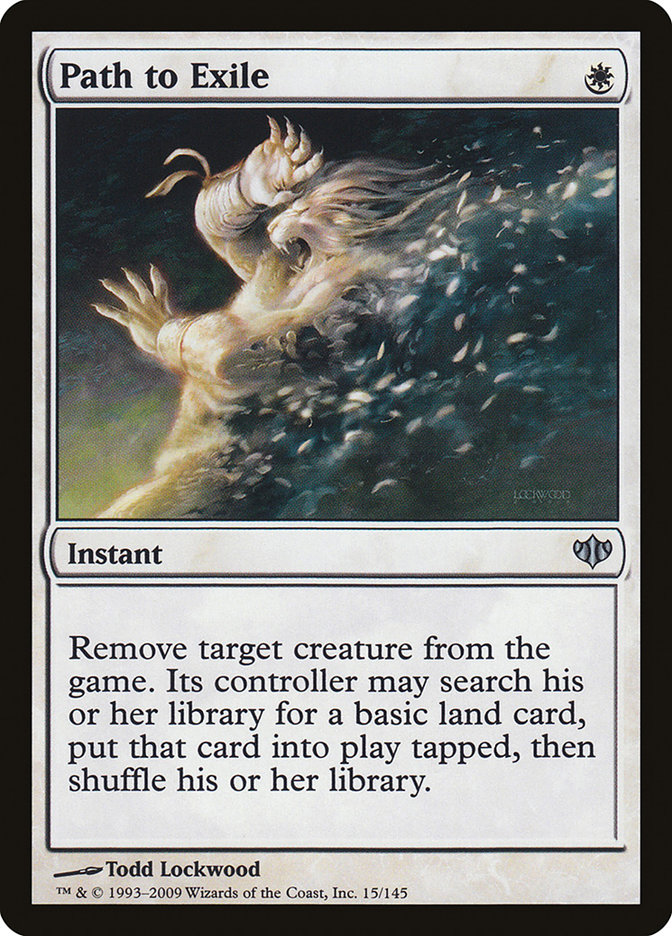

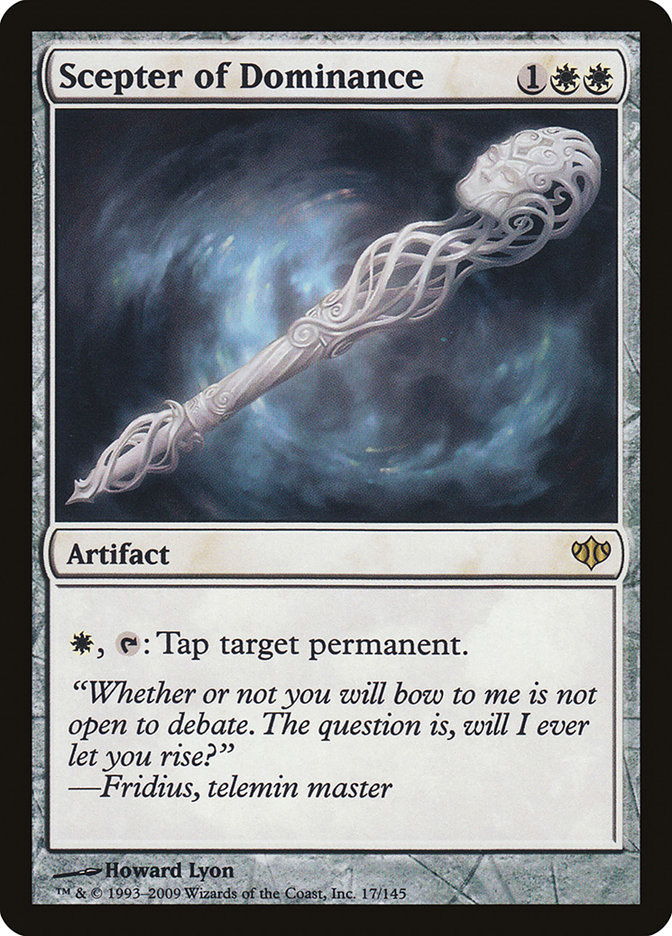
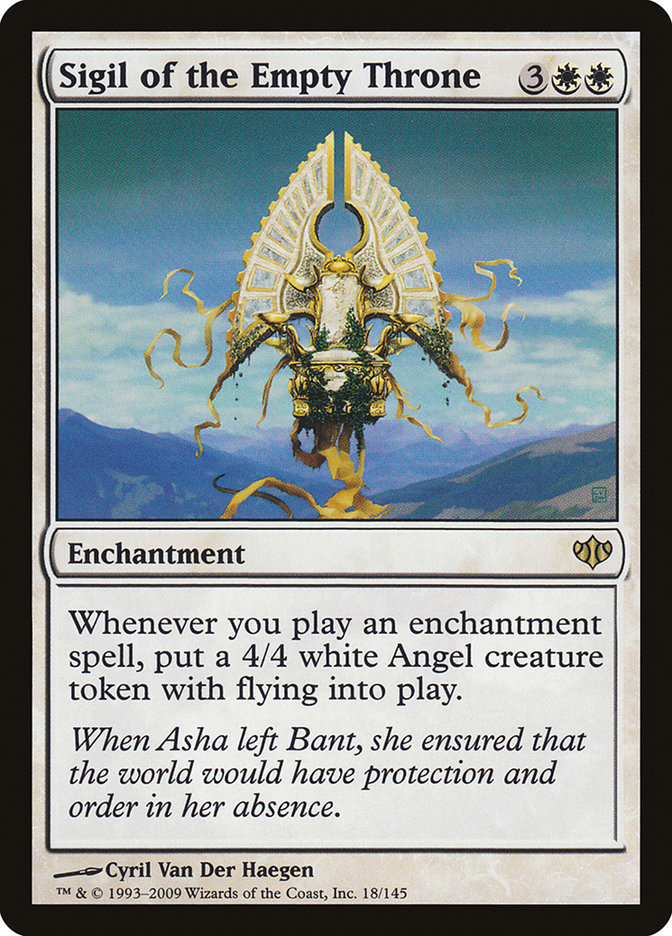
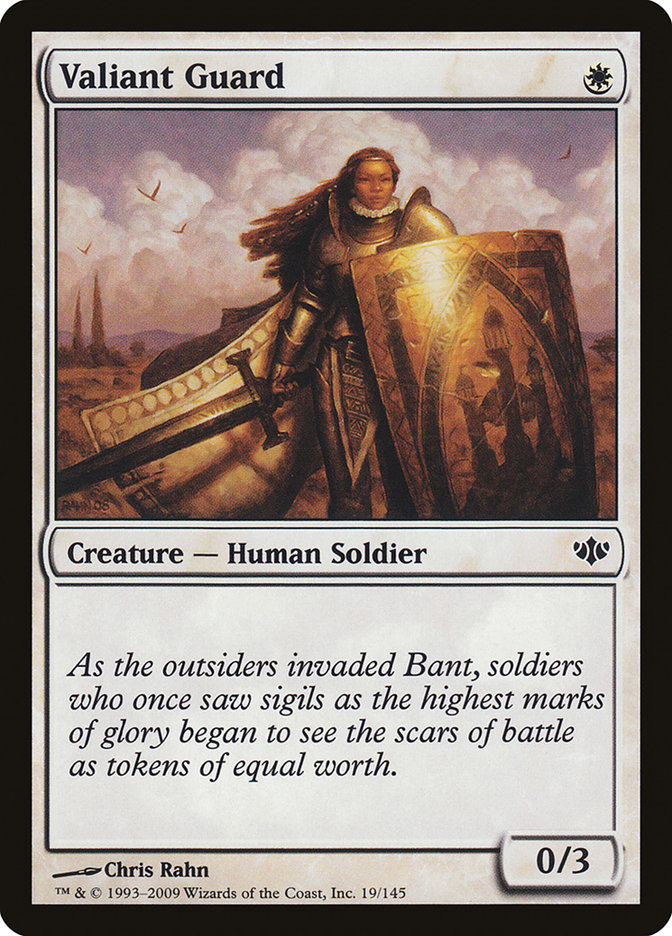
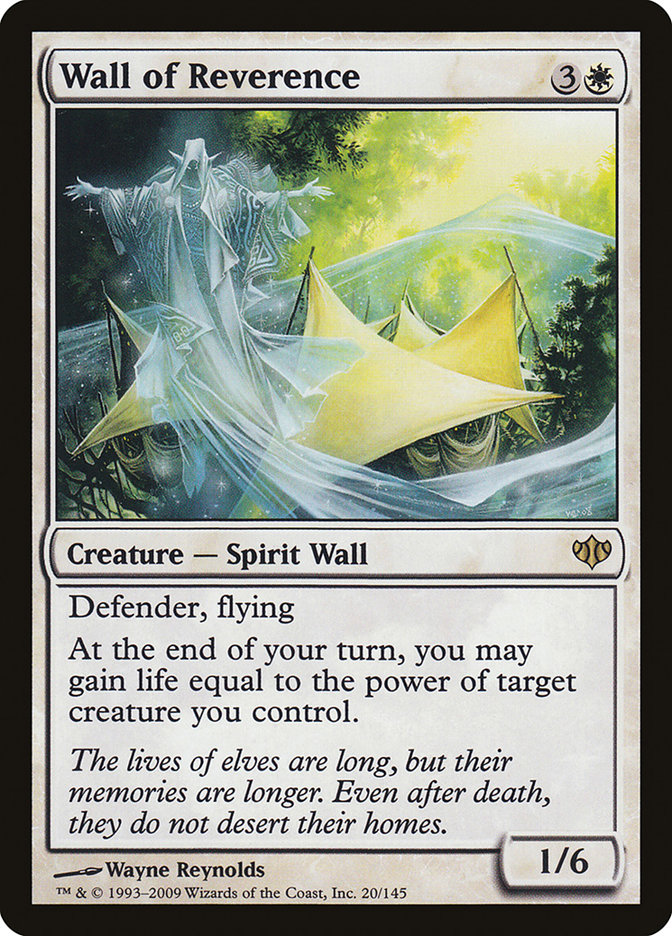
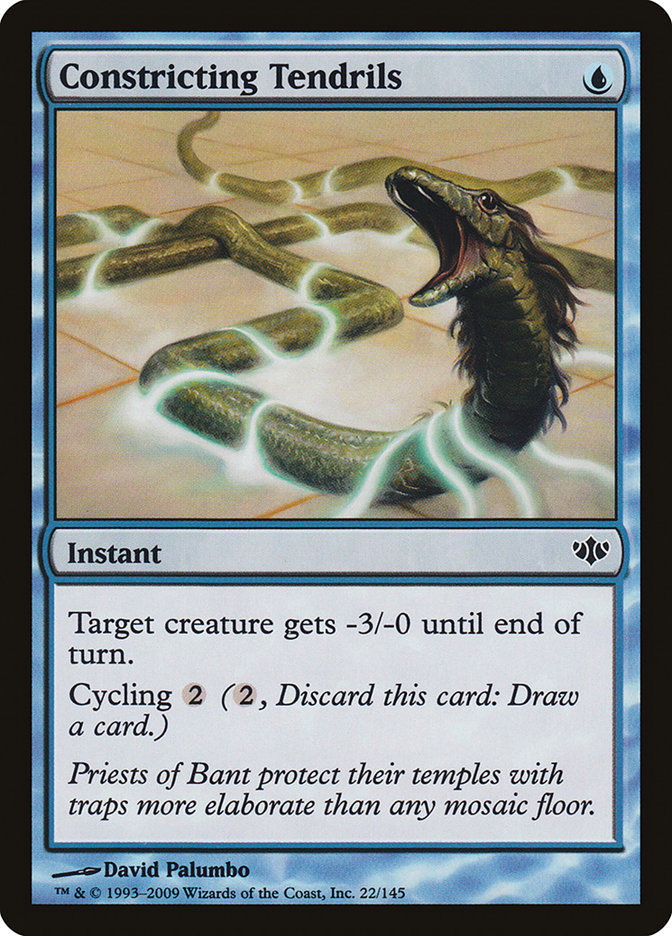
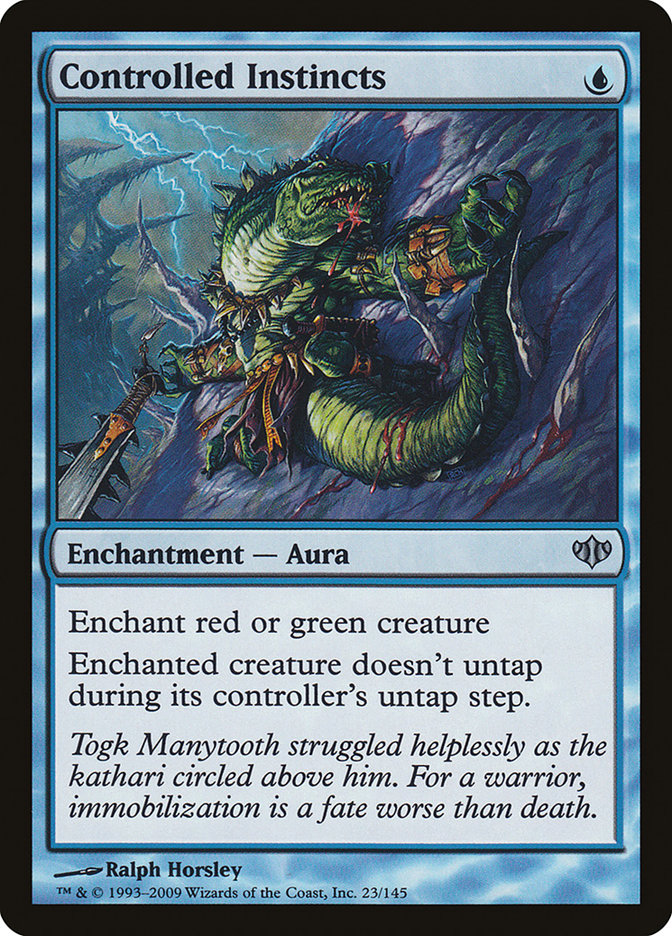



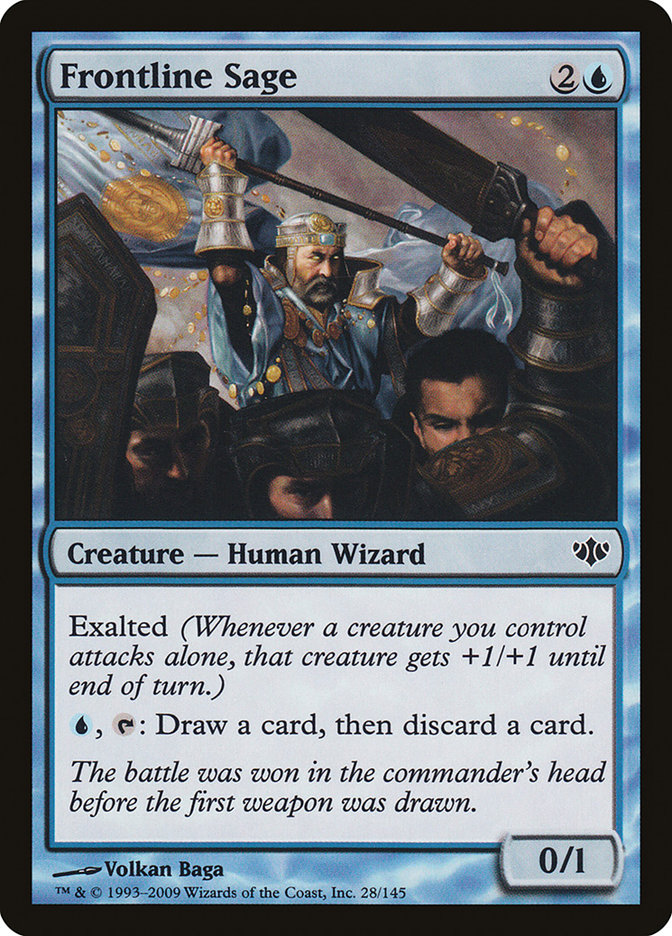
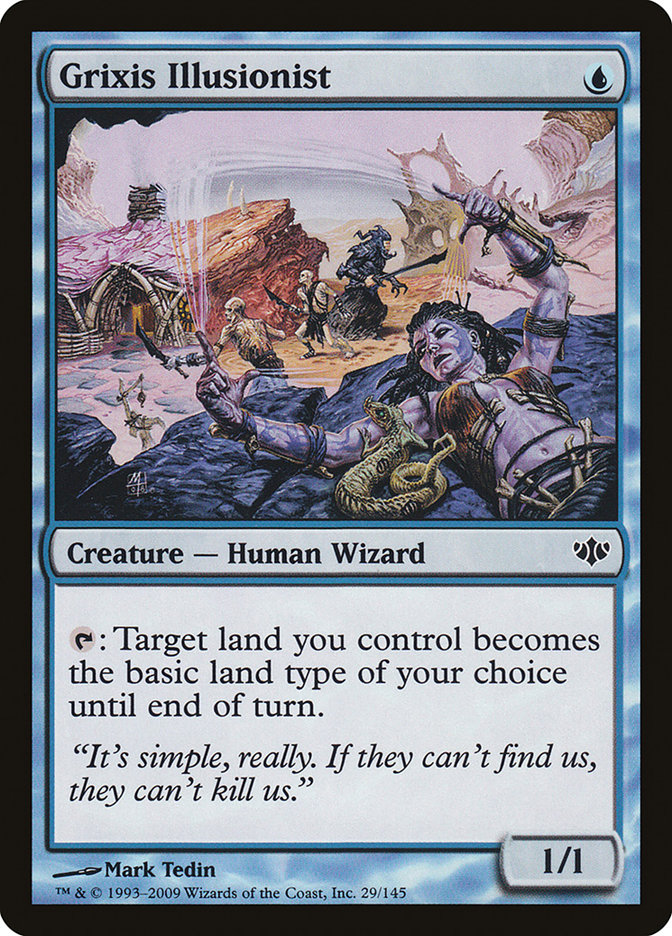
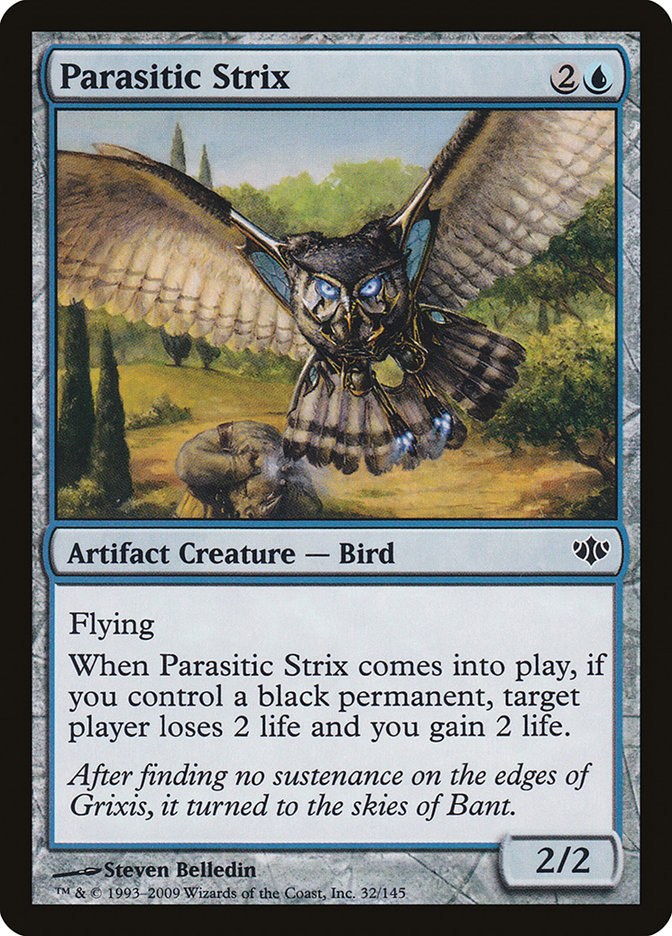

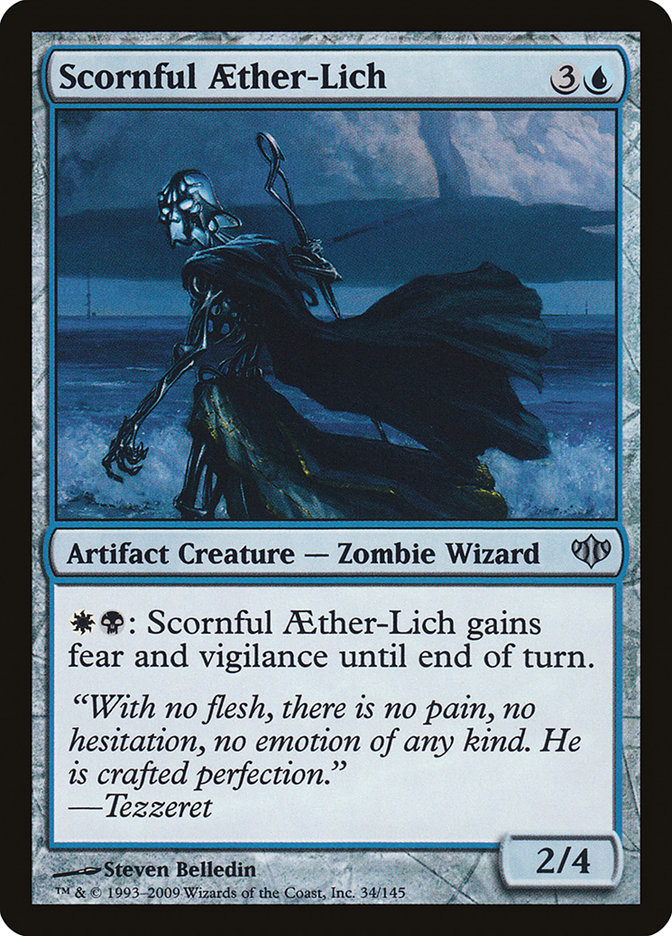
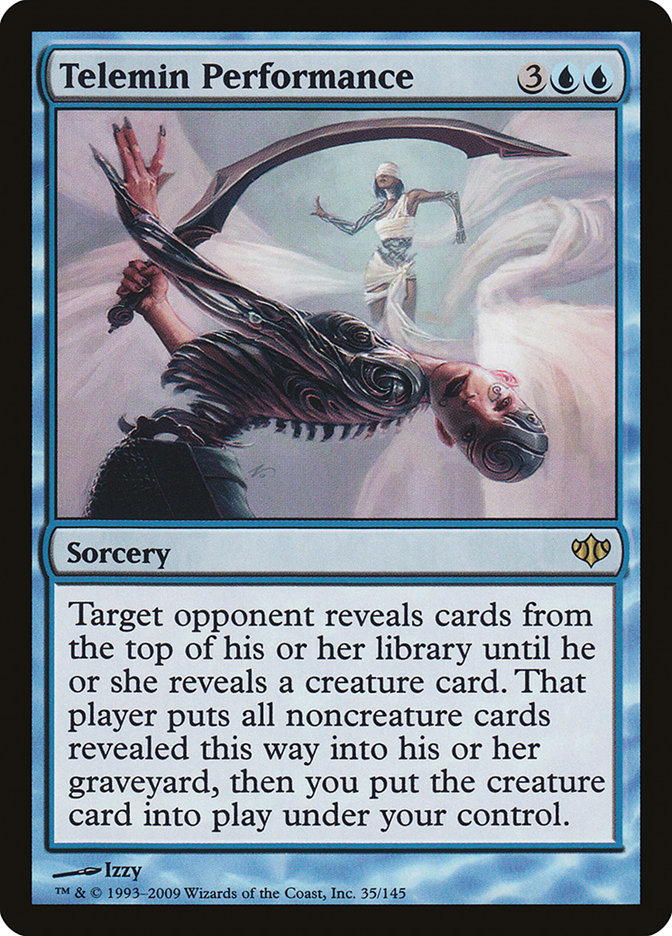


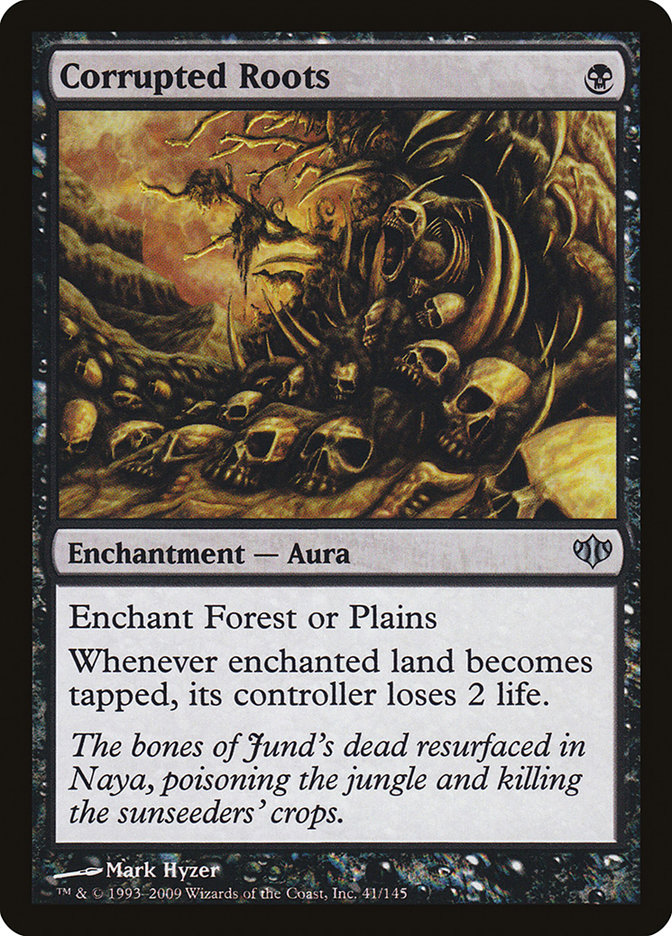
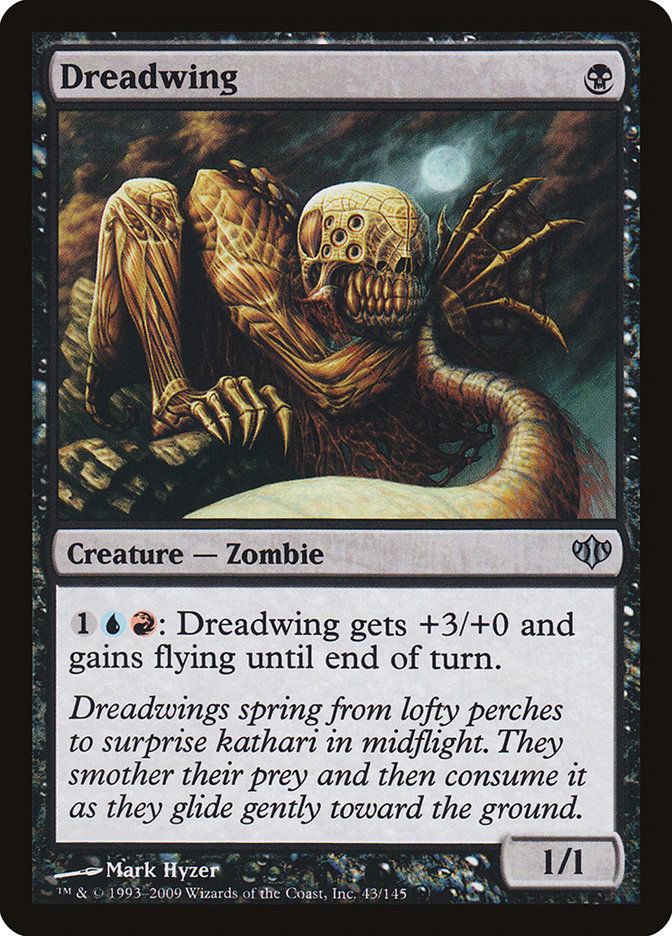

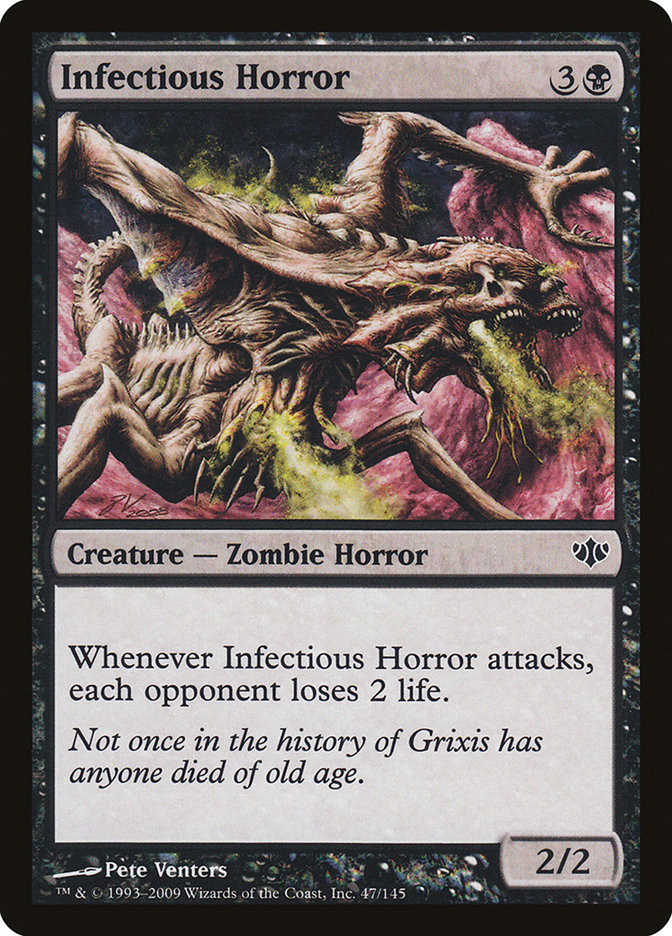
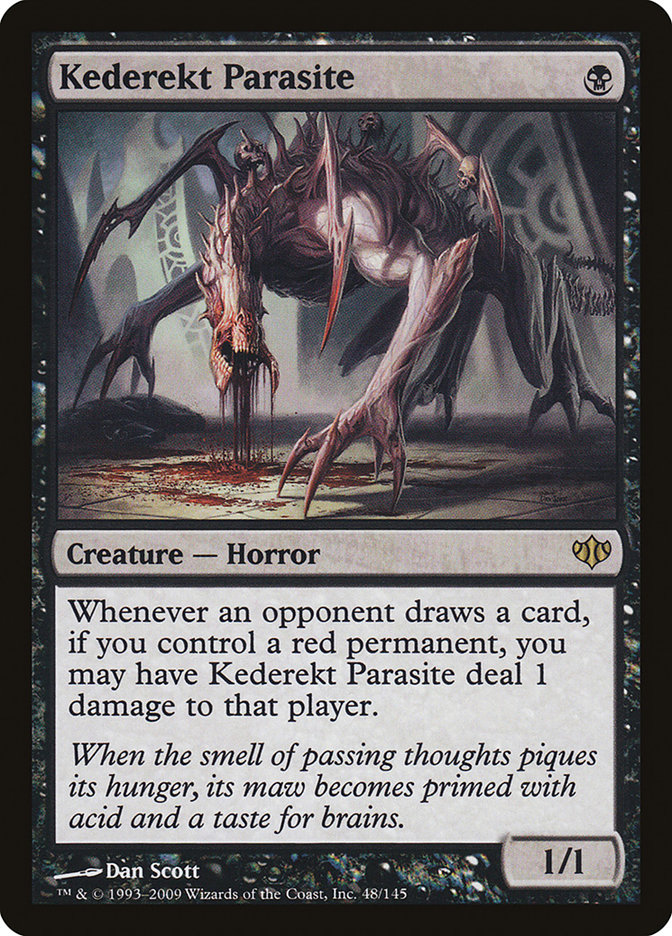
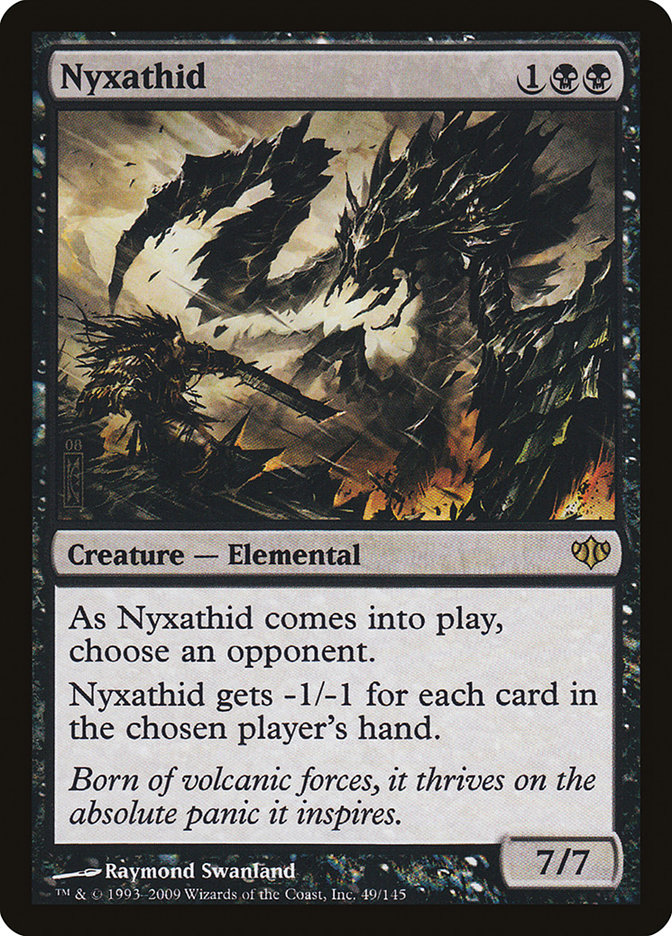
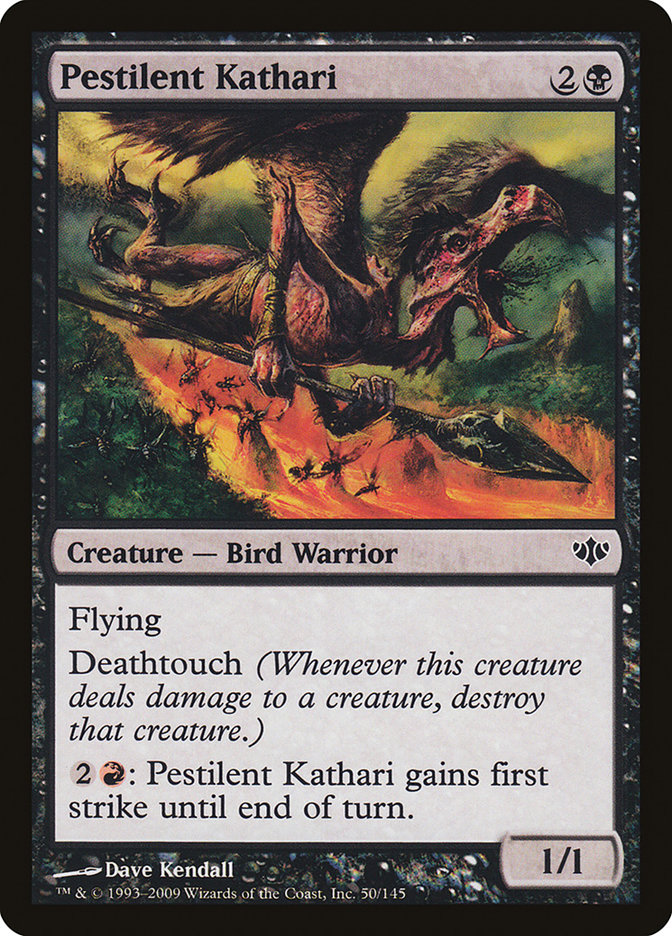
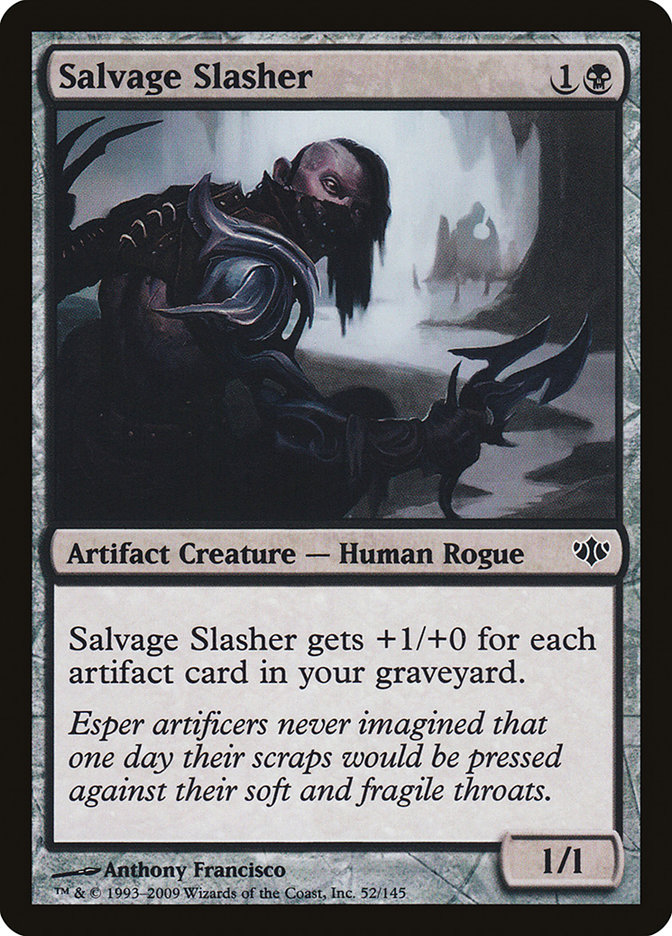
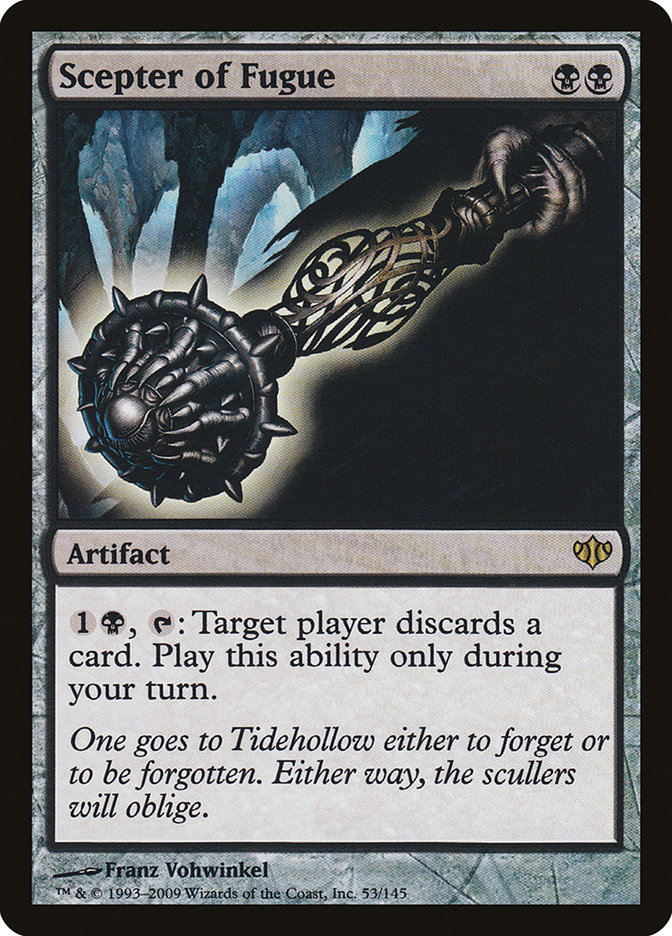
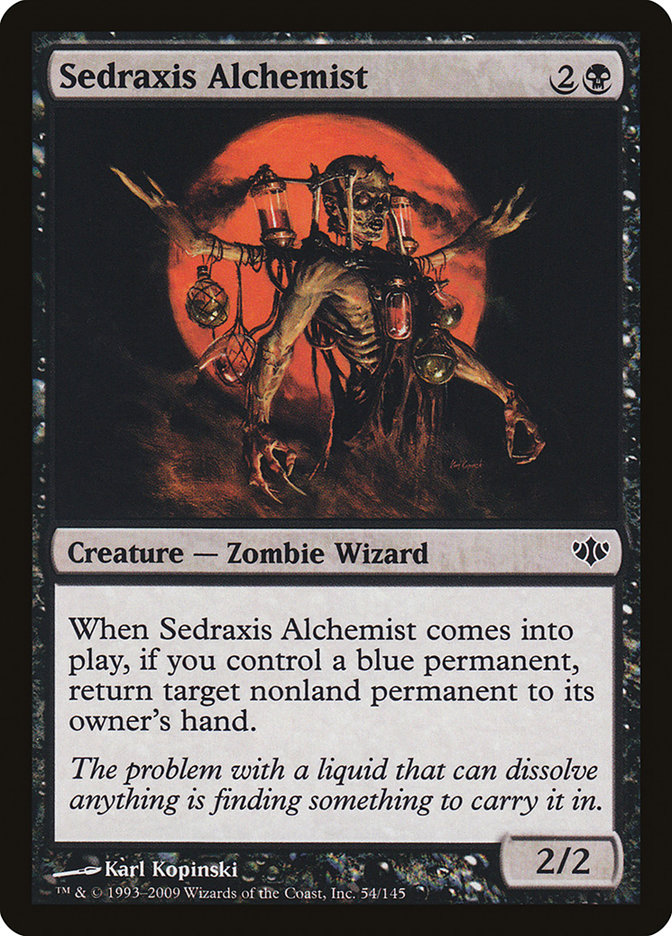
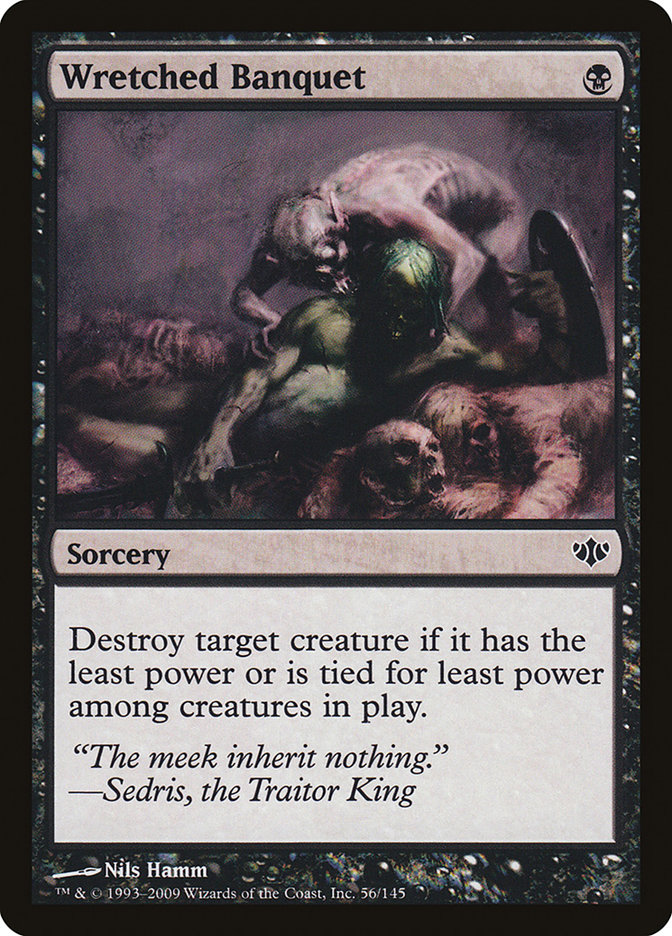
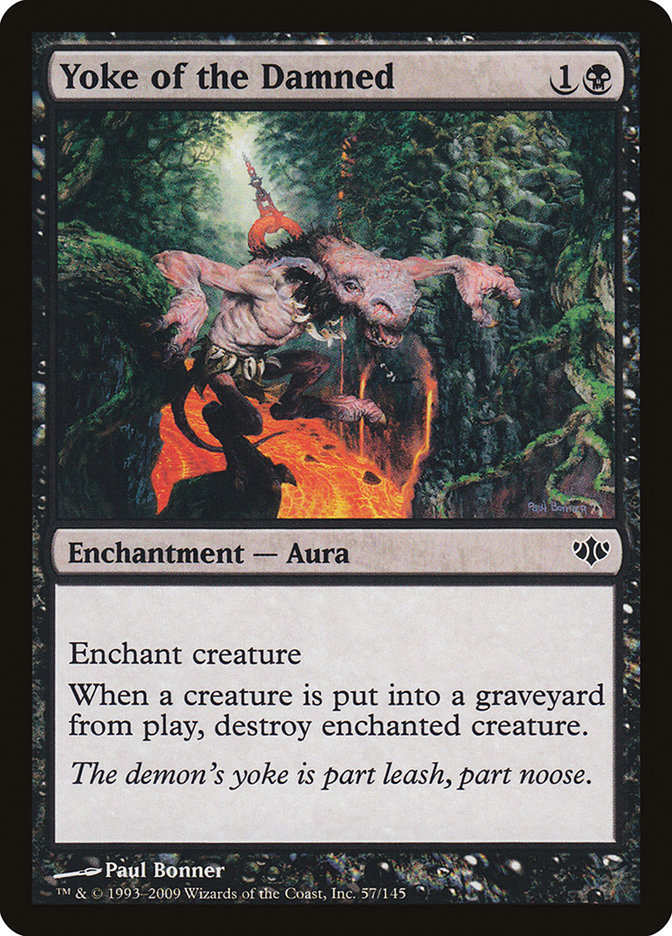
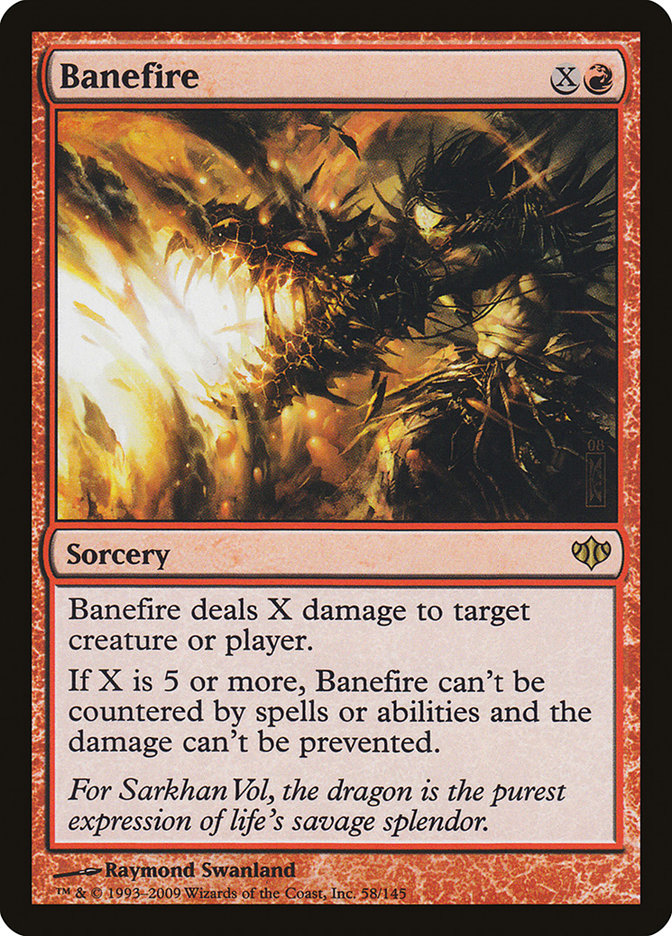
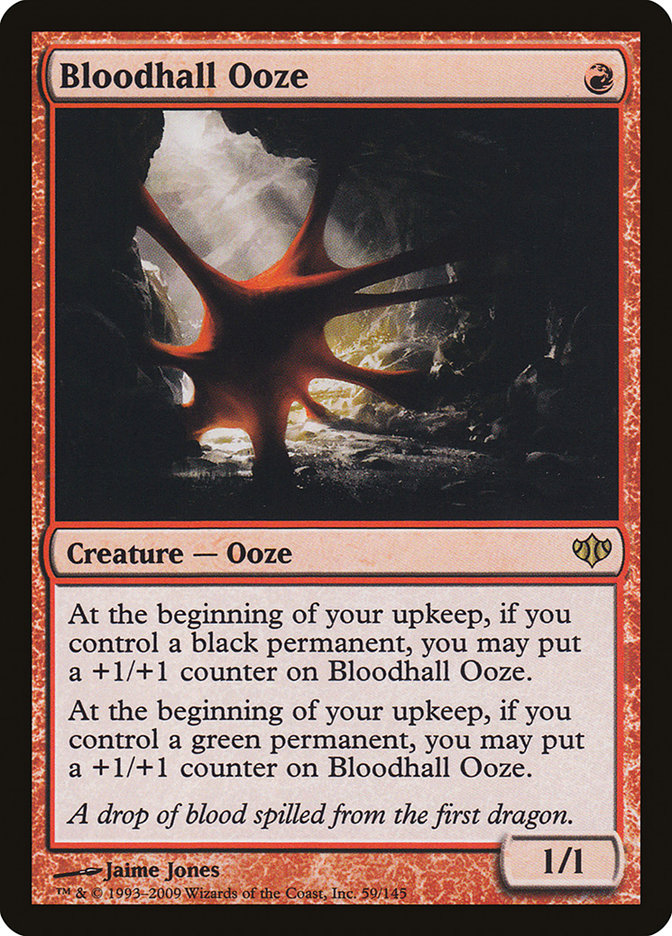
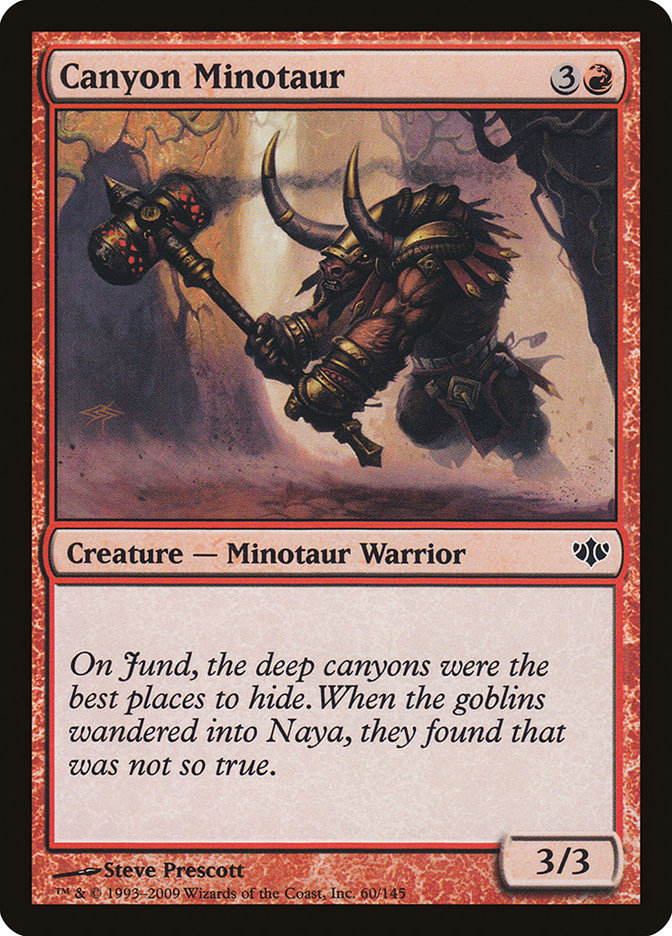
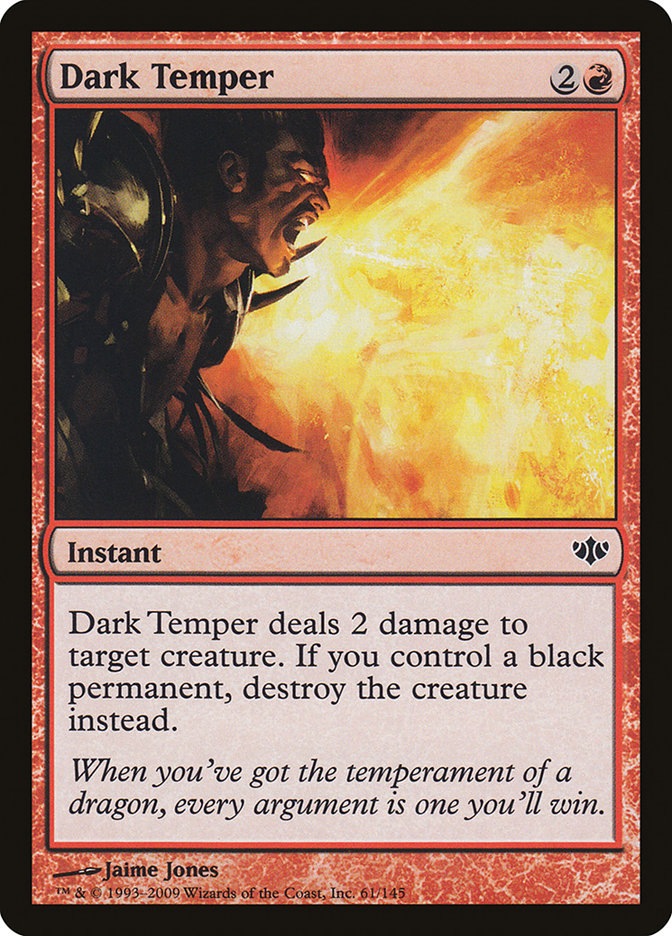

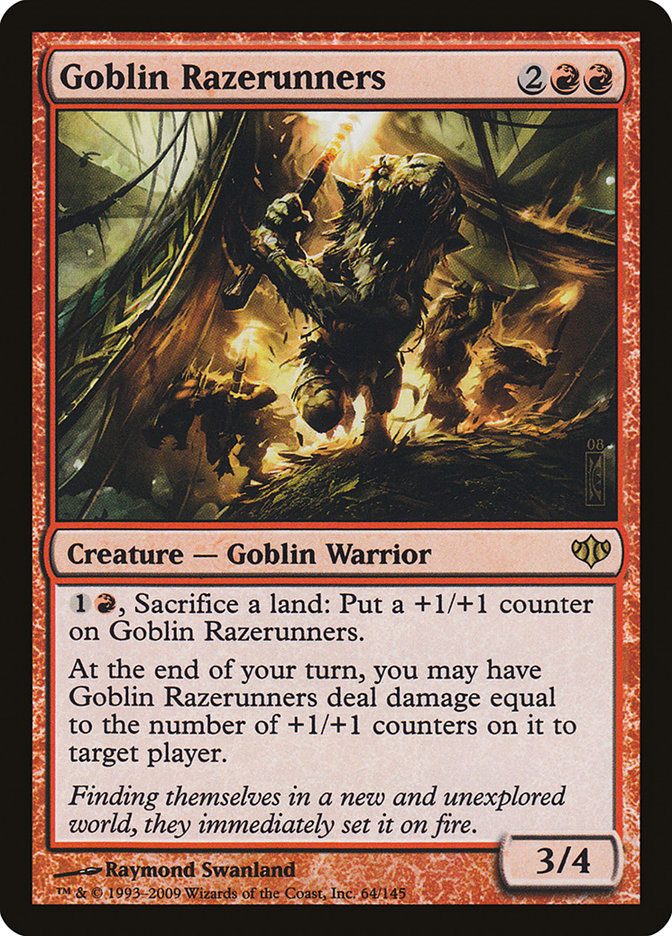
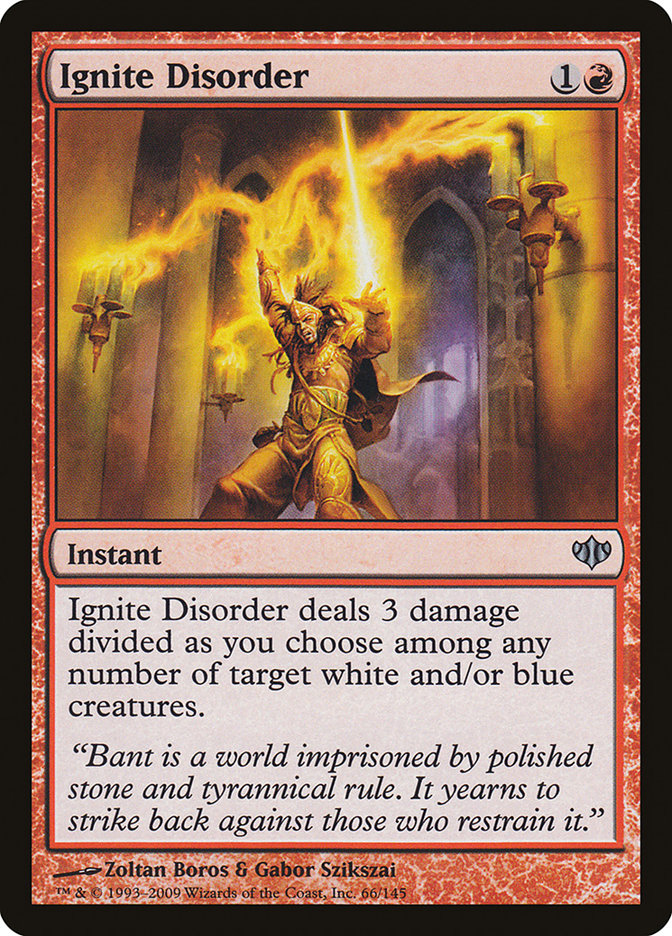
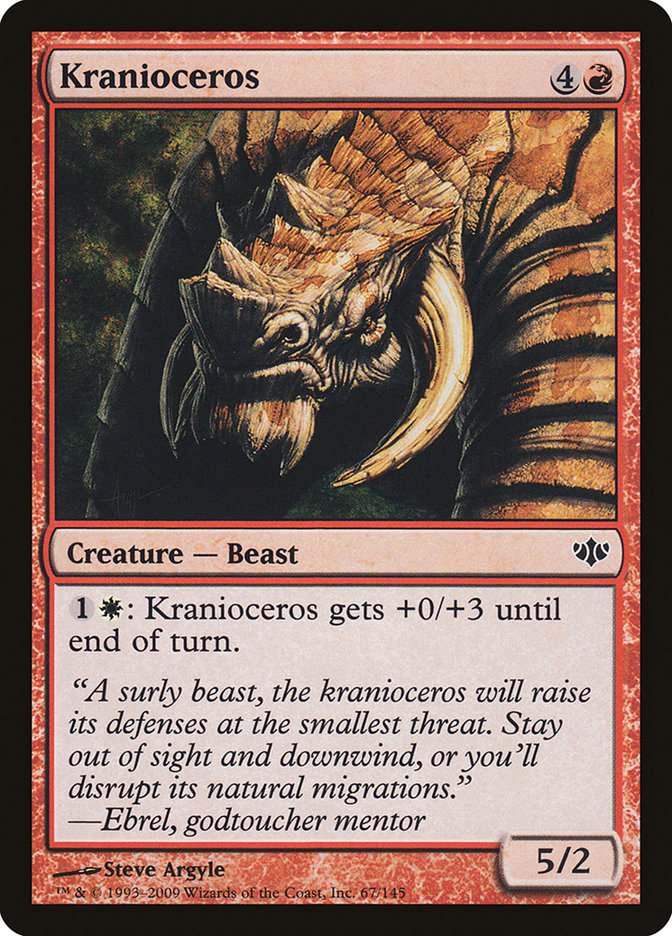
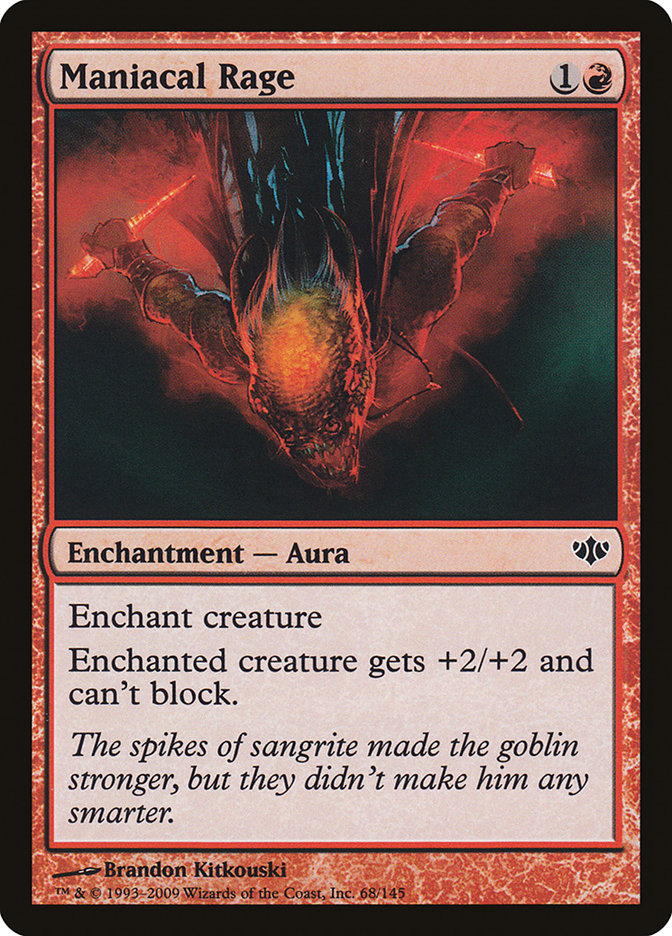
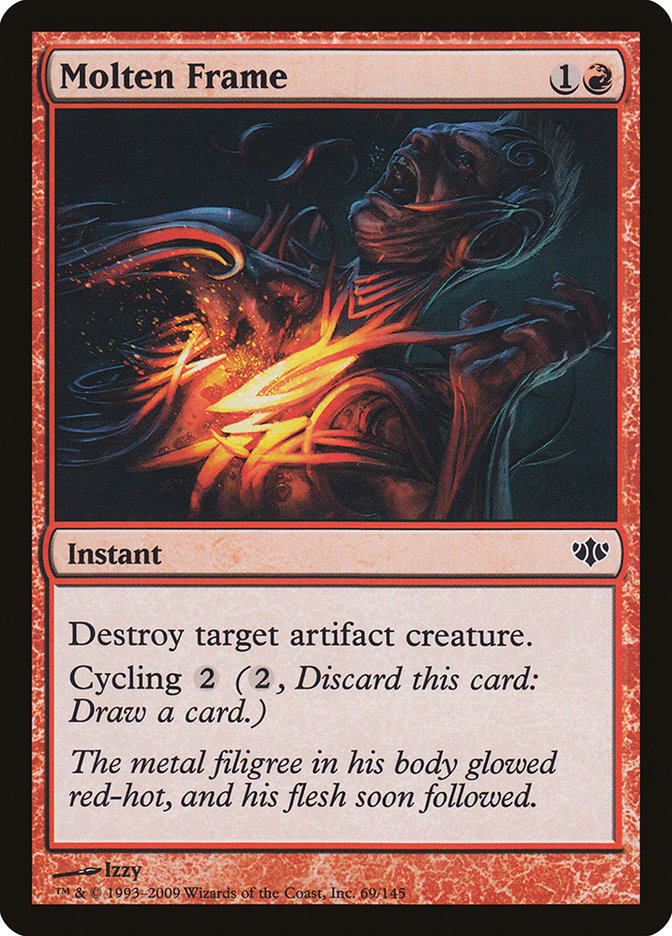
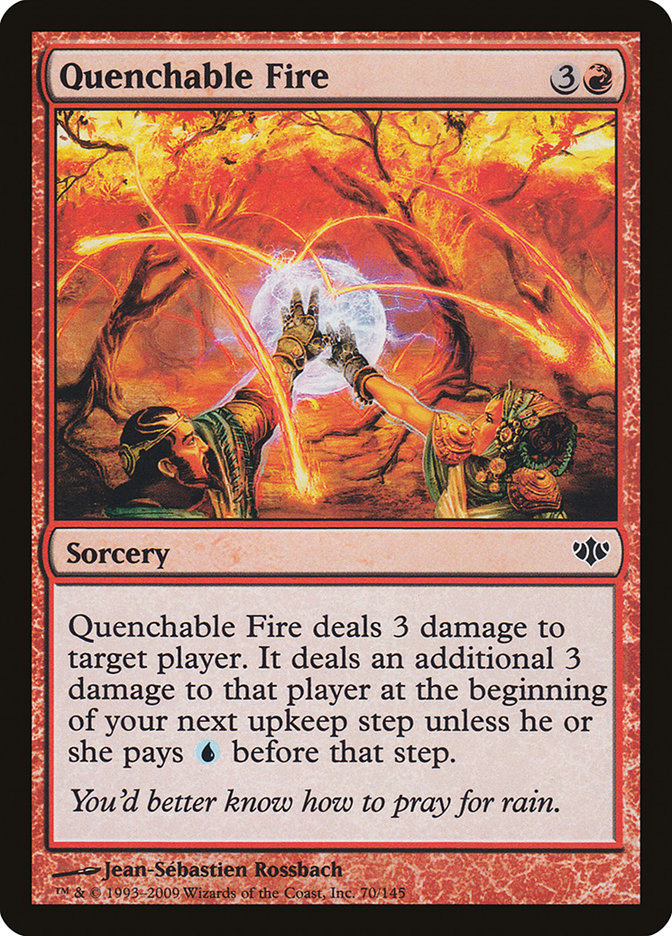
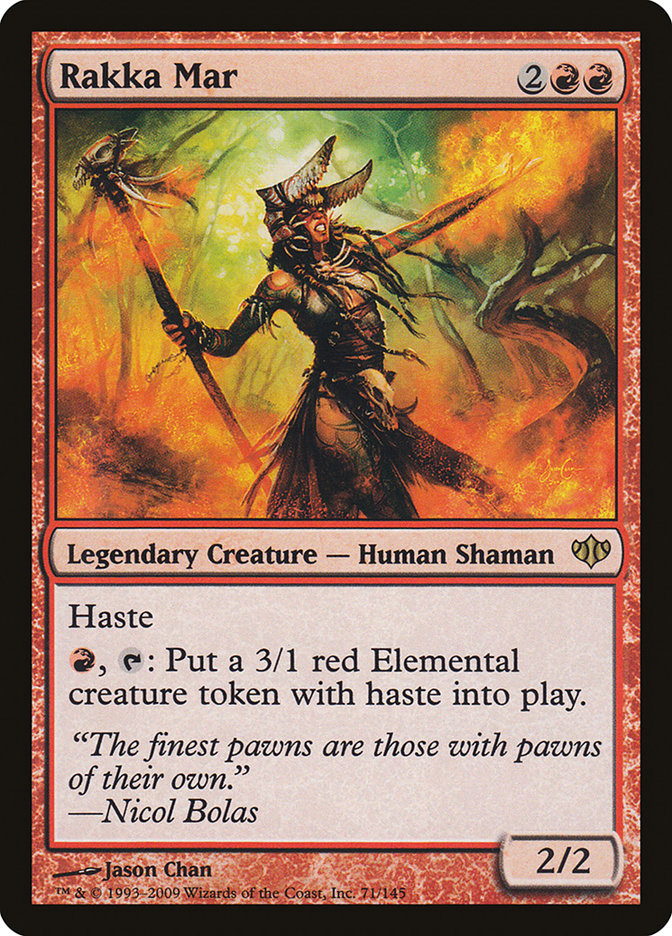
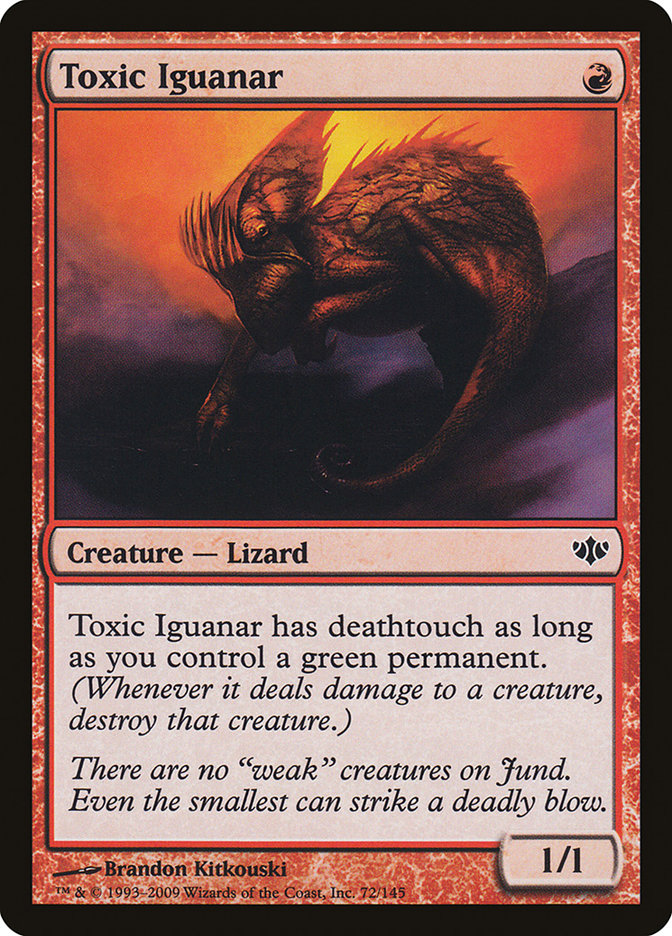
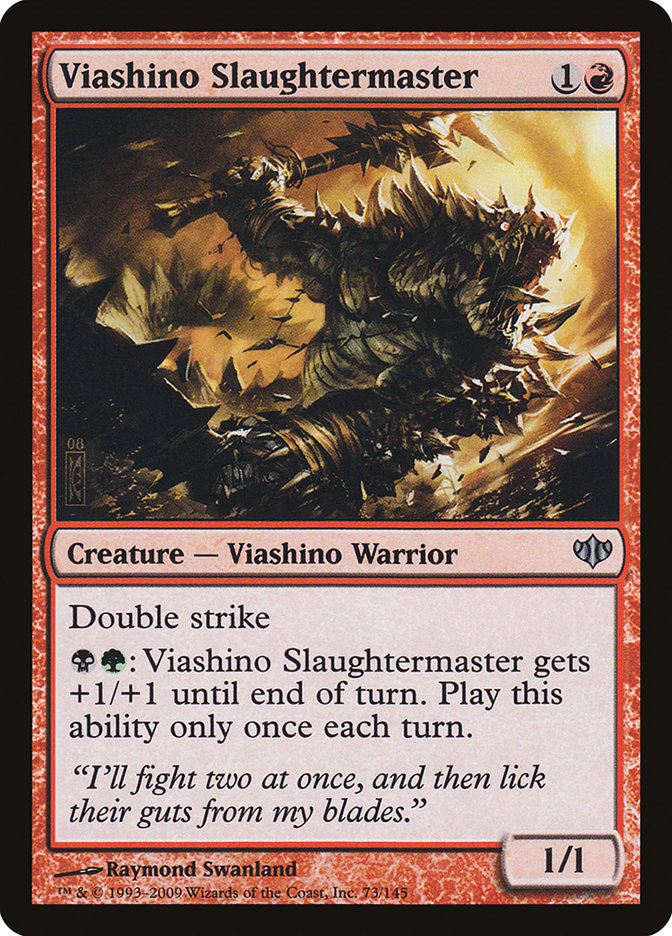

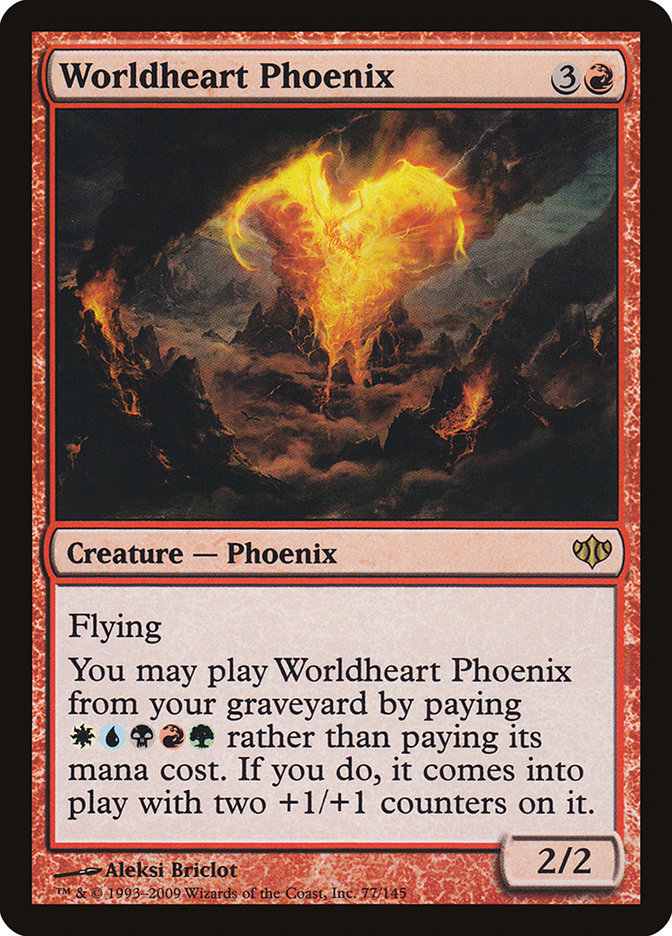
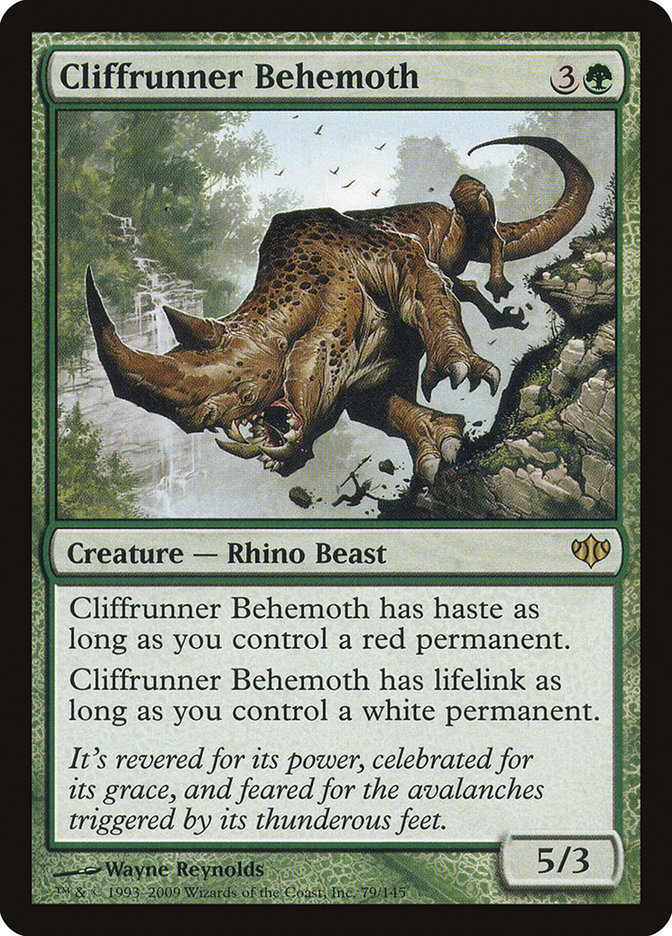
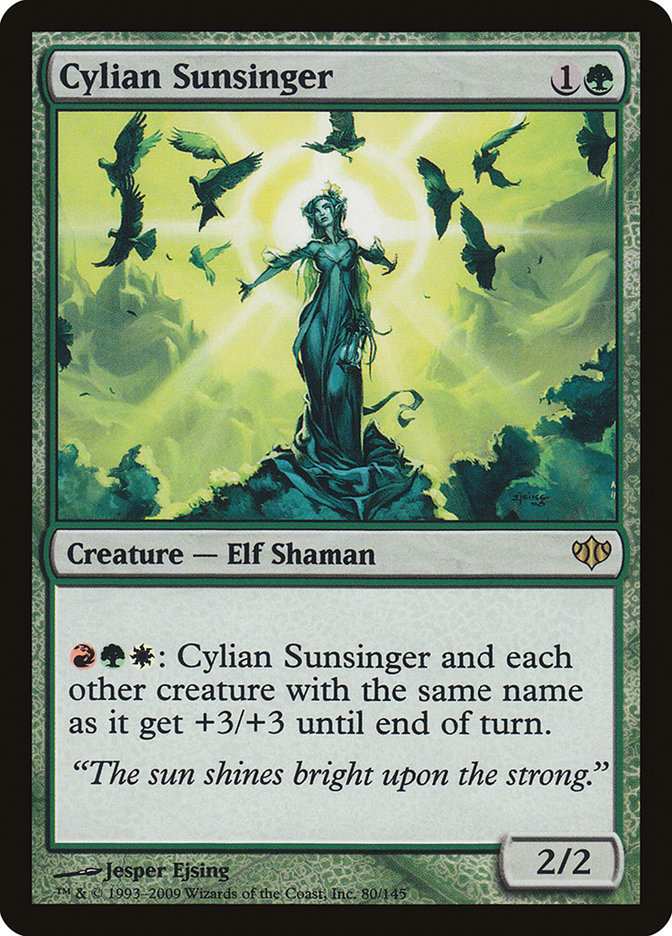

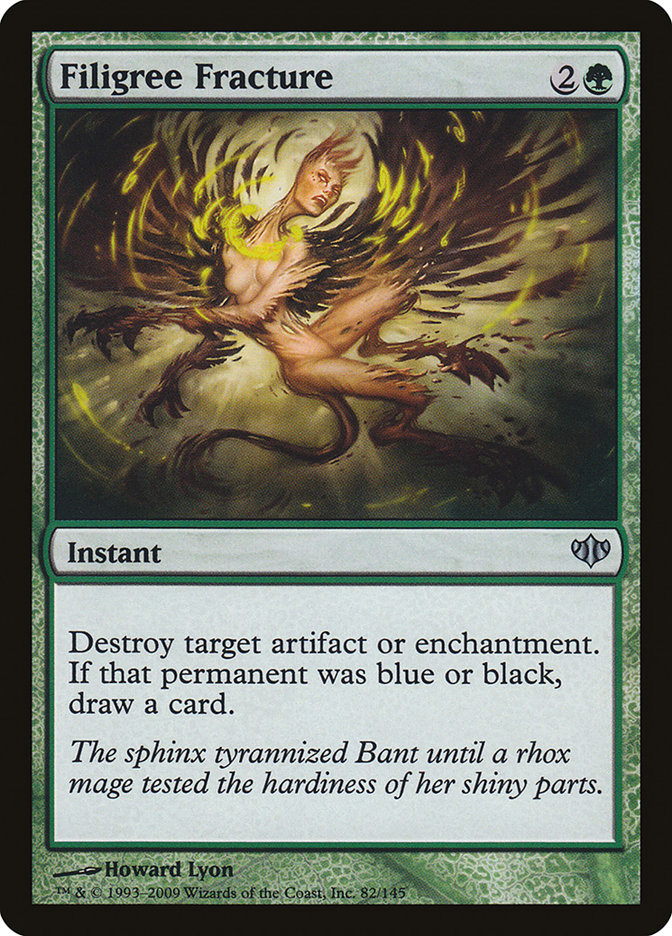


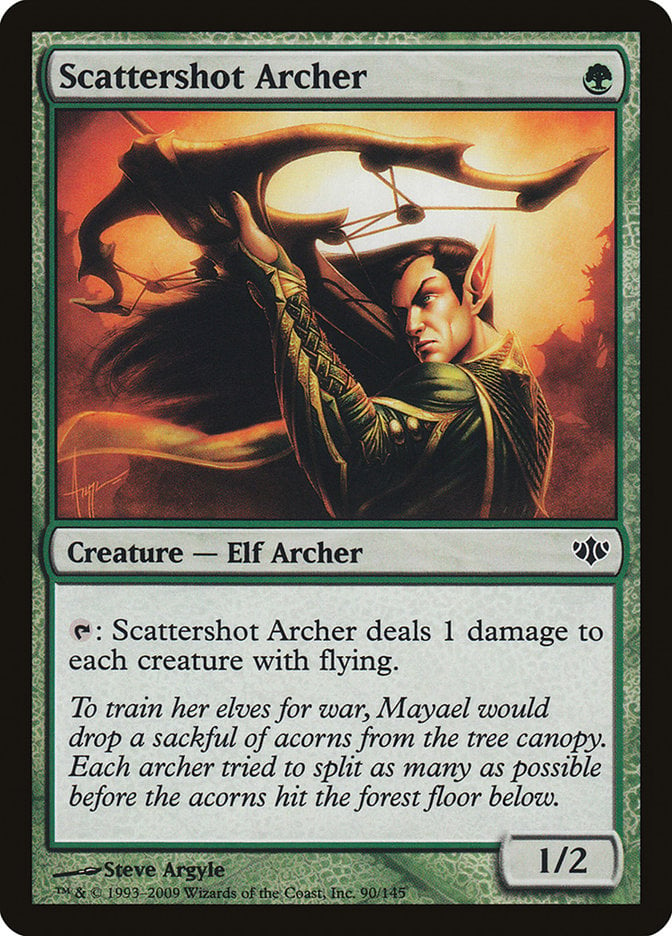

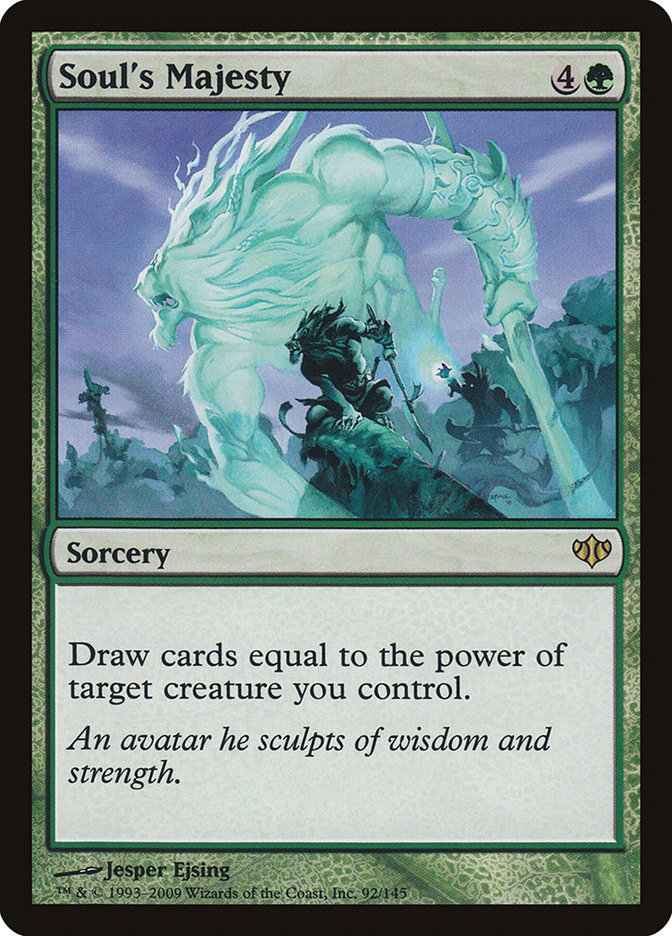
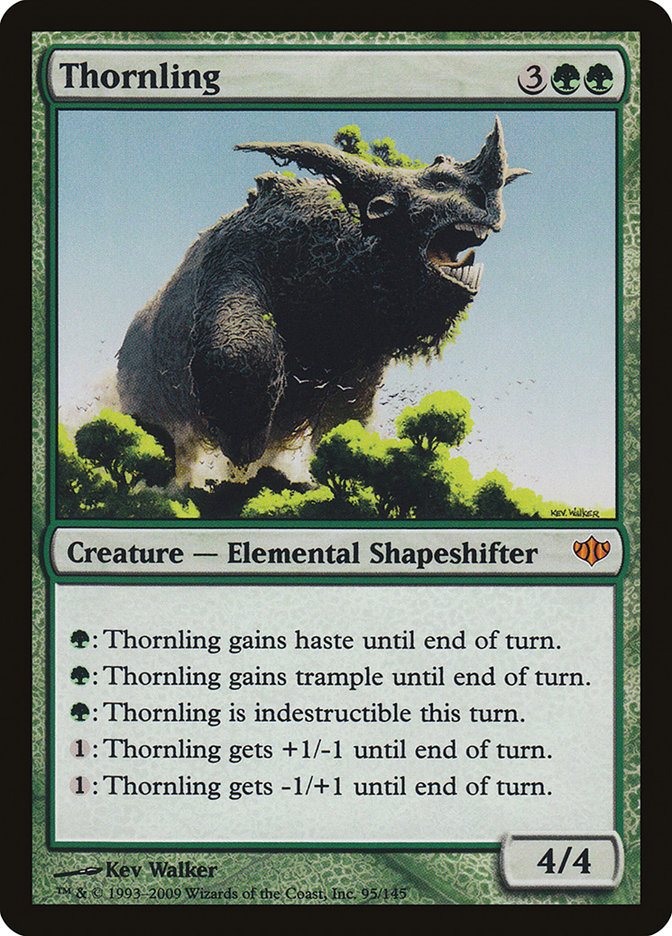

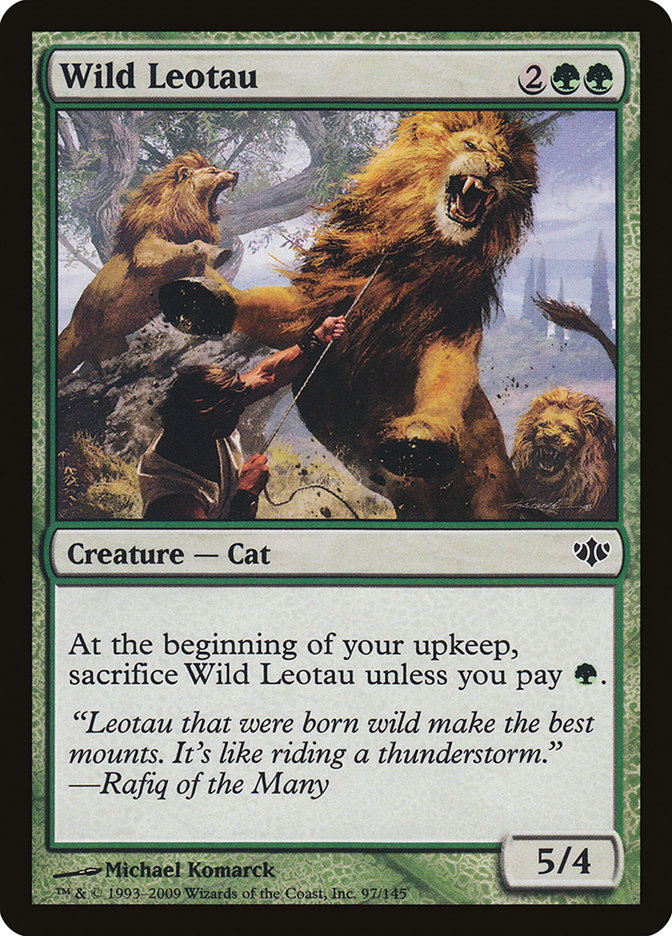





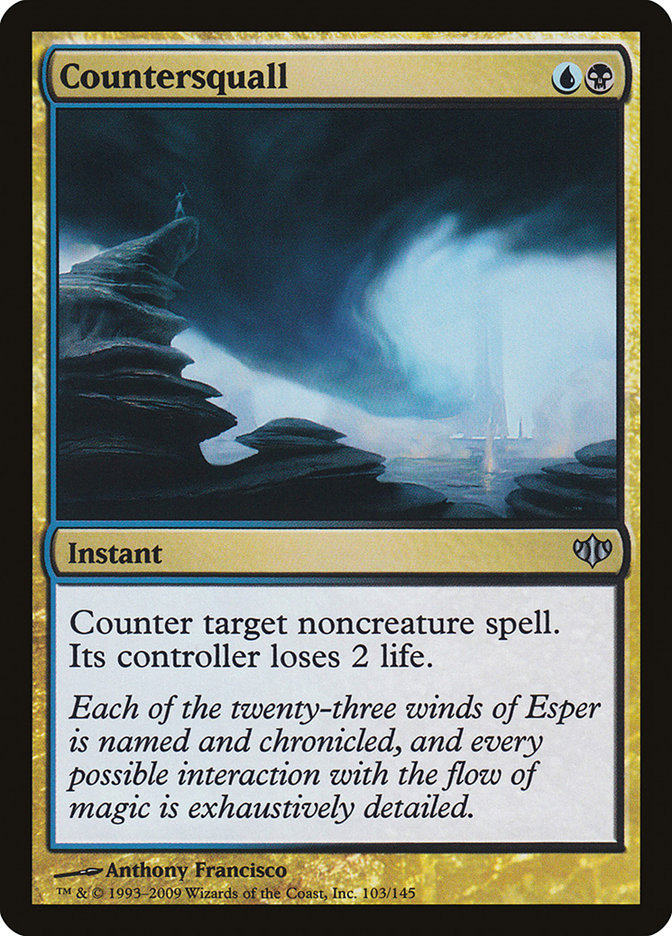
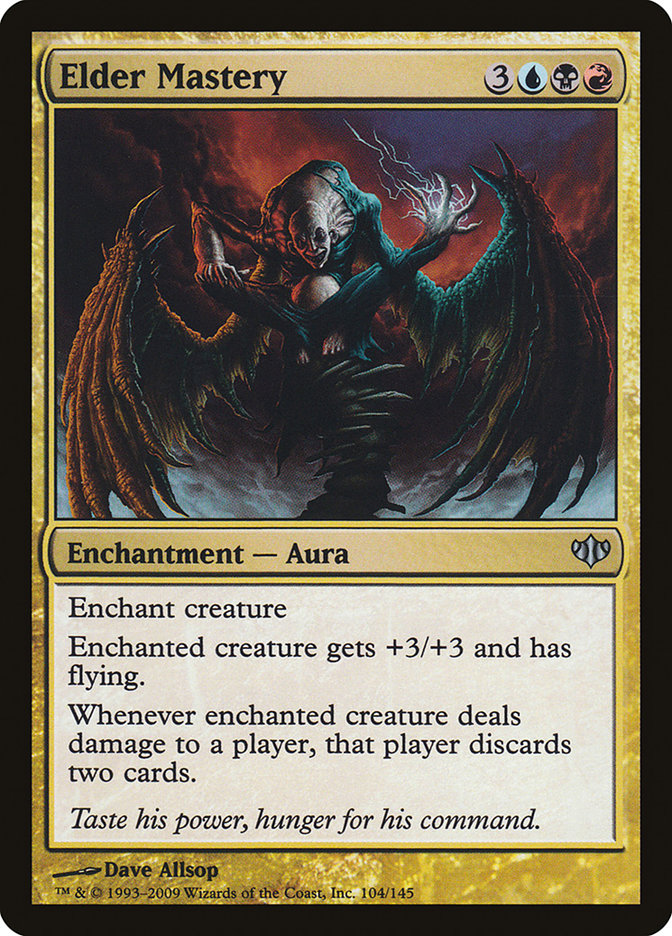
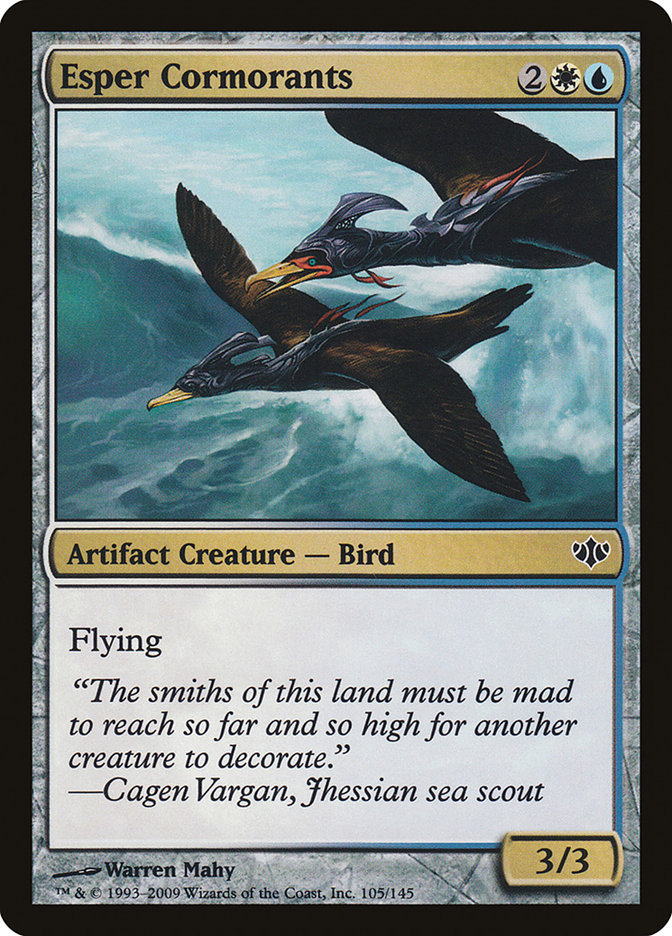

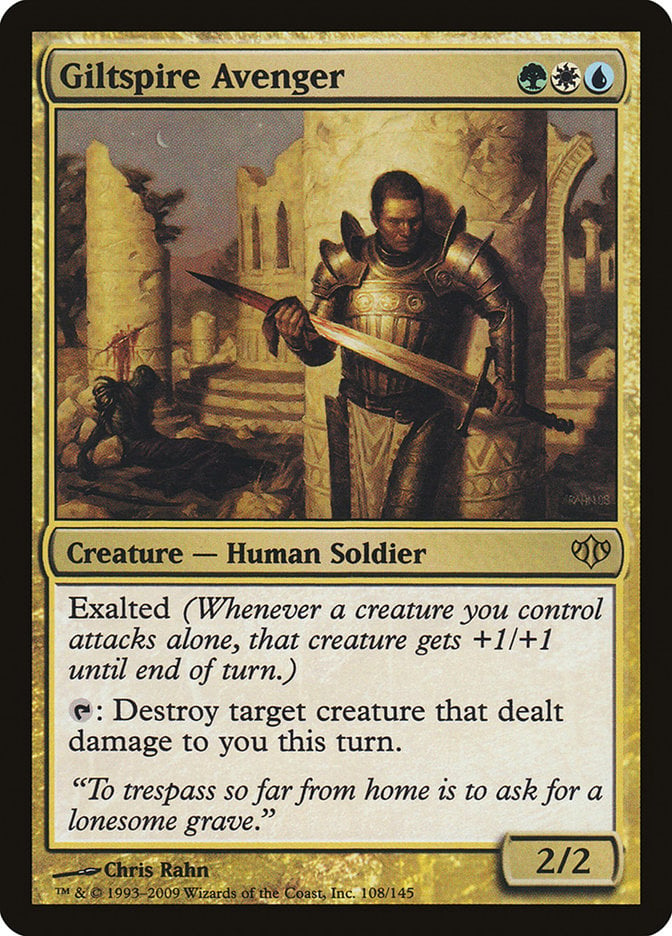
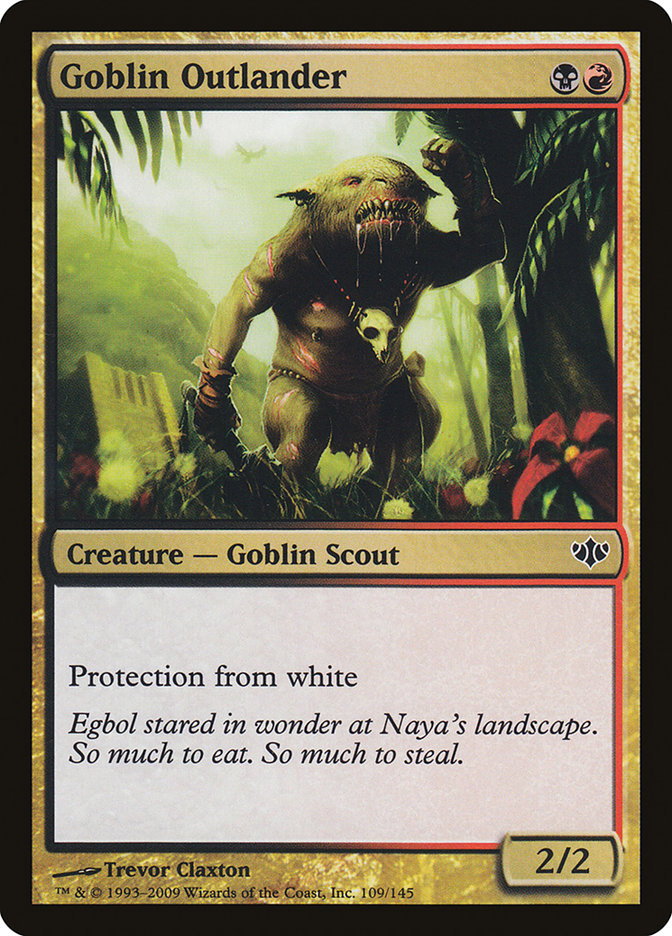


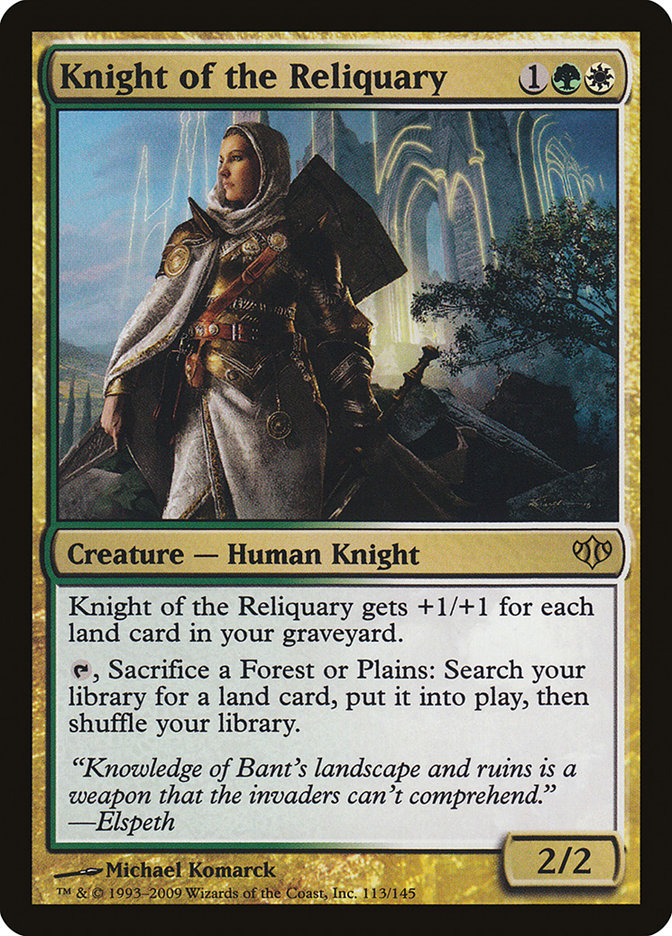

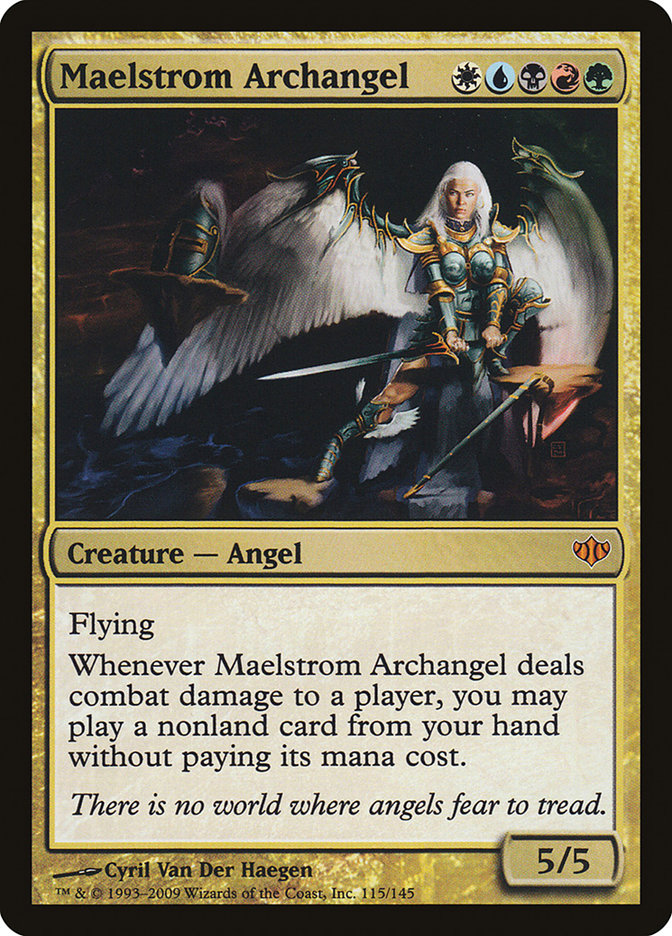
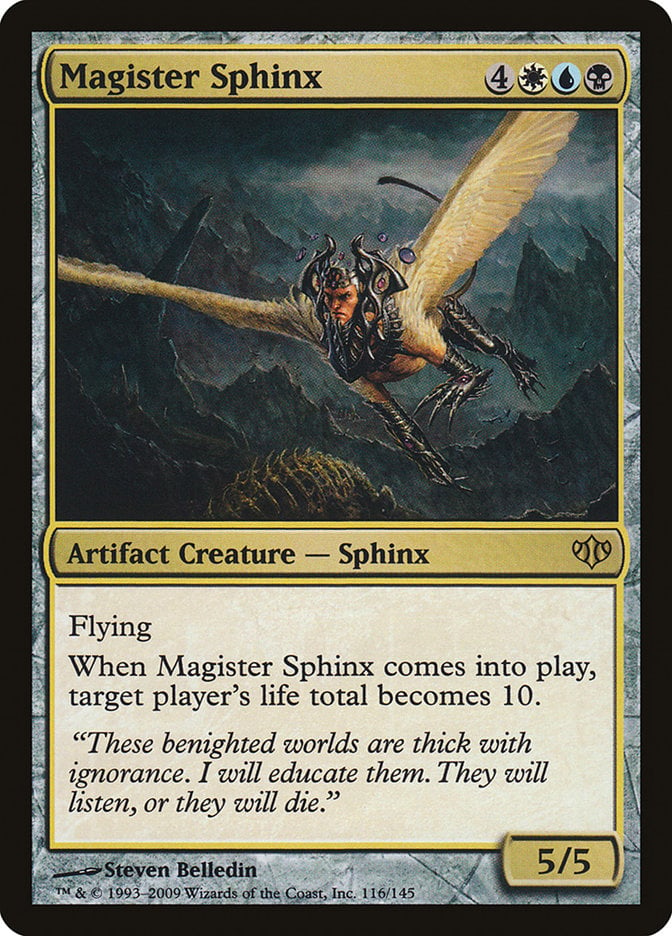

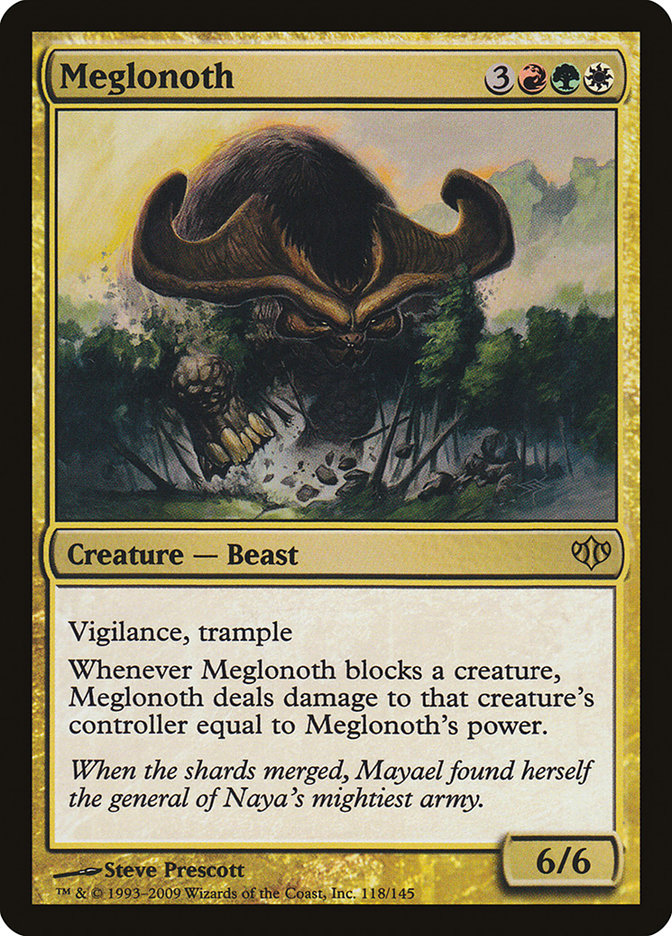

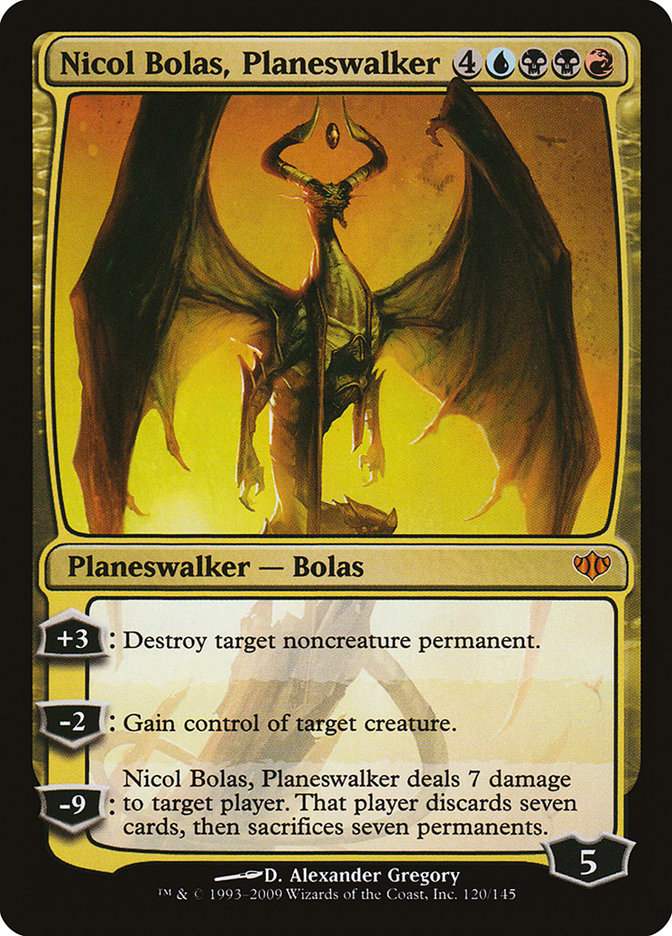
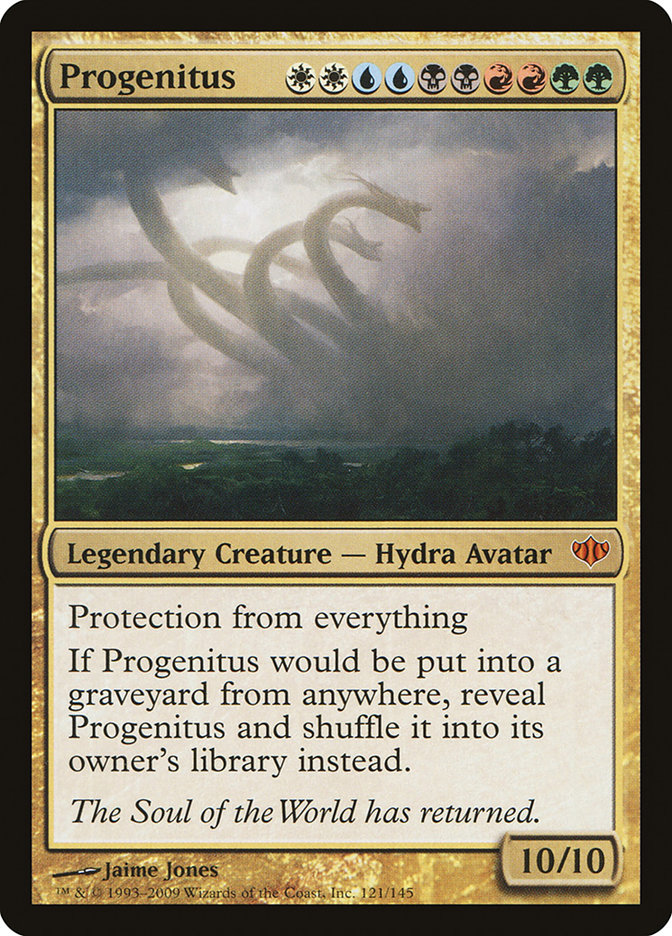
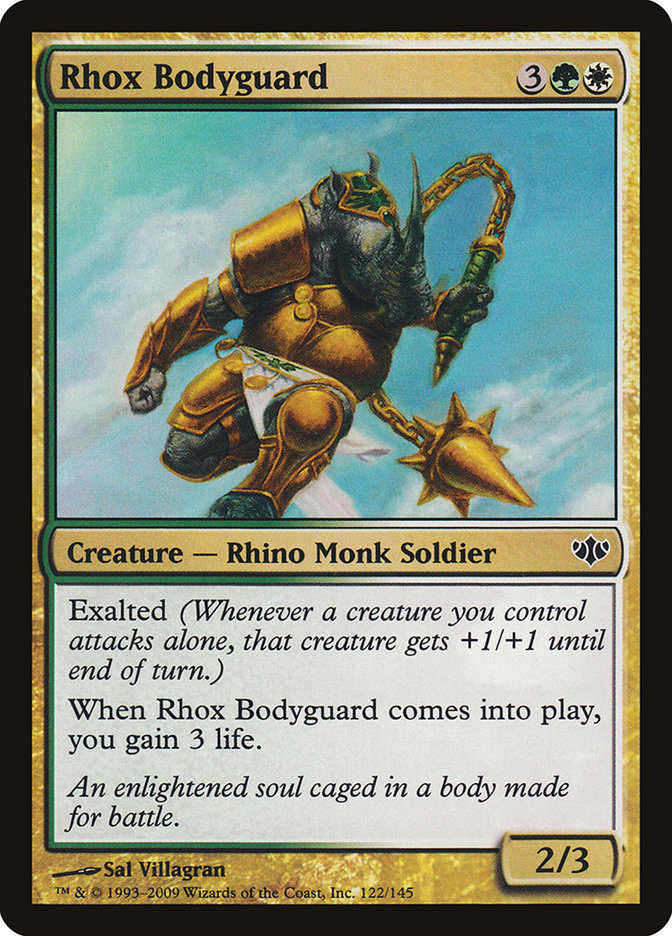




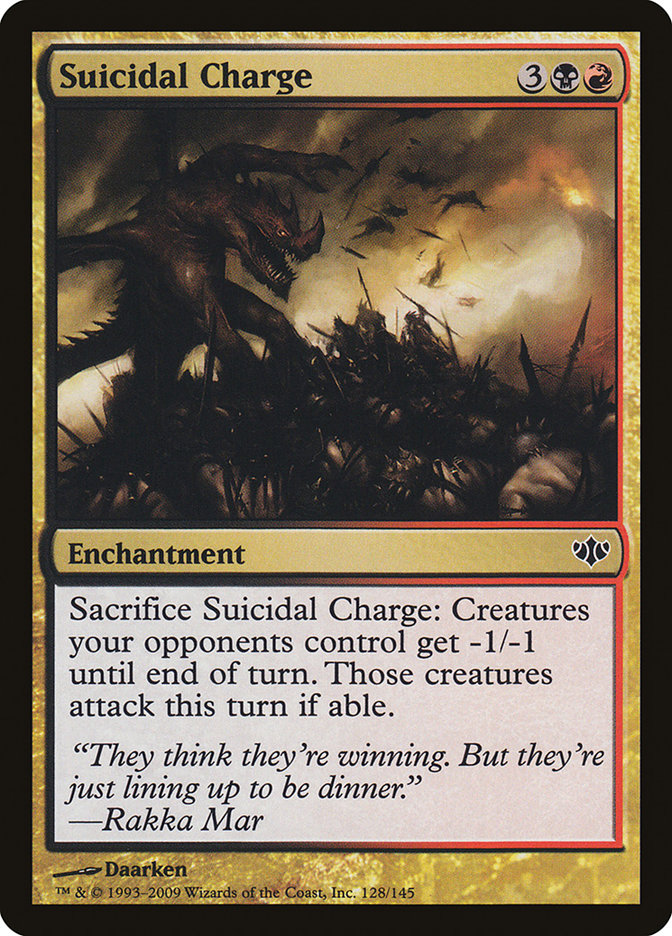

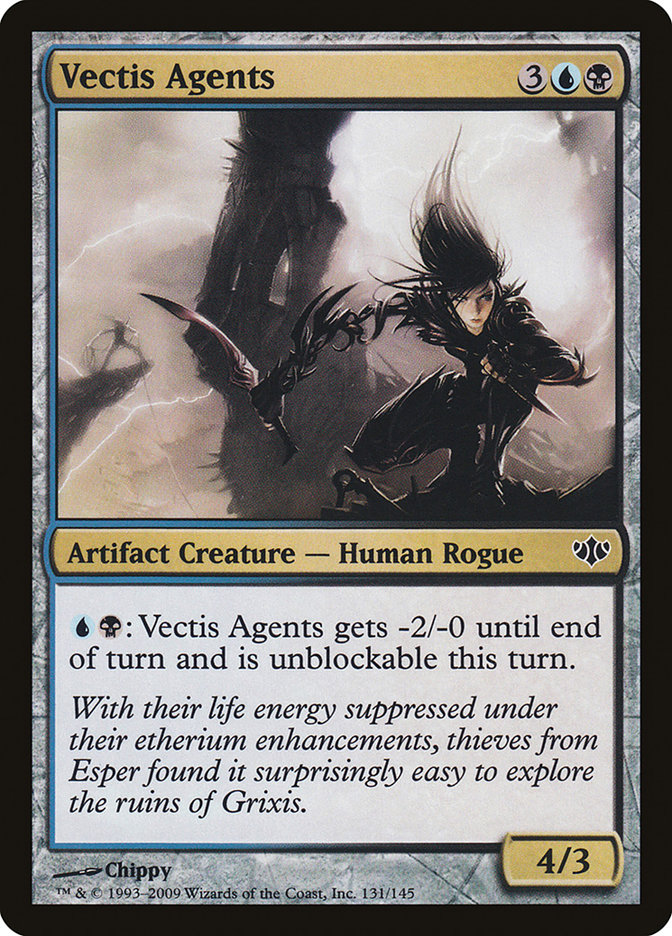
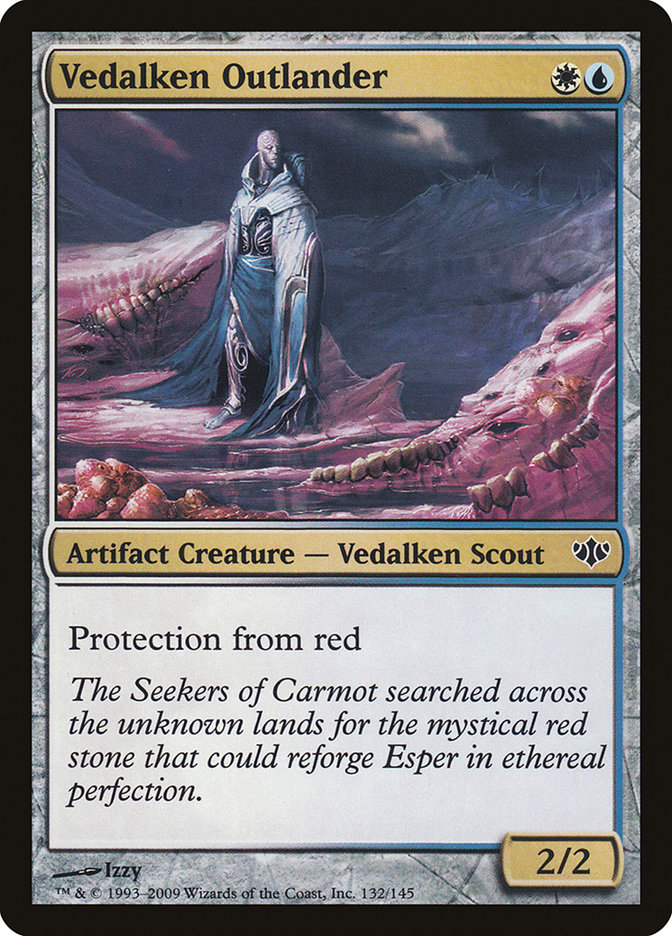
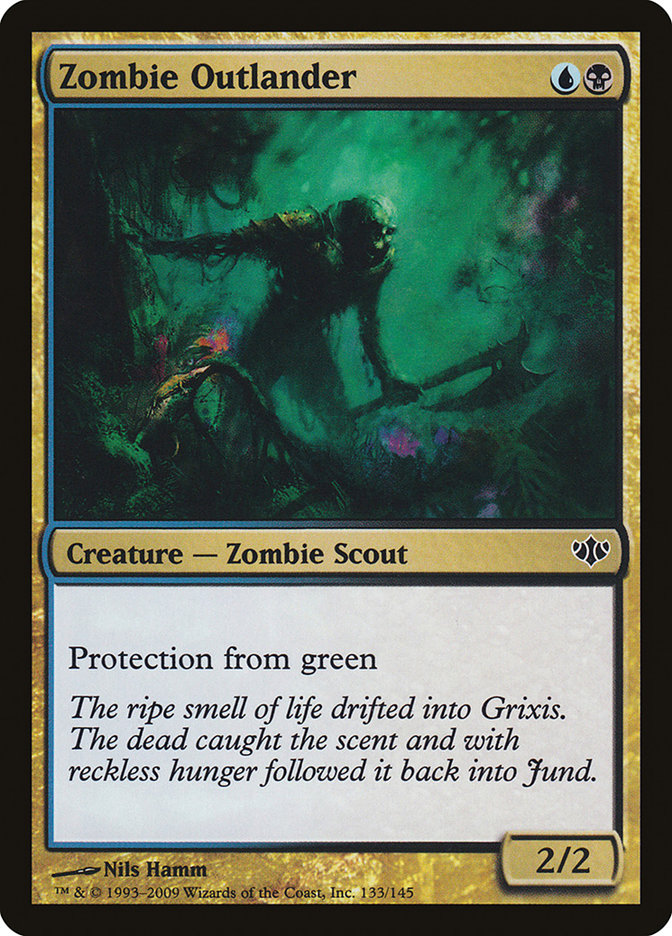
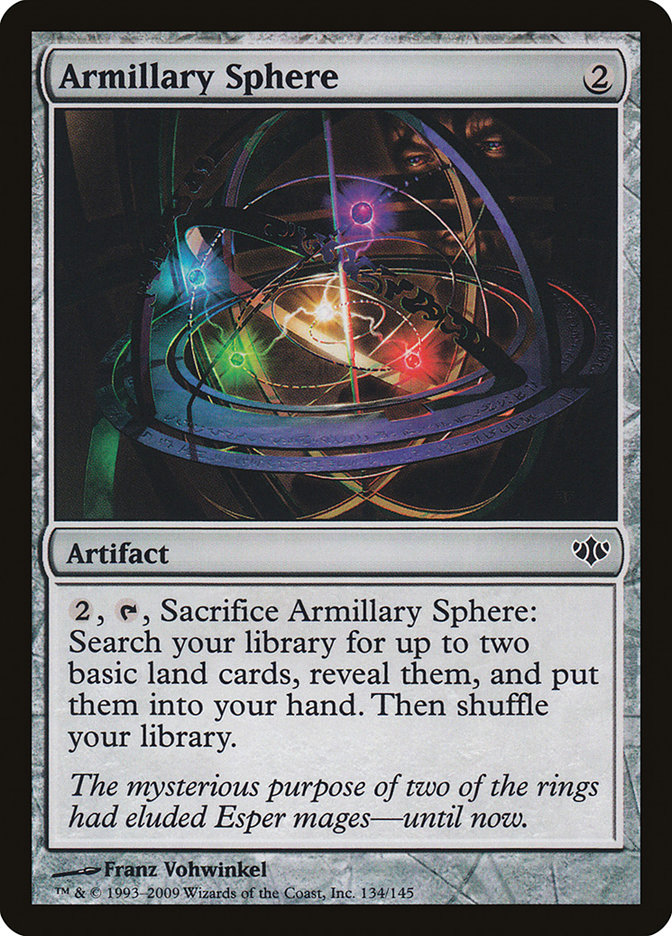
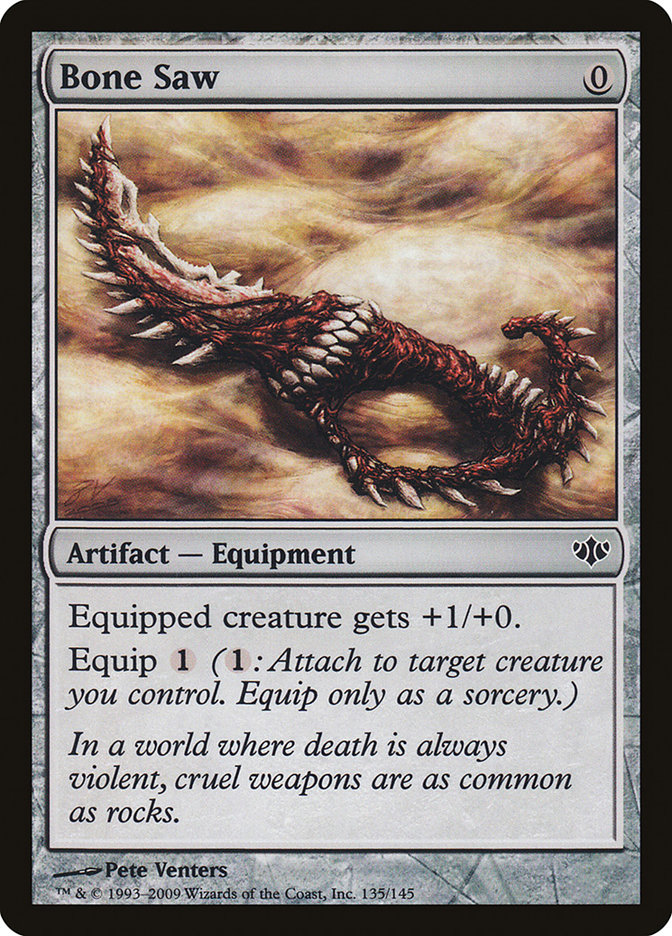
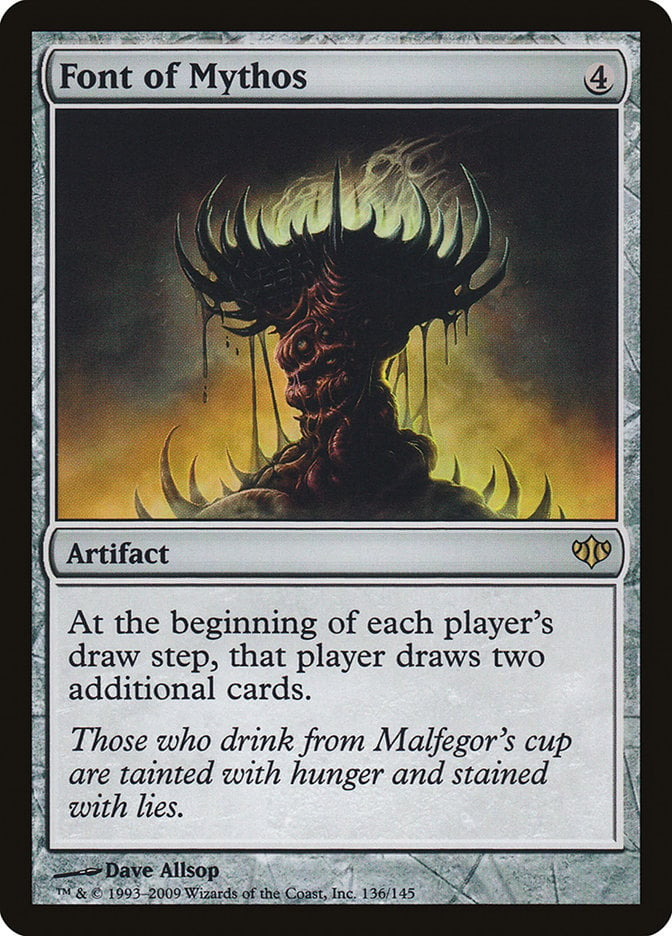
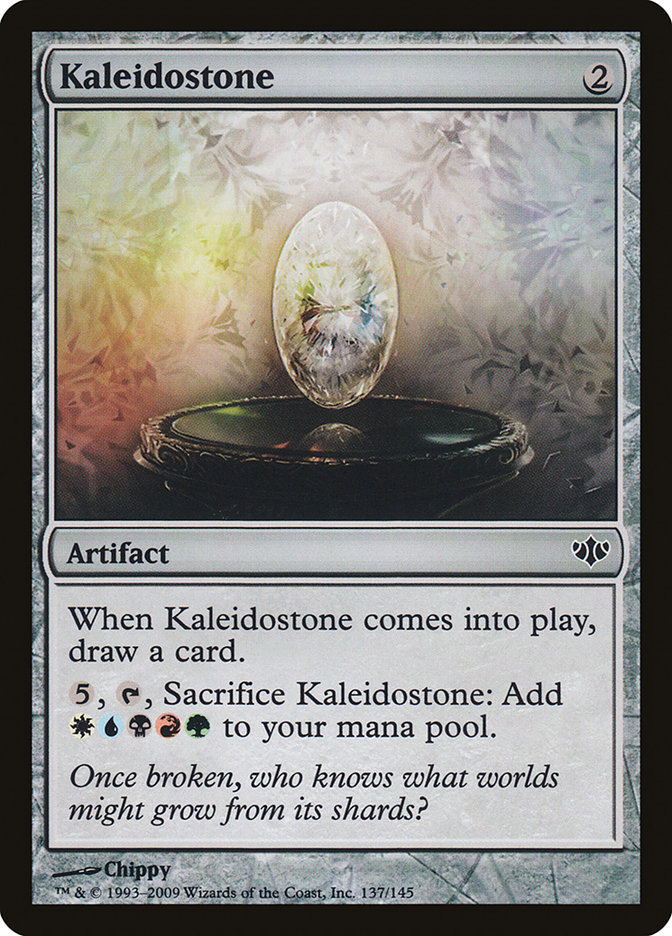
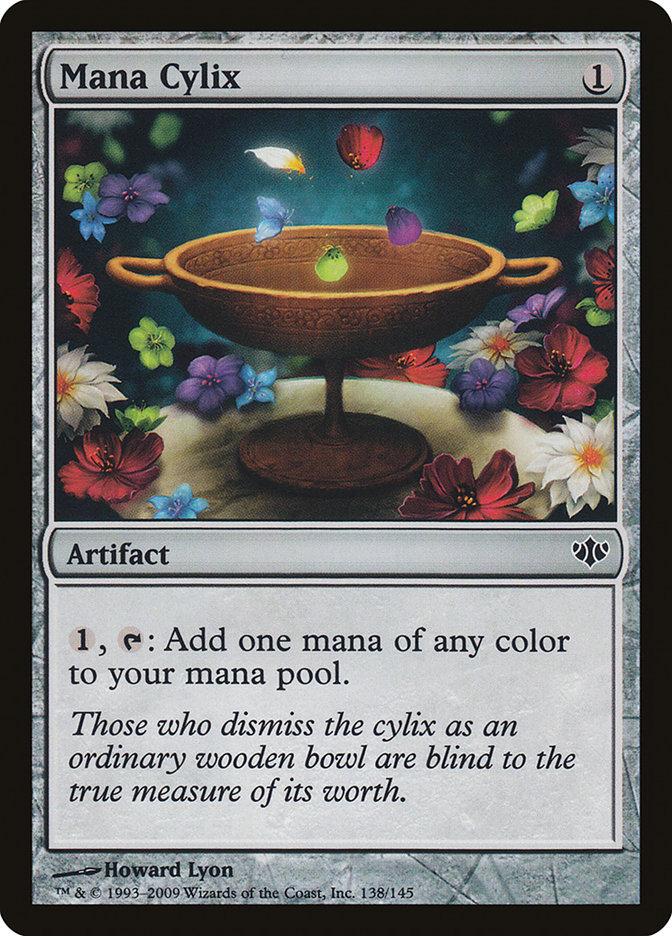
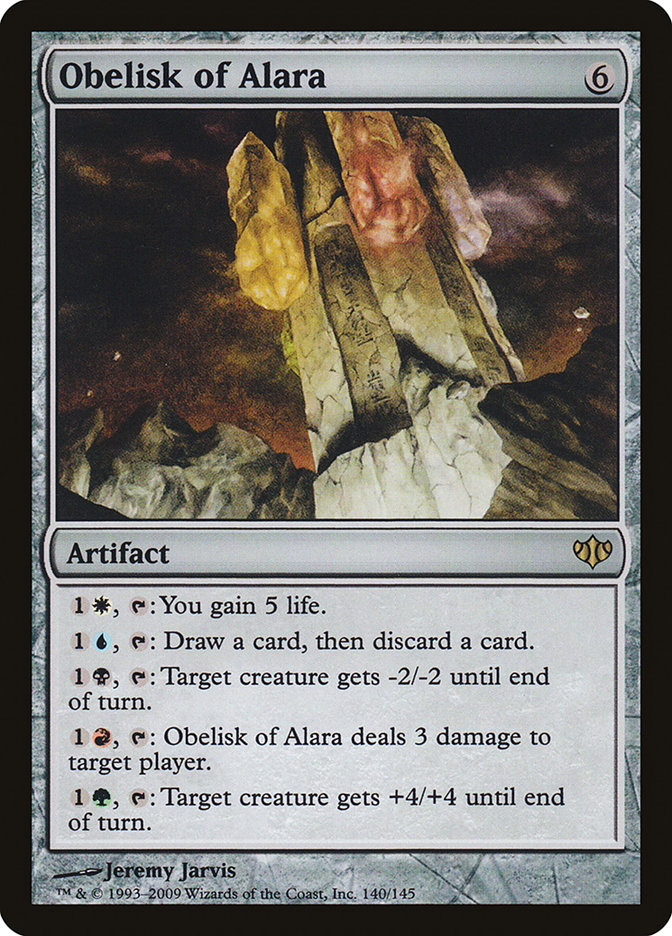
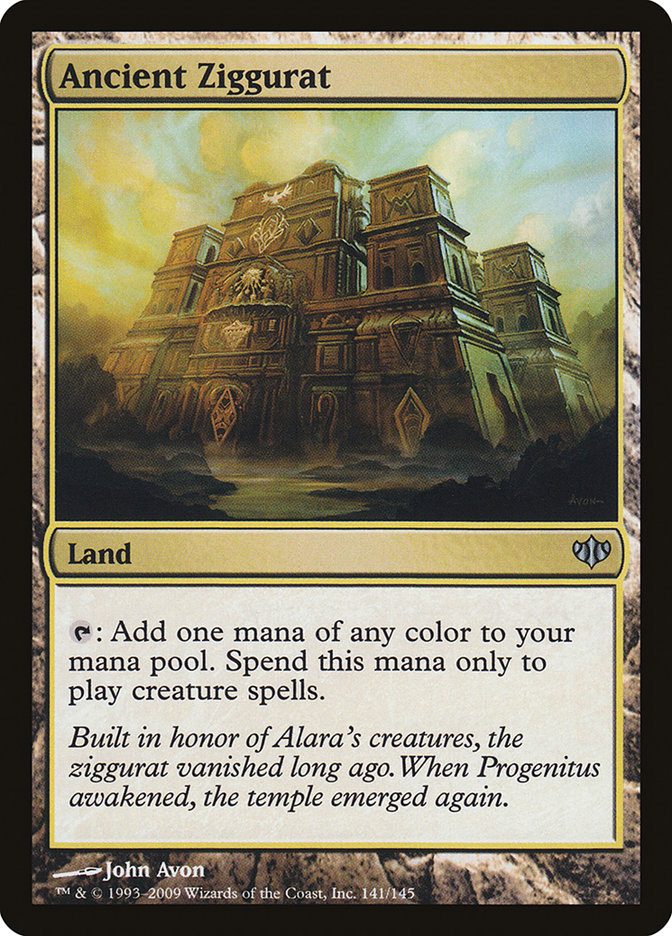
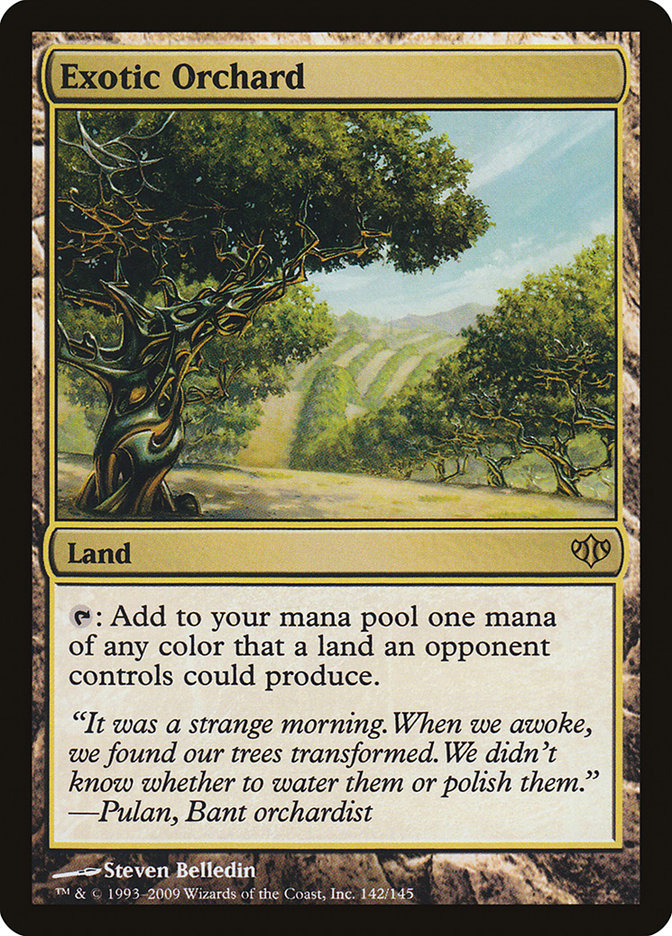

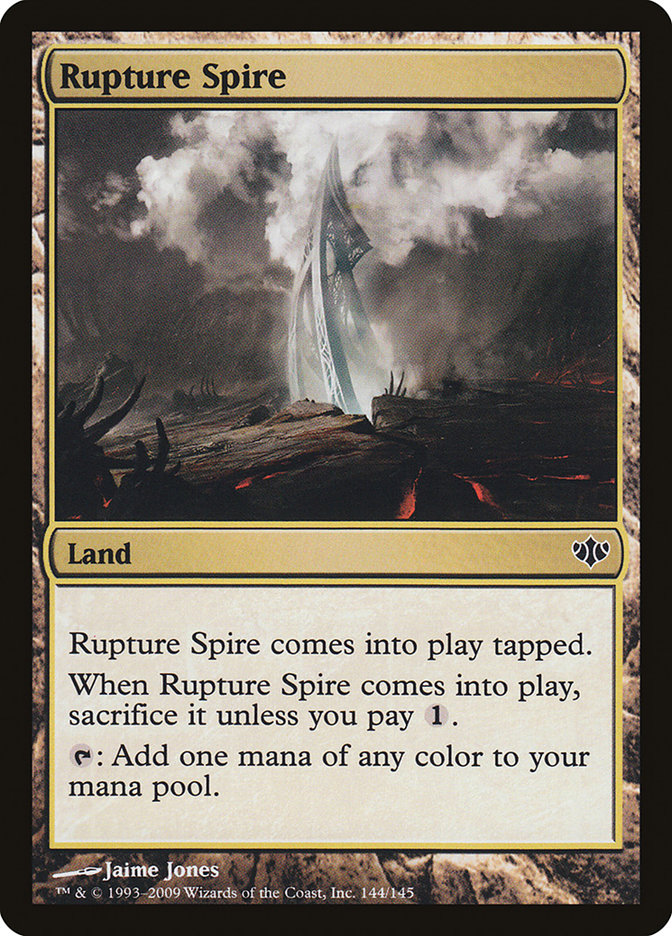
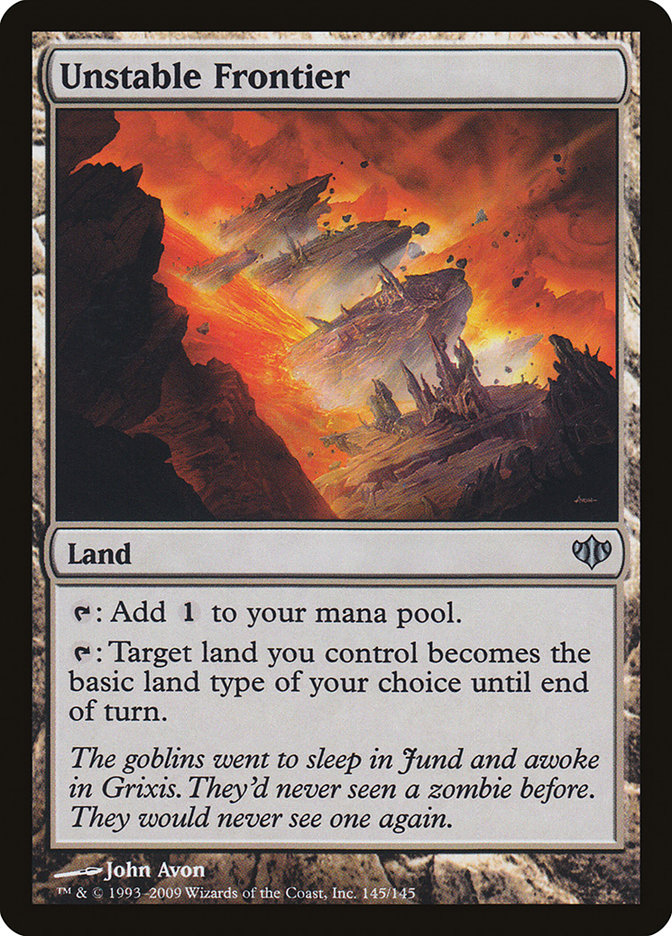
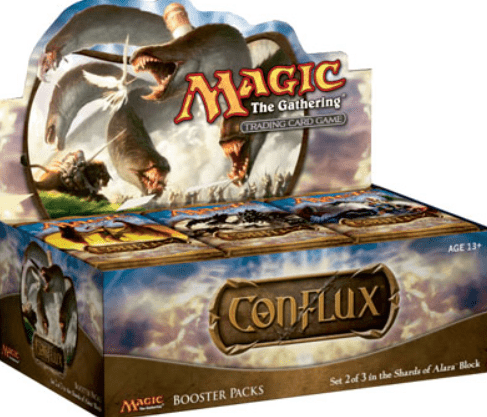

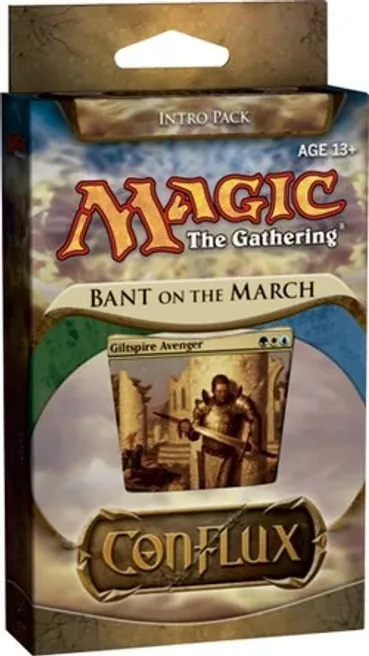
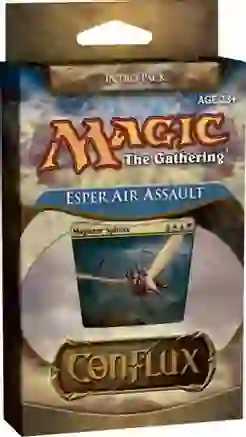
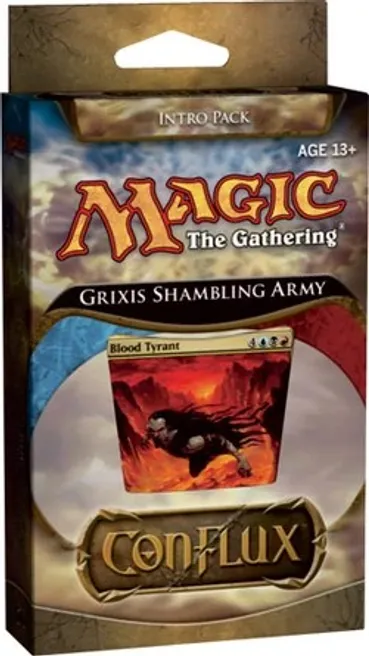
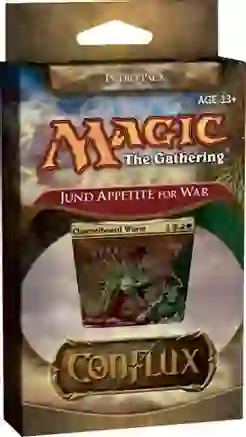
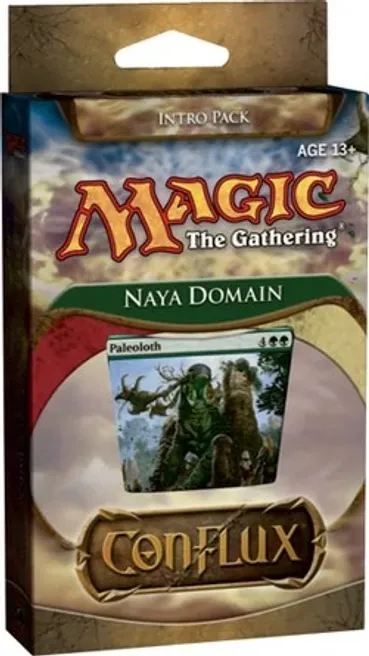


Add Comment